June 14, 2020
Martha O'Kennon
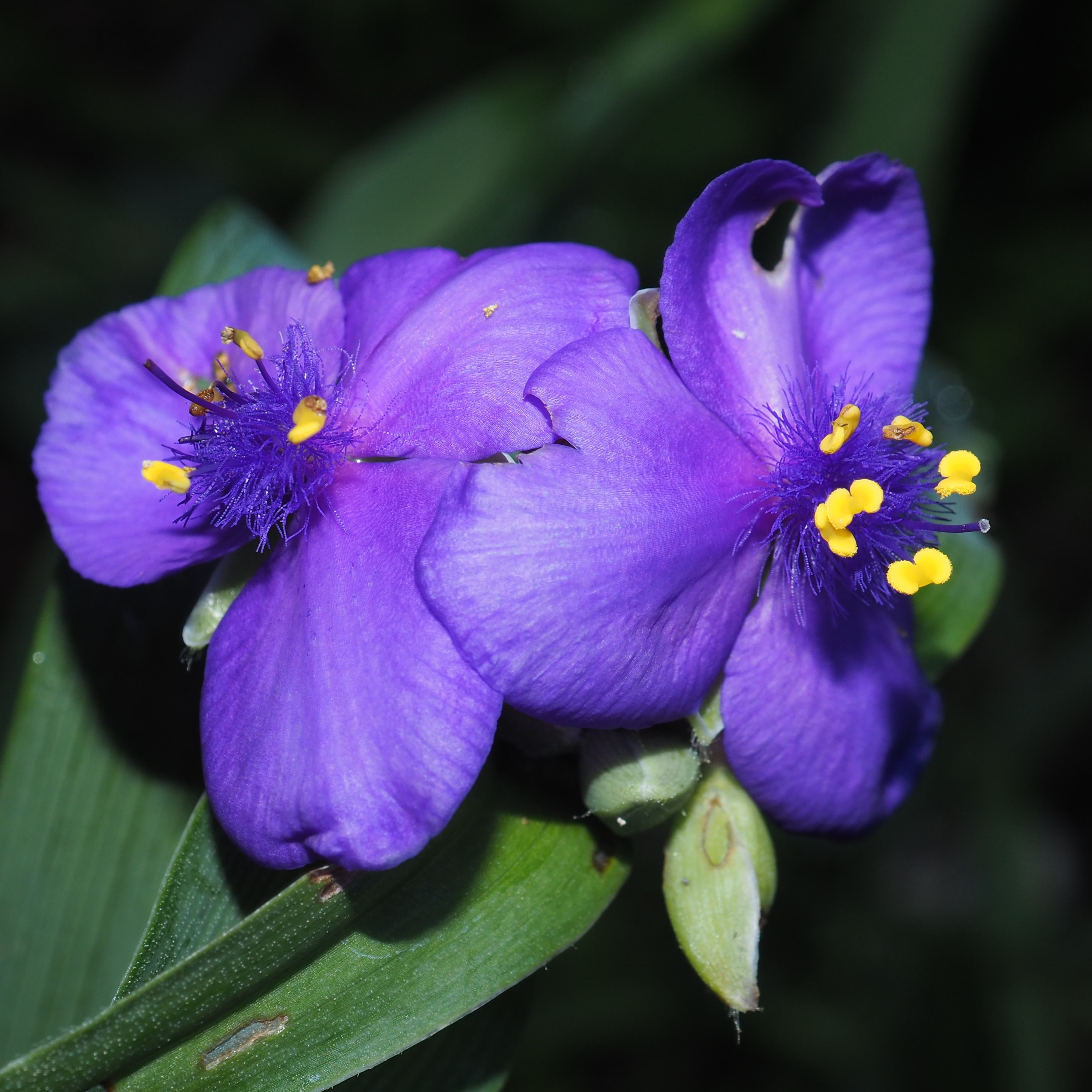
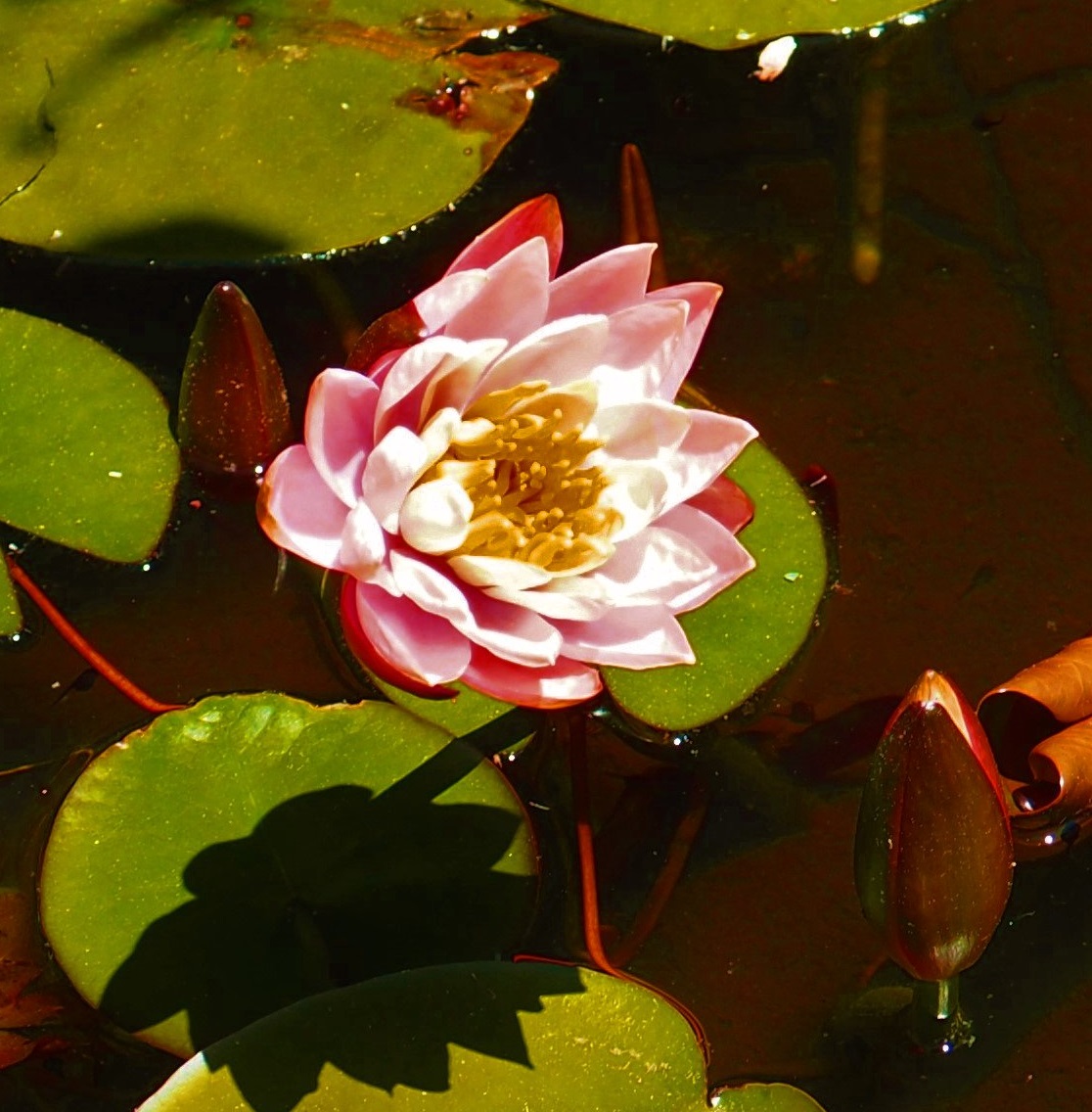
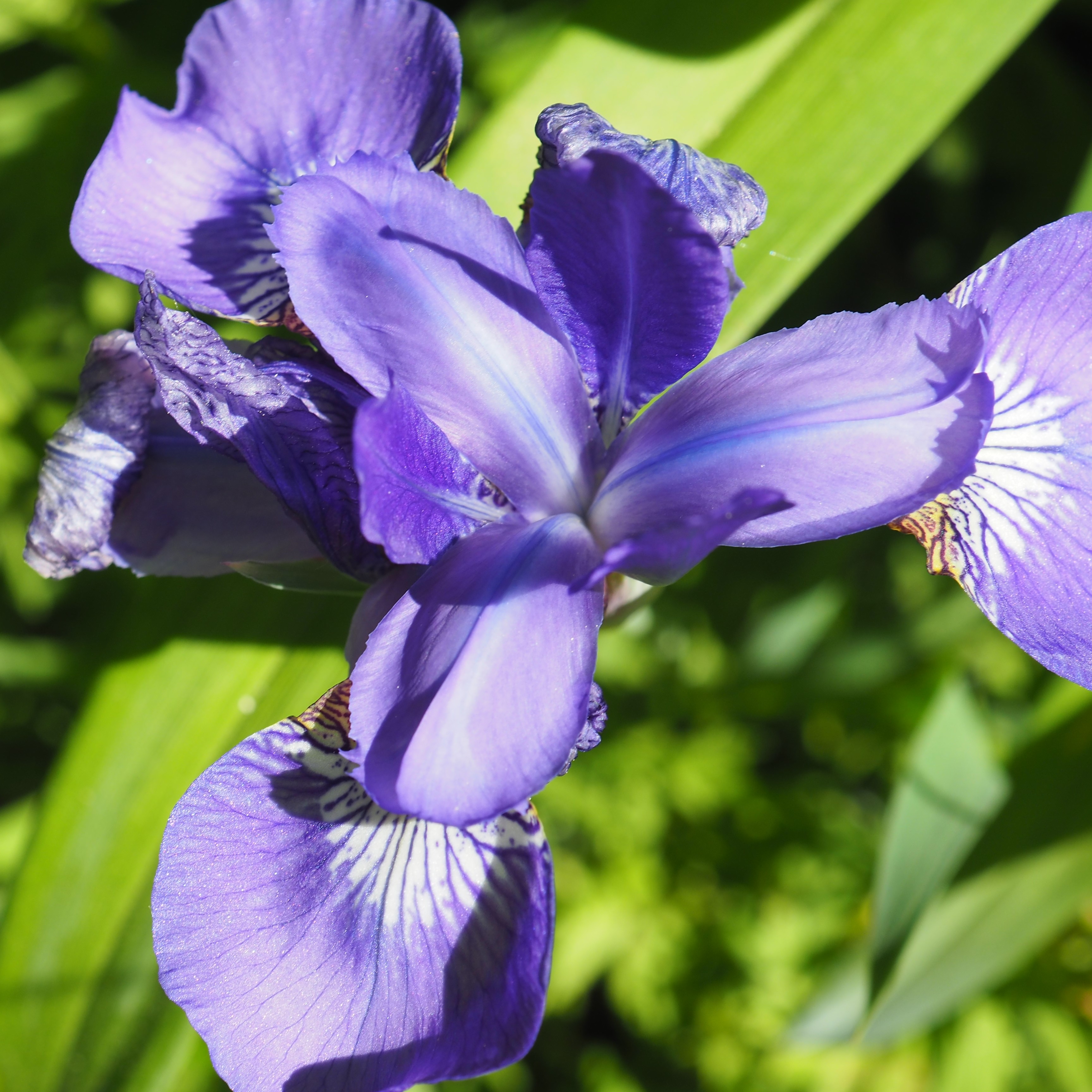
The flowers are changing the guard, I suppose you'd say. Now the Spiderworts are starting to bloom. The funny thing about Spiderworts is that they work up to blooming by noon. But if you wait to take their picture until afternoon, you are likely to miss the blossoms - and only see a bit of collapsing protoplasm. Dan Skean taught me that about 20 years ago! I also nearly missed the Siberian Iris (picture 3). Only two of them bloomed this year. The center of people's attention is usually the Water Lilies (middle picture). But actually once they start to bloom, they keep going all summer. So ho-hum? Nope. I never get tired of seeing those gorgeous flowers. Notice the two big buds beside the flower?
Remember that there is information in the name of the file for each image. You can see it by mousing over the image - look at the lower left of the screen. Or you can click on the image to get to the (usually) larger image. Then the info is displayed in the address line above. Sometimes the second click will actually display a different view of the original image.
The ants are busily working hard in their world. First is an Eastern Black Carpenter Ant in the Goutweed. More on that plant ahead. Next is another Eastern Black Carpenter, carrying a huge Beetle Grub (larva of beetle) up the sidewalk. Third - I can't believe it - is another EBC, this time tending some very early nymphs of my favorite Treehopper, an offshoot of the Two mark Treehopper.
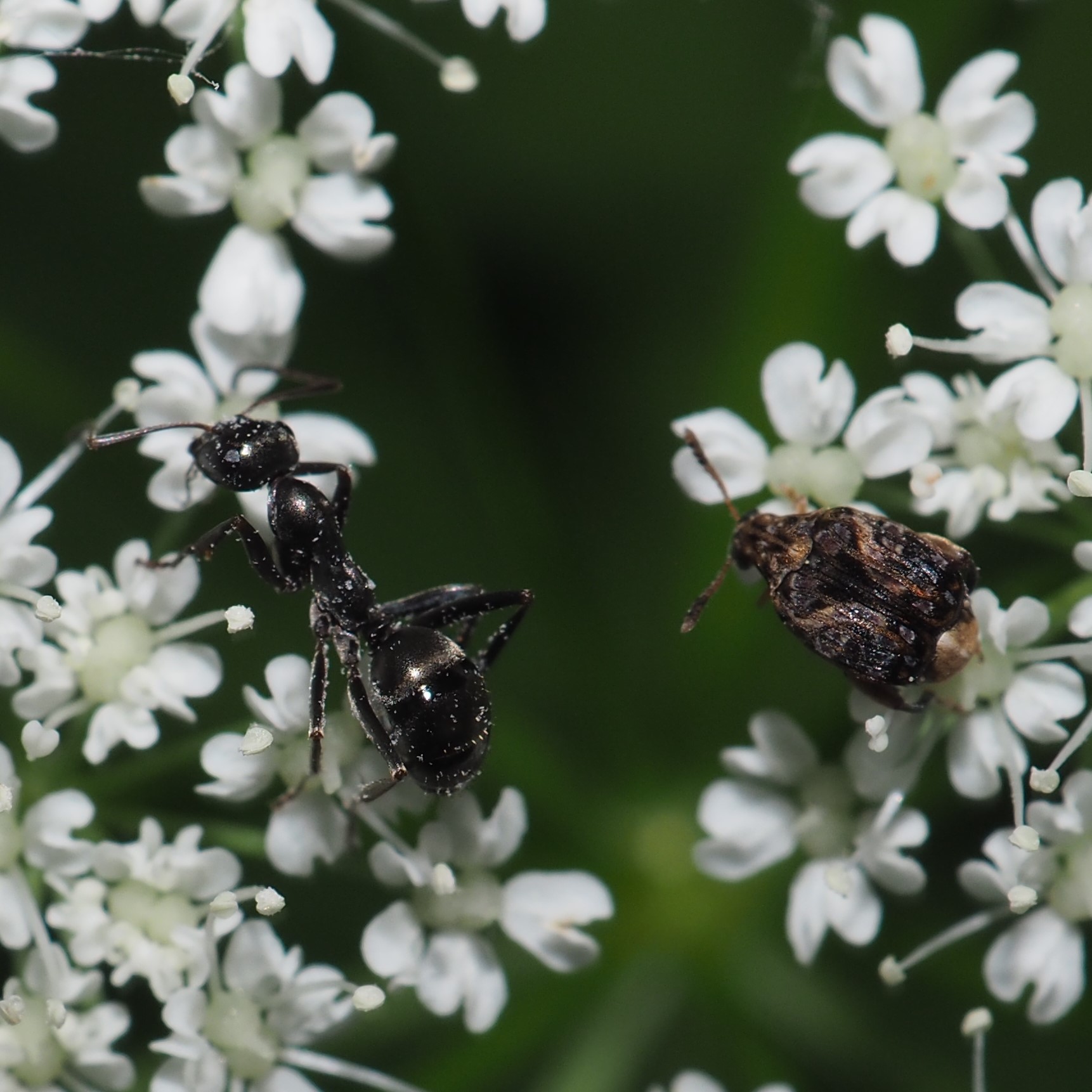
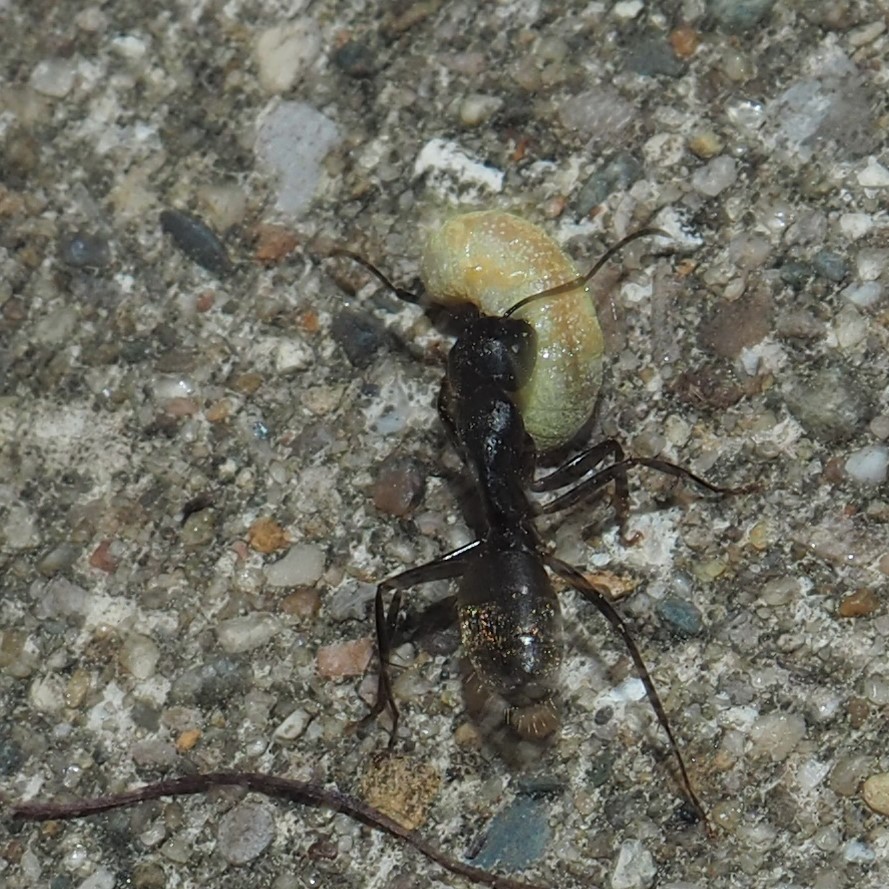
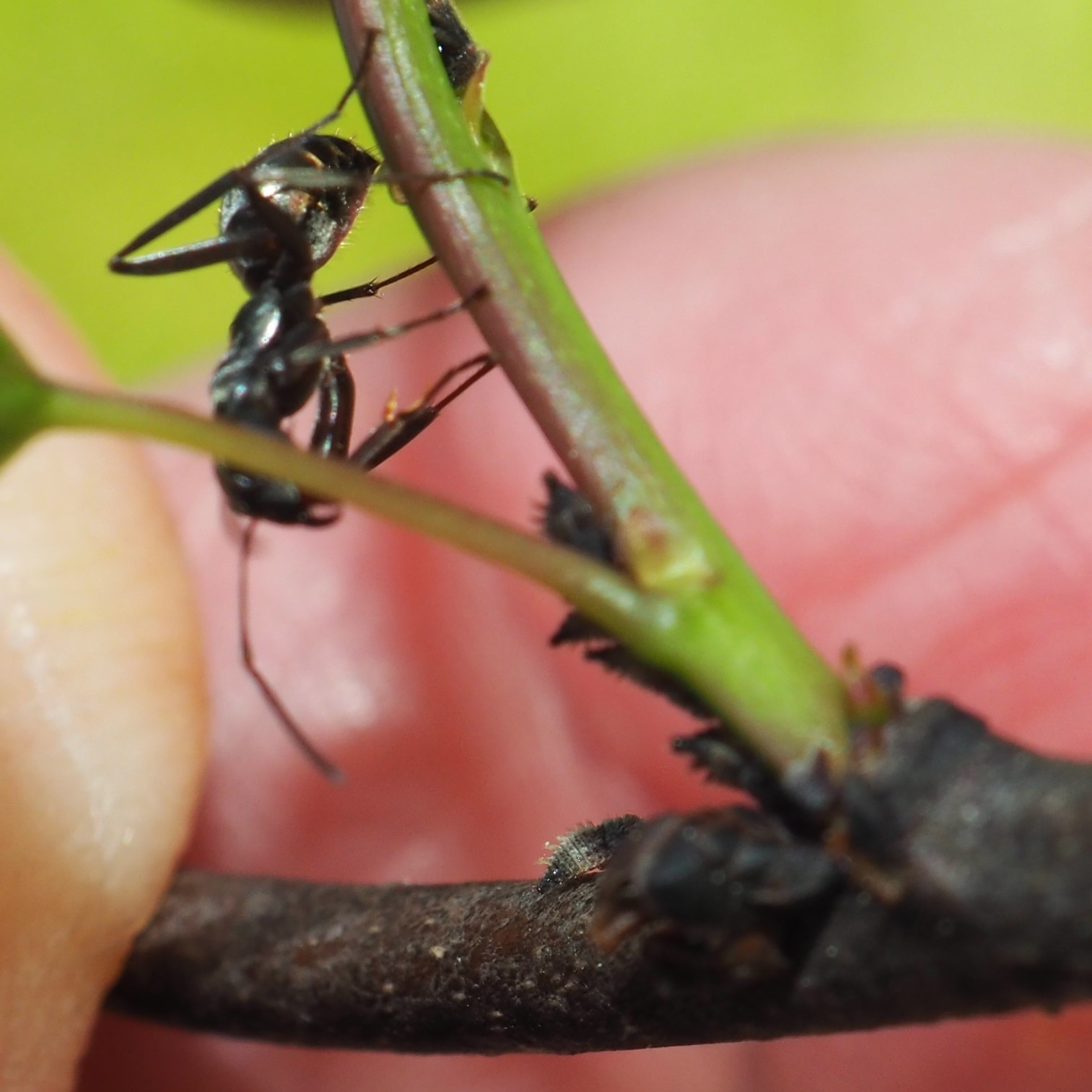
The Barklice are all over the shop siding, especially different kinds of Adults. Most are Graphopsocus cruciatus. They are the ones that grew from nymphs on the East Wall. All their nymphs have now morphed into adults. We're also seeing adult Valenzuela flavidus - we had a lot of them last fall. But there have been several other kinds. This brownish-black stranger is one of them.



Every day I check on the little nymphs that we first saw on the North Wall on May 17, almost a month ago. They are a bit hard to find sometimes. Some days it will rain hard, other days I'll find a tiny Spider near them and one day I found a Cobweb Spider who had made a wrap out of one of them. On June 10th, there were three on Panel 1 and 3 on Panel 2 (picture 1). But yesterday morning (June 12th) I only saw one on panel 2, and none on panel 1 (picture 2). Look how fat the nymph has grown and how large and long its wings are. It should be on the verge of morphing. Picture 3 shows that little yellow-eyed nymph is still hanging in. I think this is the only one of its kind.
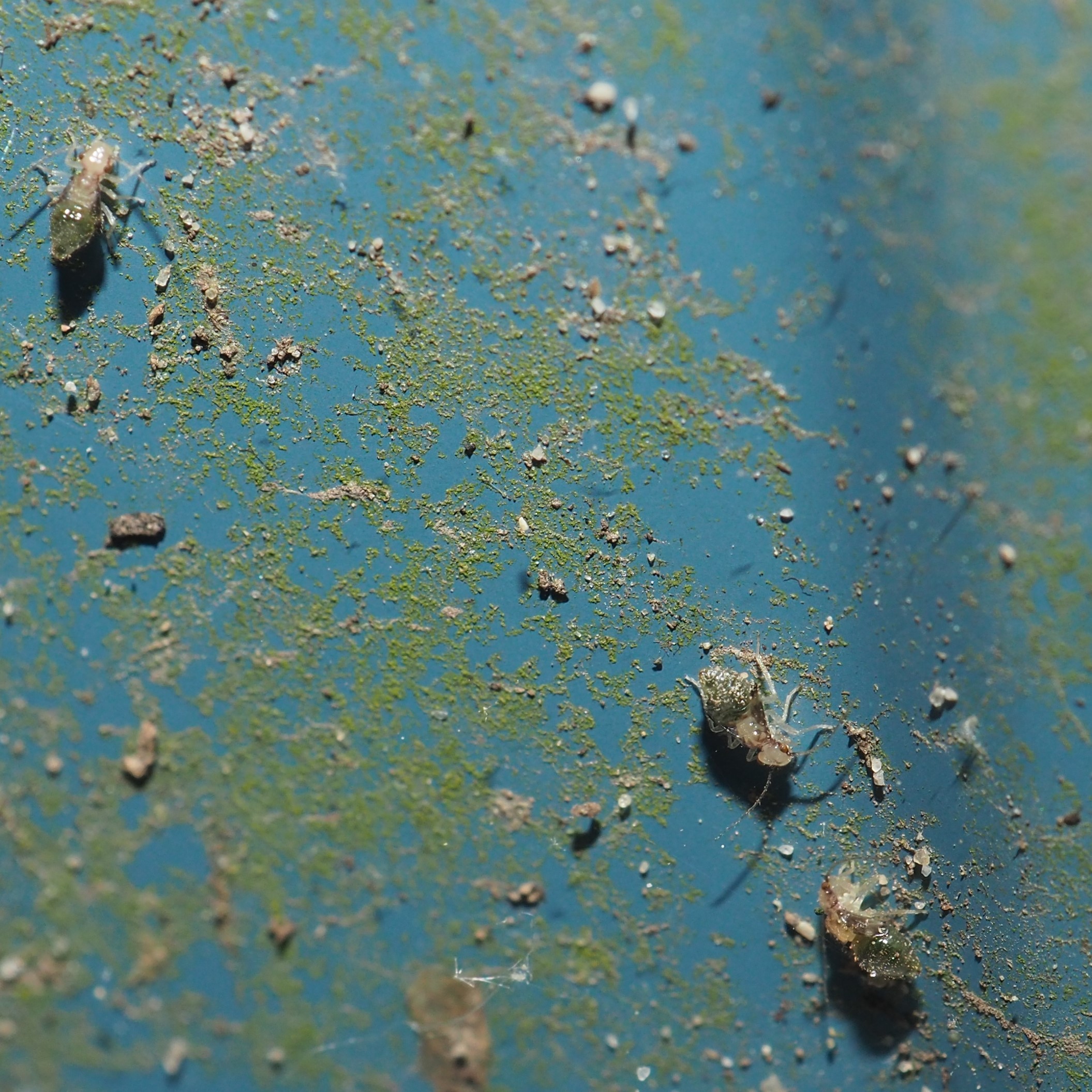
 6 12 20 1.jpg)
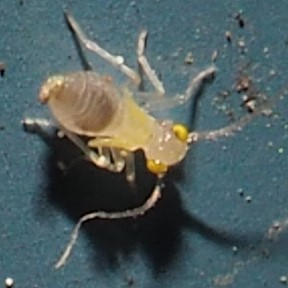
The animation shows the last of those Panel 2 nymphs deciding to retreat to underneath the shop. It stops along the way to snack on the grunge on the wall.
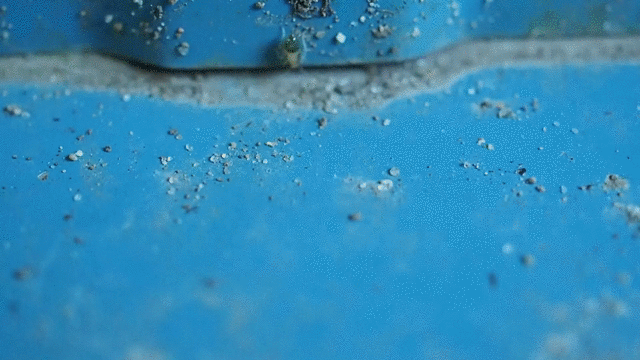
Bees are a-buzzing. They love the Goutweed and also the other white-clustered flower - Heliotrope. One clue to spotting Andrena genus Bees is that if you look at their faces, they are wearing a mask with two white vertical stripes (picture 20). They also collect pollen on their hind legs. The last one is a Western Honey Bee. It looked redder and smaller than the ones we had on the spring flowers.
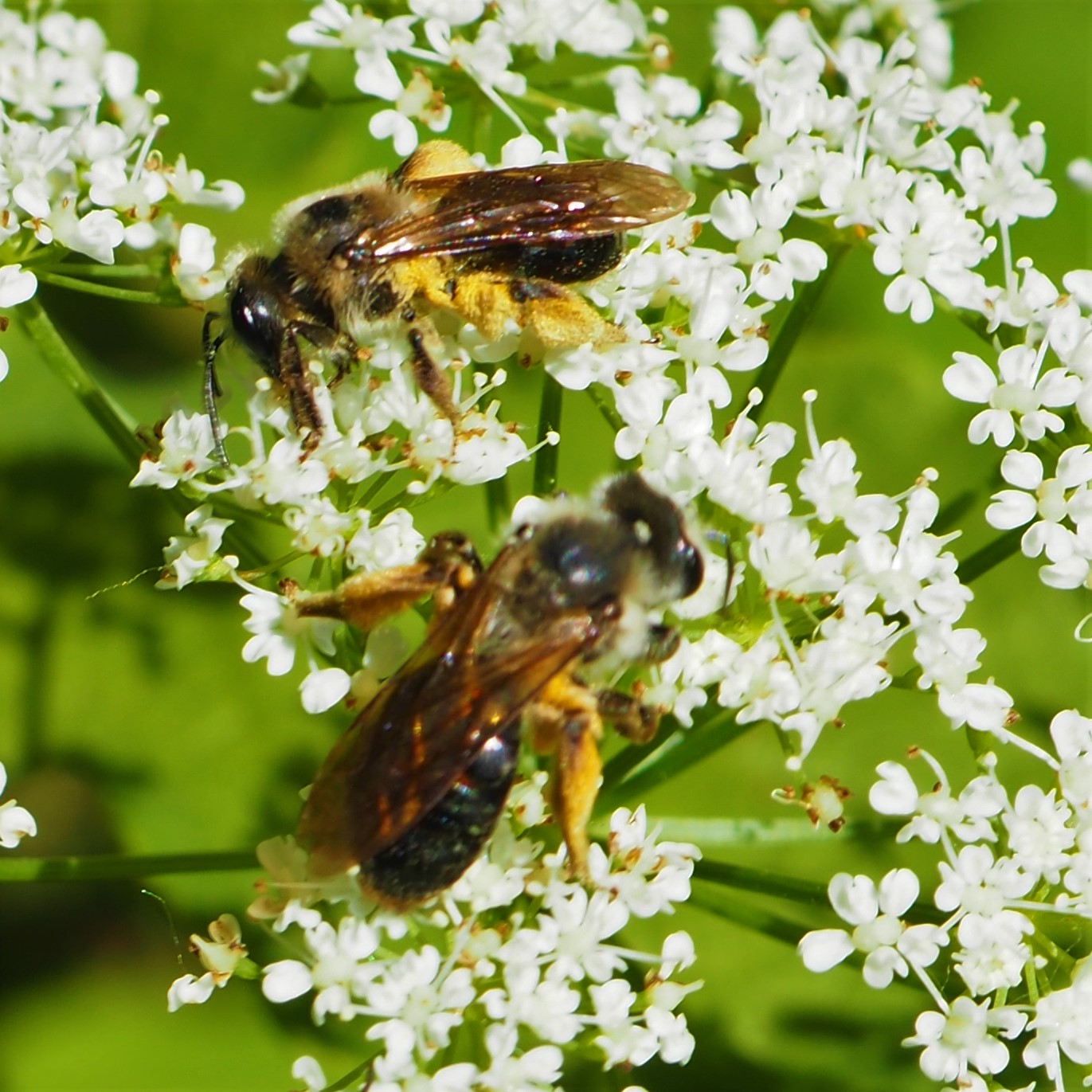
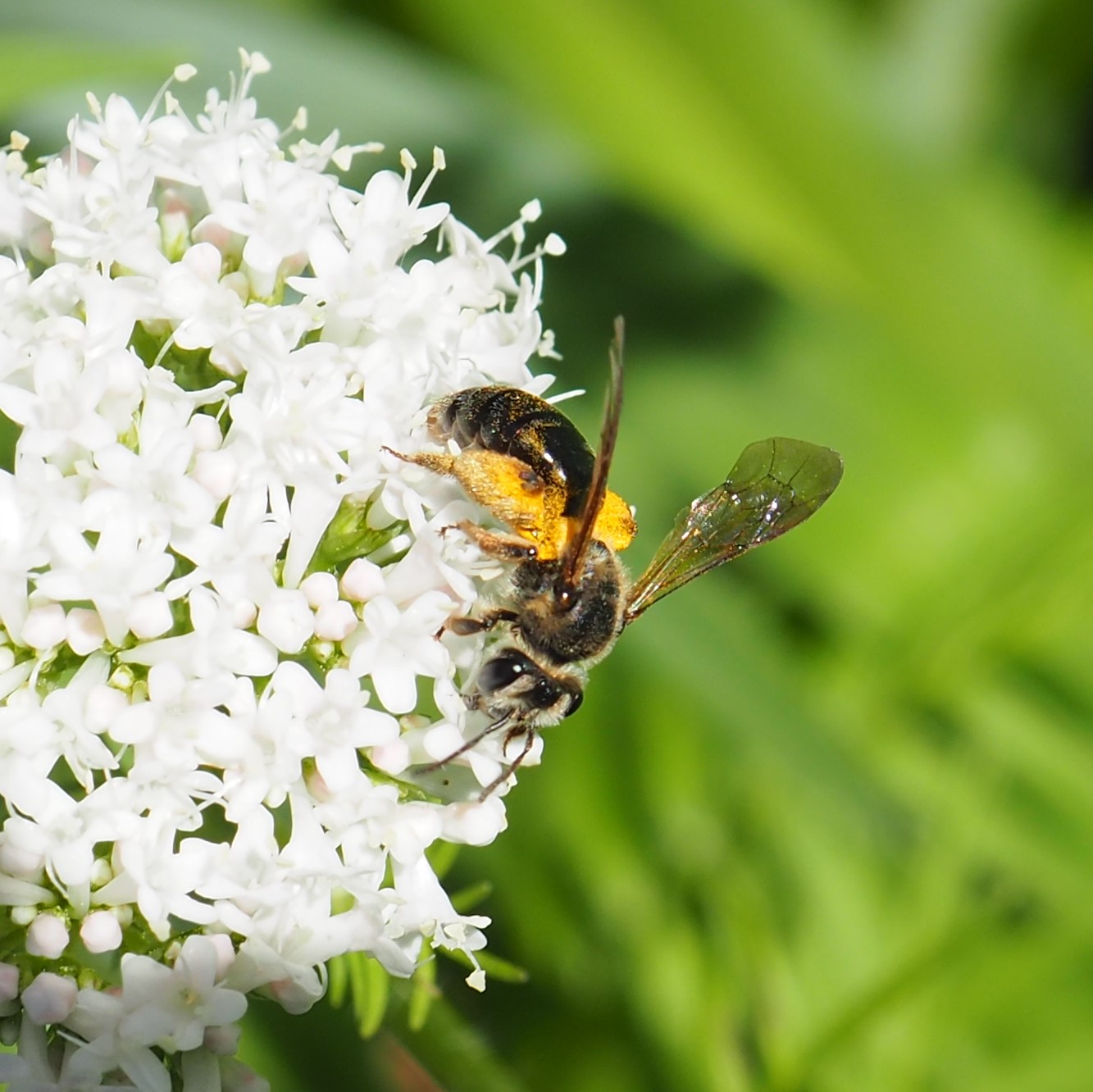
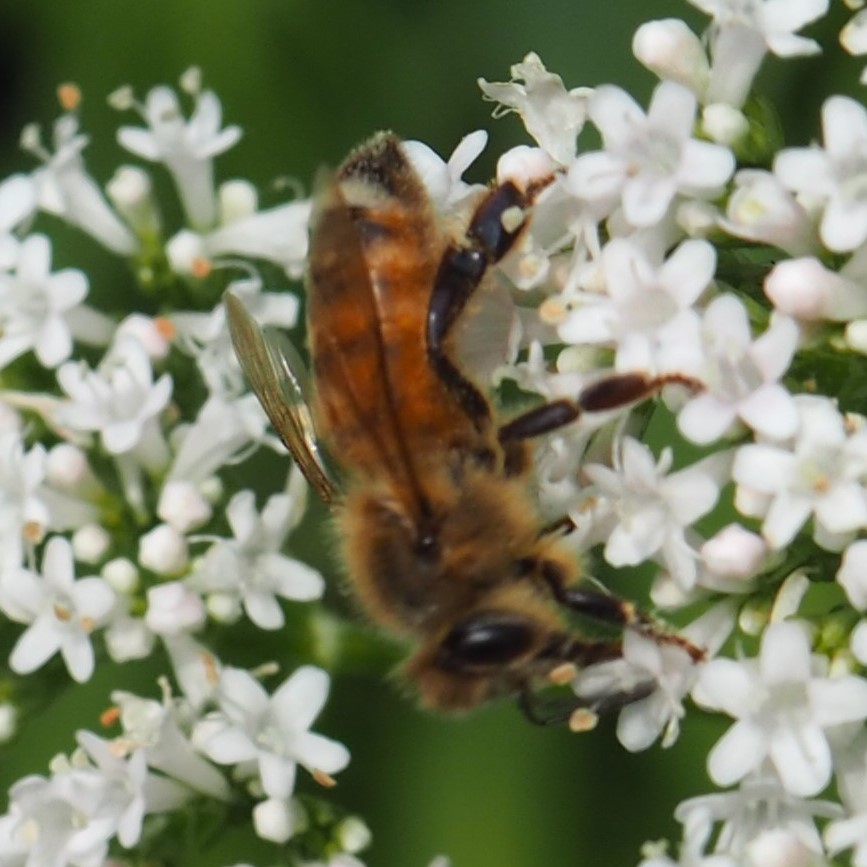
Here are two striped Bees. I don't even know if they are the same or different species. Third is another unknown bee. I wonder if it has even spotted the cleverly camouflaged spider to its right, almost right up its nose. I didn't until I was checking the image.
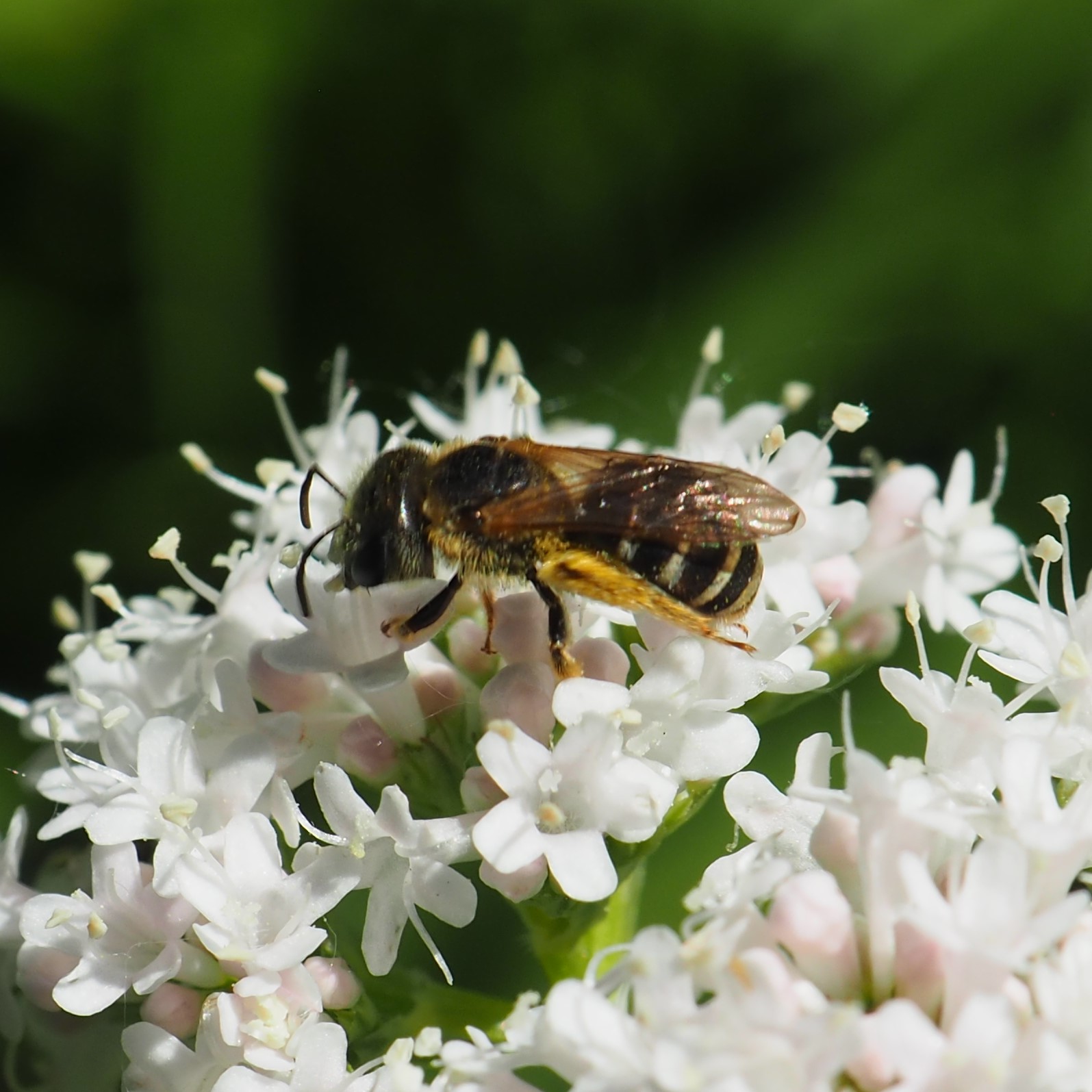
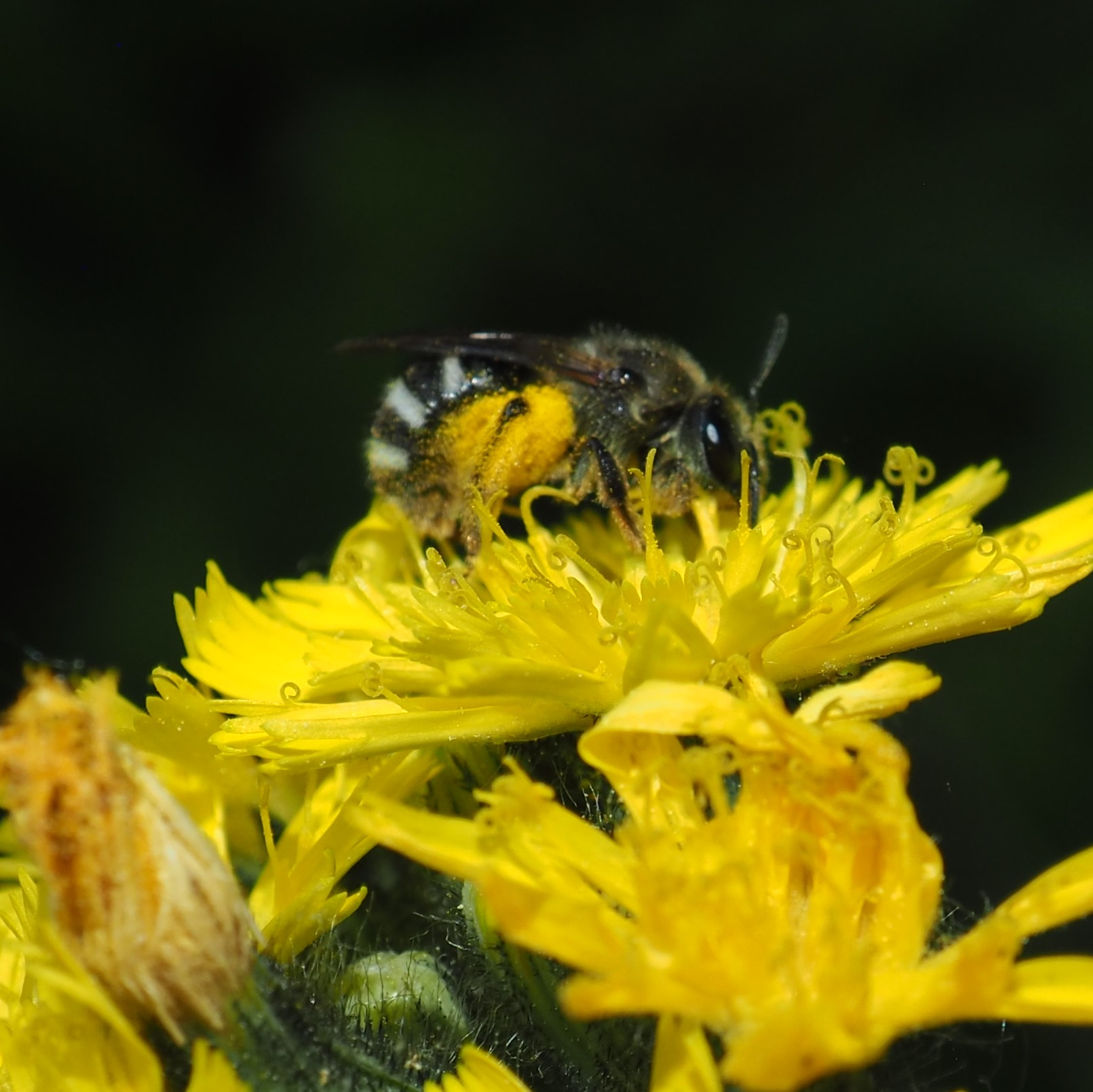
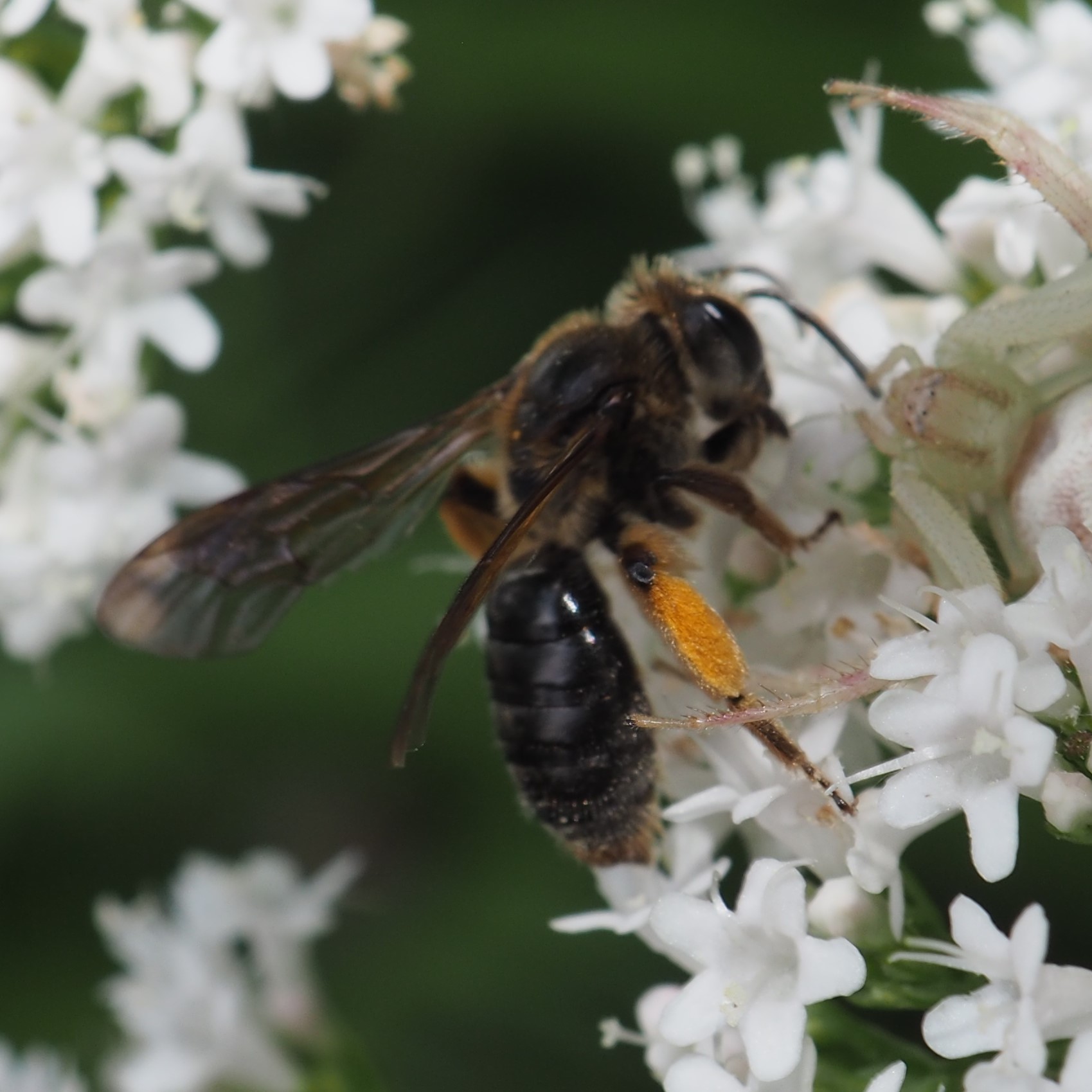
Another mystery Bee. The middle and last ones show a Modest Masked Bee.
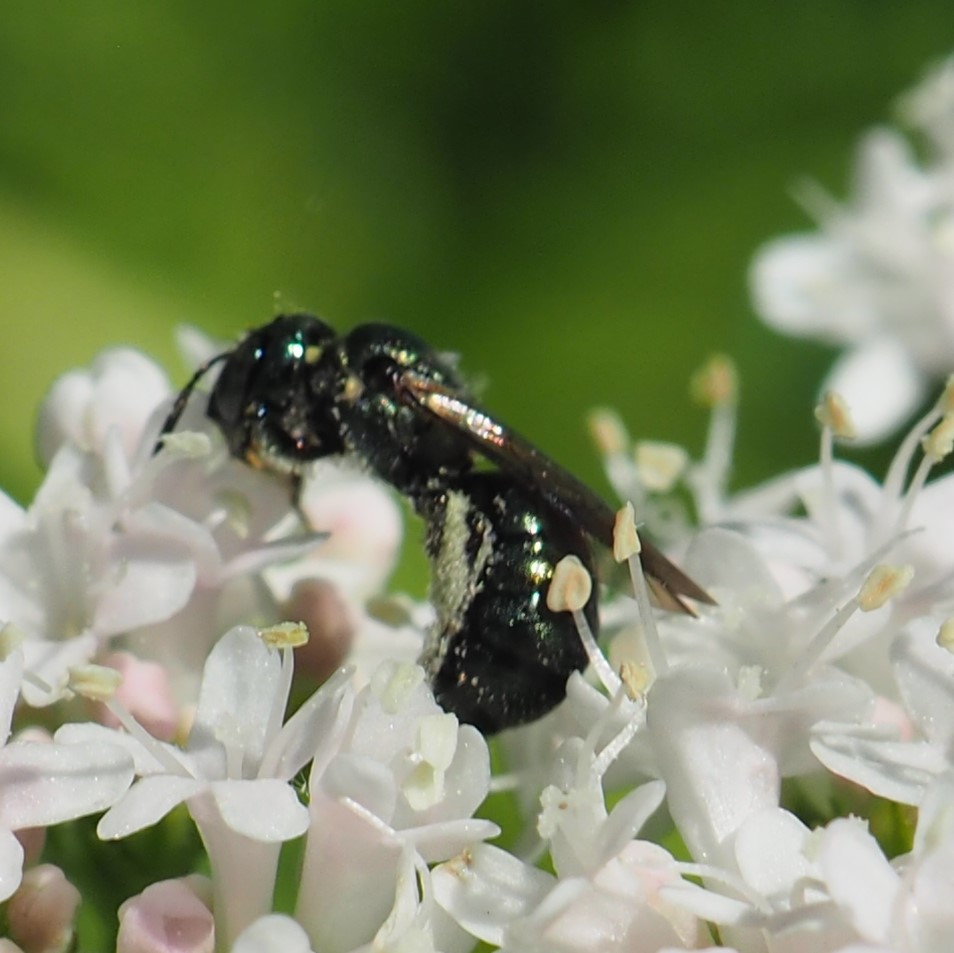
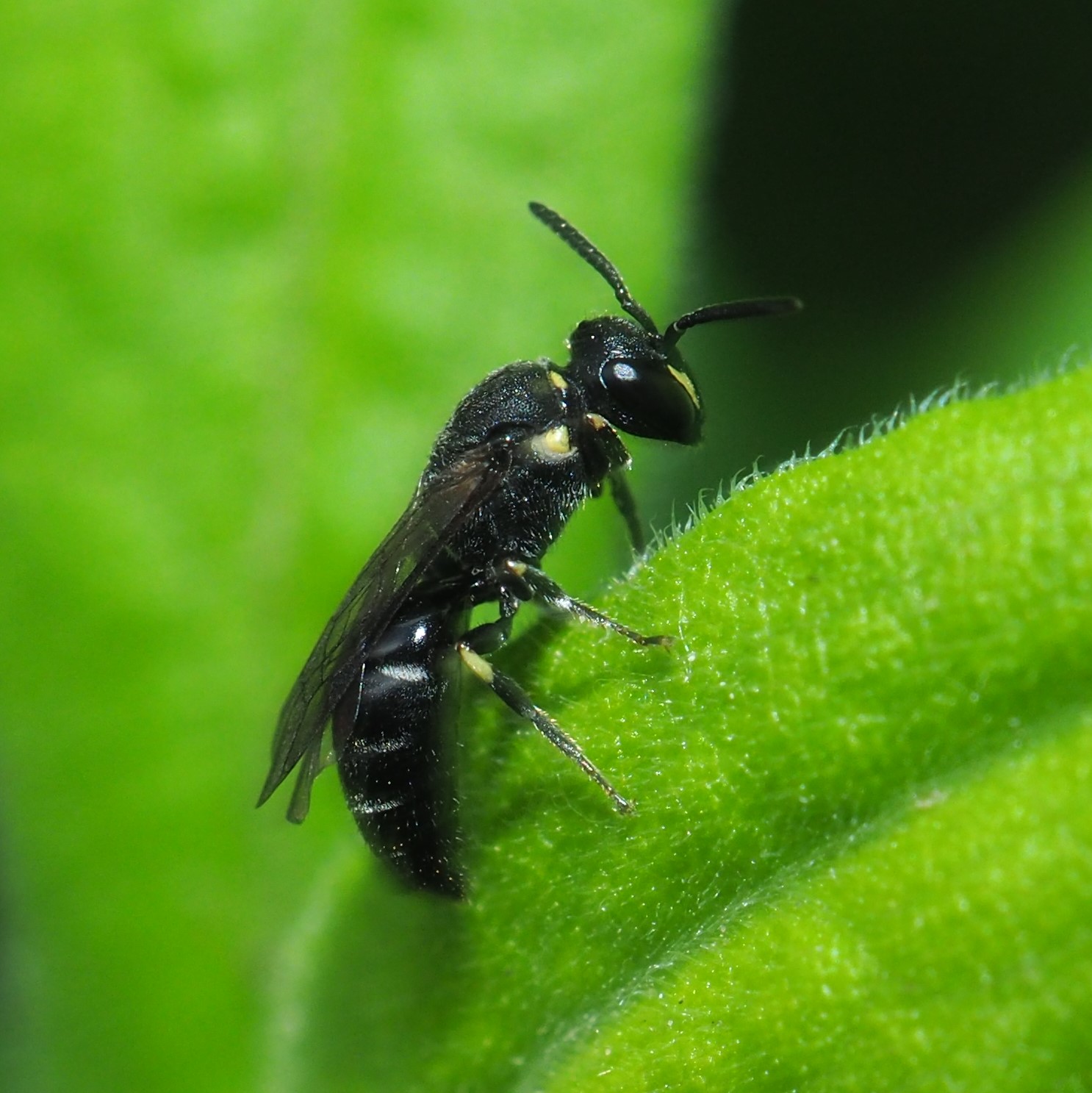
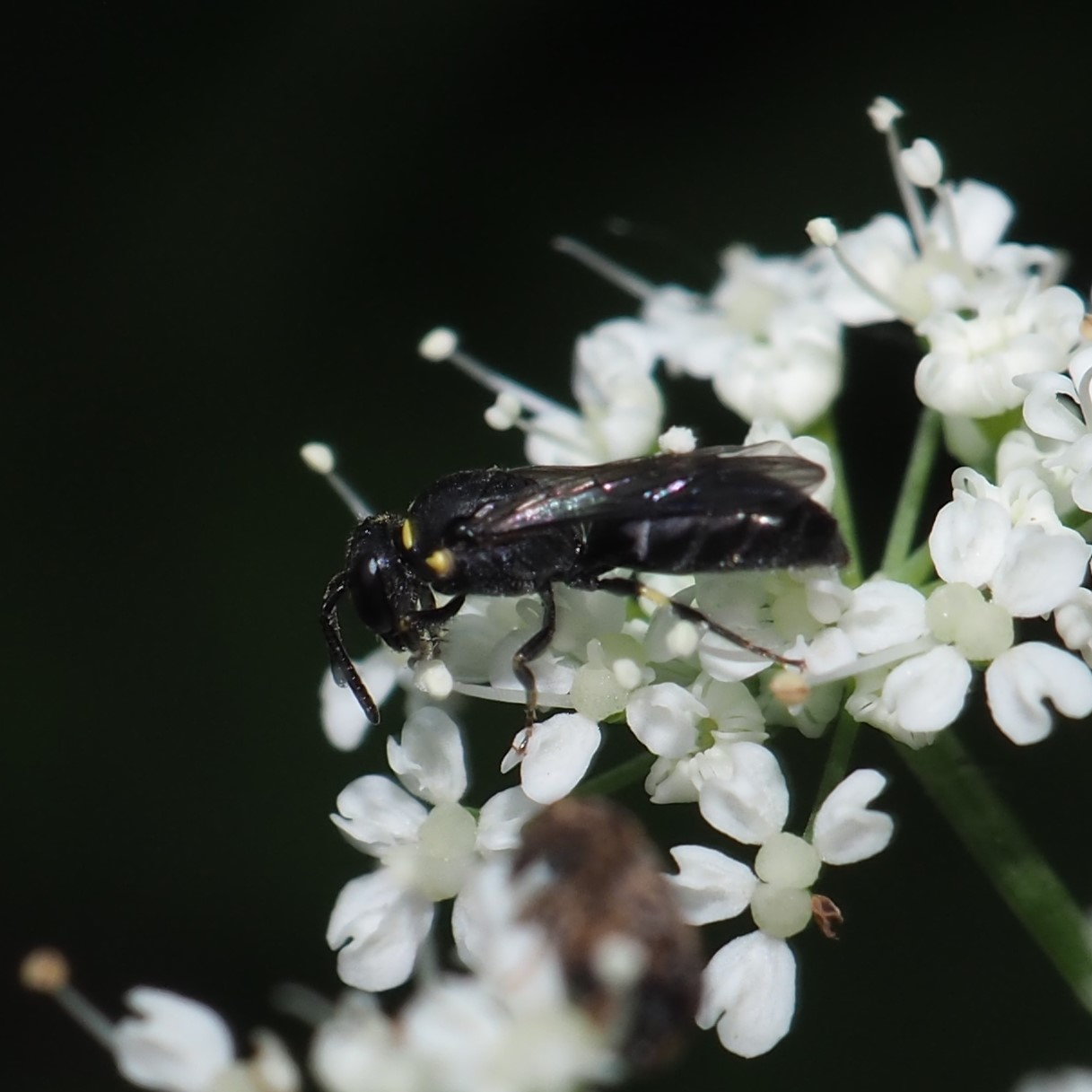
THIS member of the Nomad Bee genus is one of my very favorite bees - it is purplish red (always a good start) and always arrives at almost this exact moment each year. Well, the second picture shows one on the Forget-me-not in 2019, that was May 22, so I may have exaggerated a LITTLE on that. Still it is one of those bees that is not always around. Third was yesterday - back to the future. I have shots of it in 2017 and 2018 too.
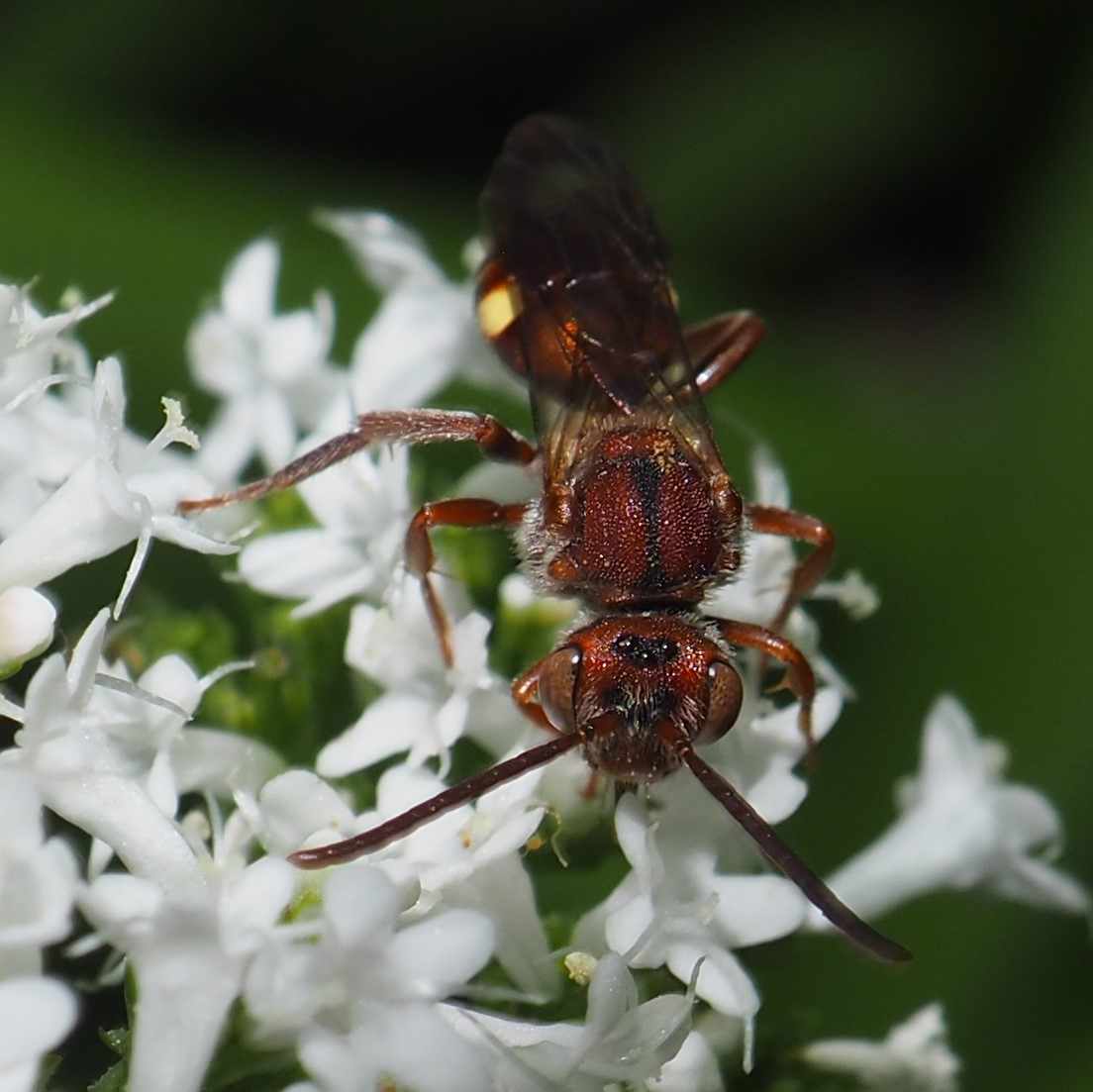
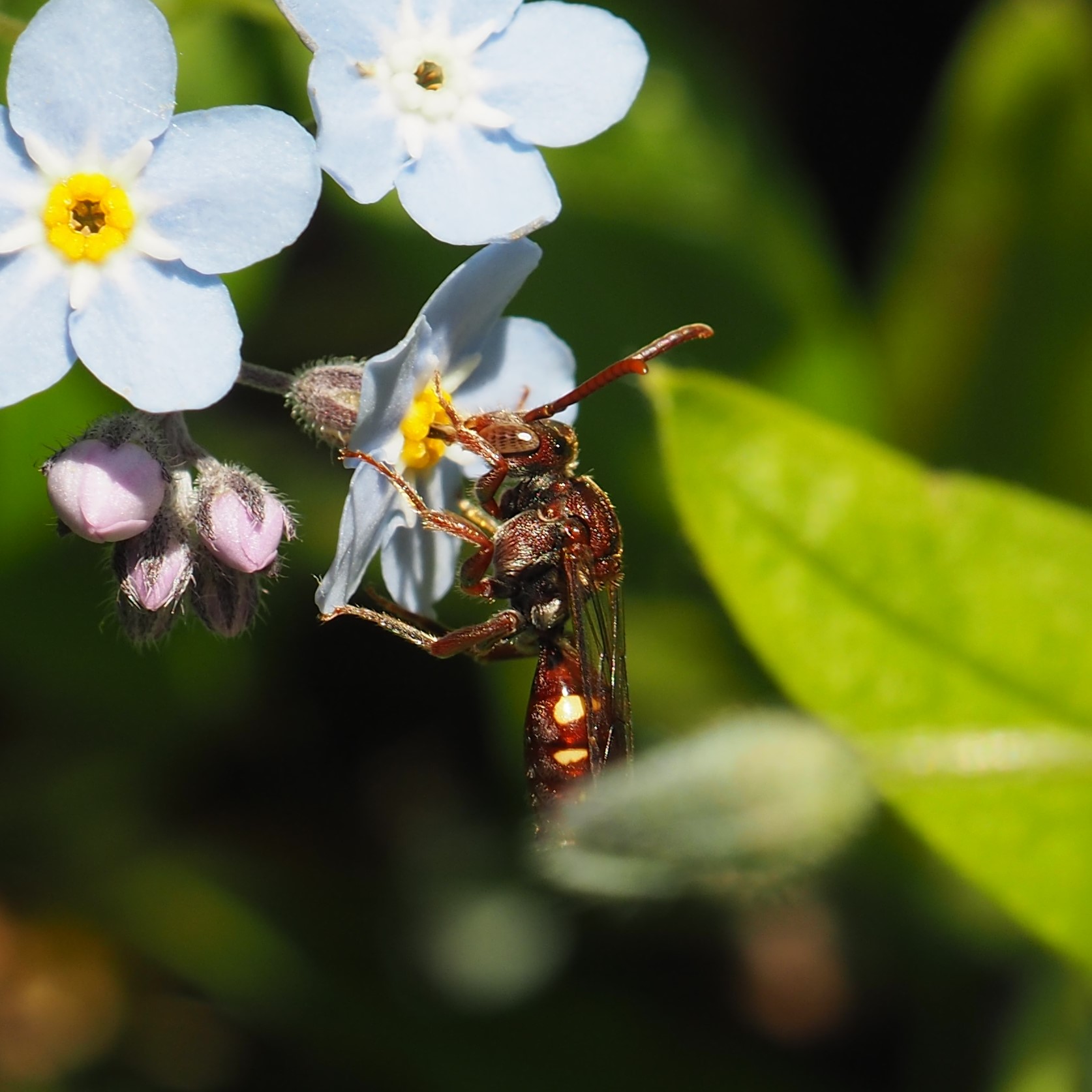
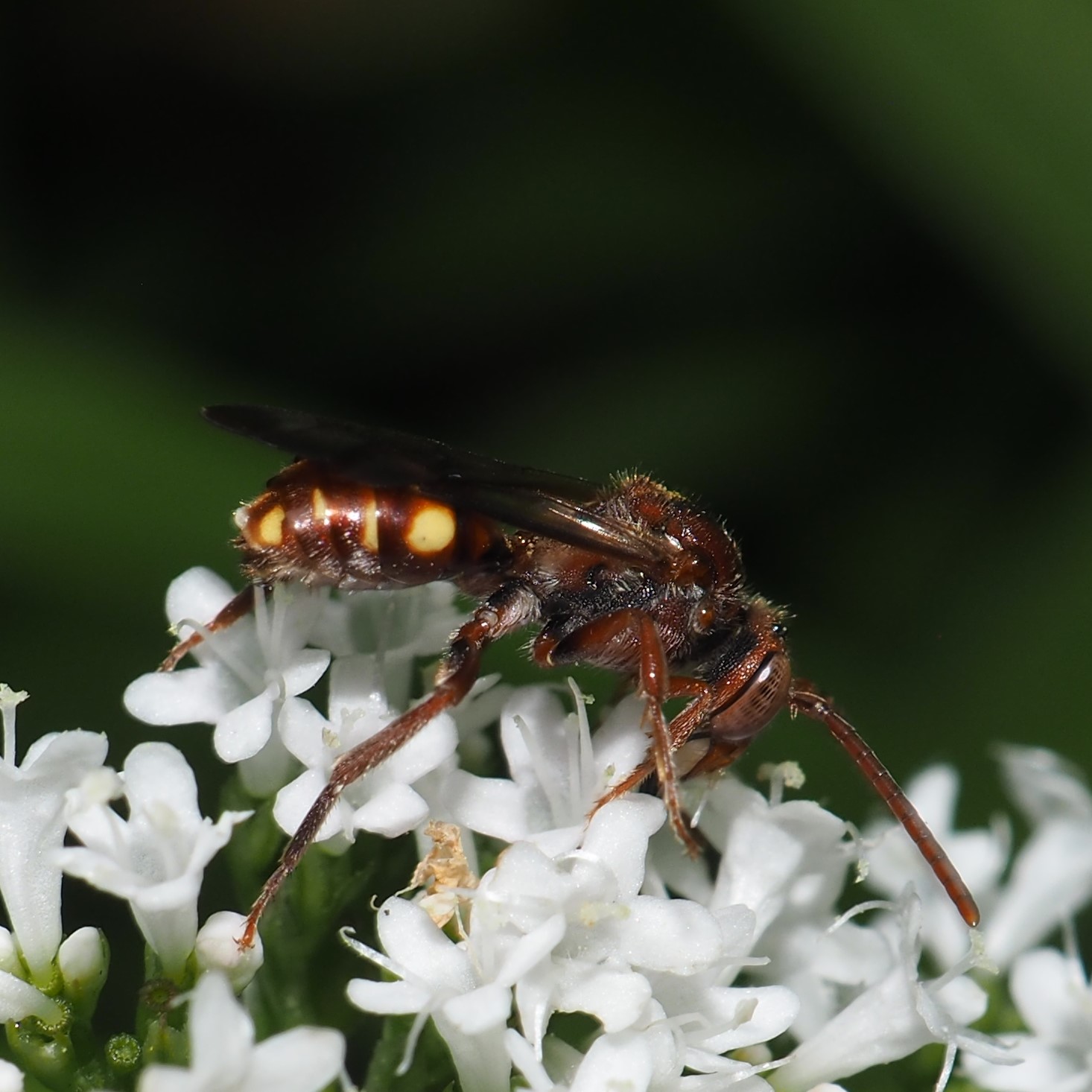
The Baptisia is a big attractor for Bumble Bees. But usually they don't let you get close enough for a decent shot. This one had really bellied up to the bar. The ID app at iNat says this is probably an Eastern Carpenter Bee.
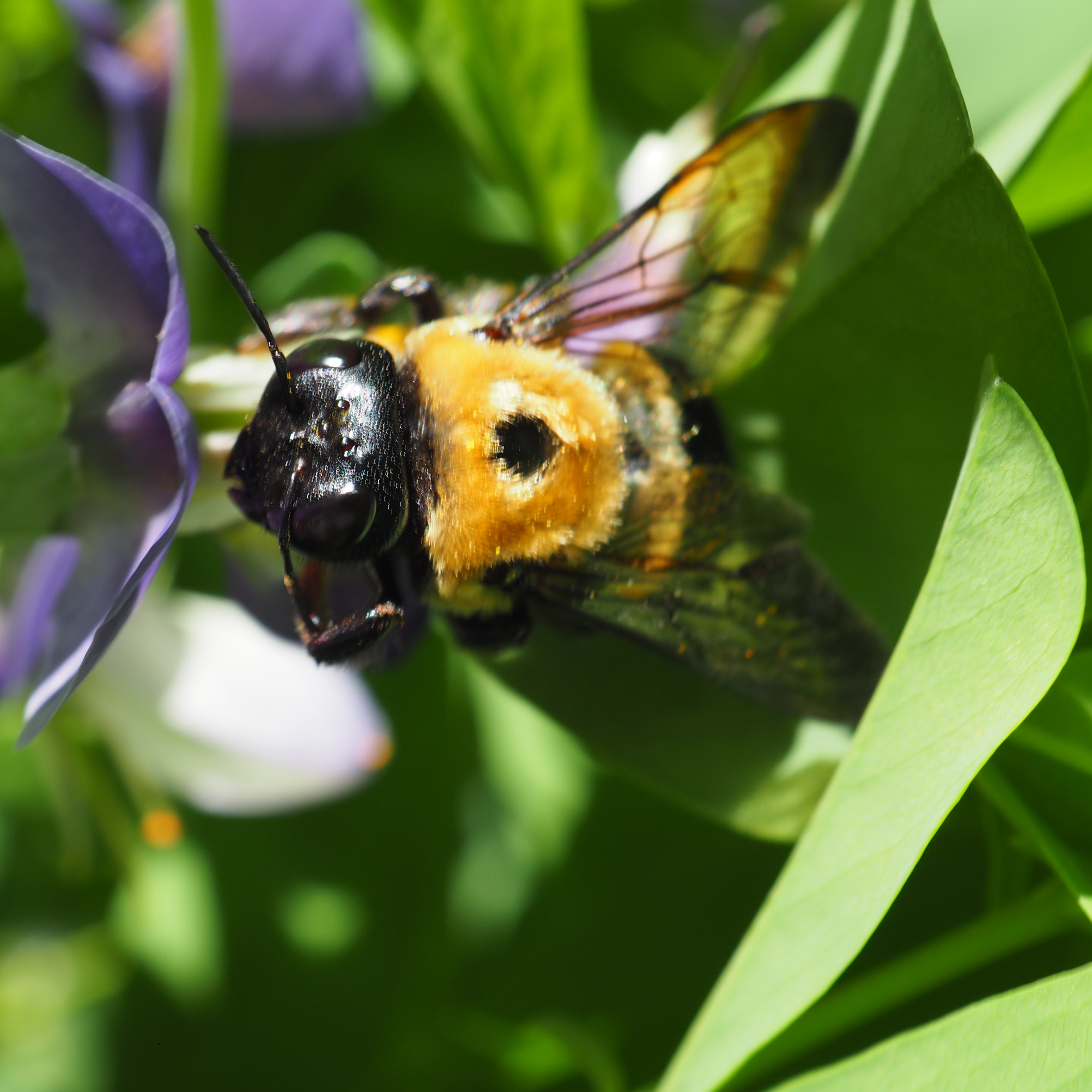
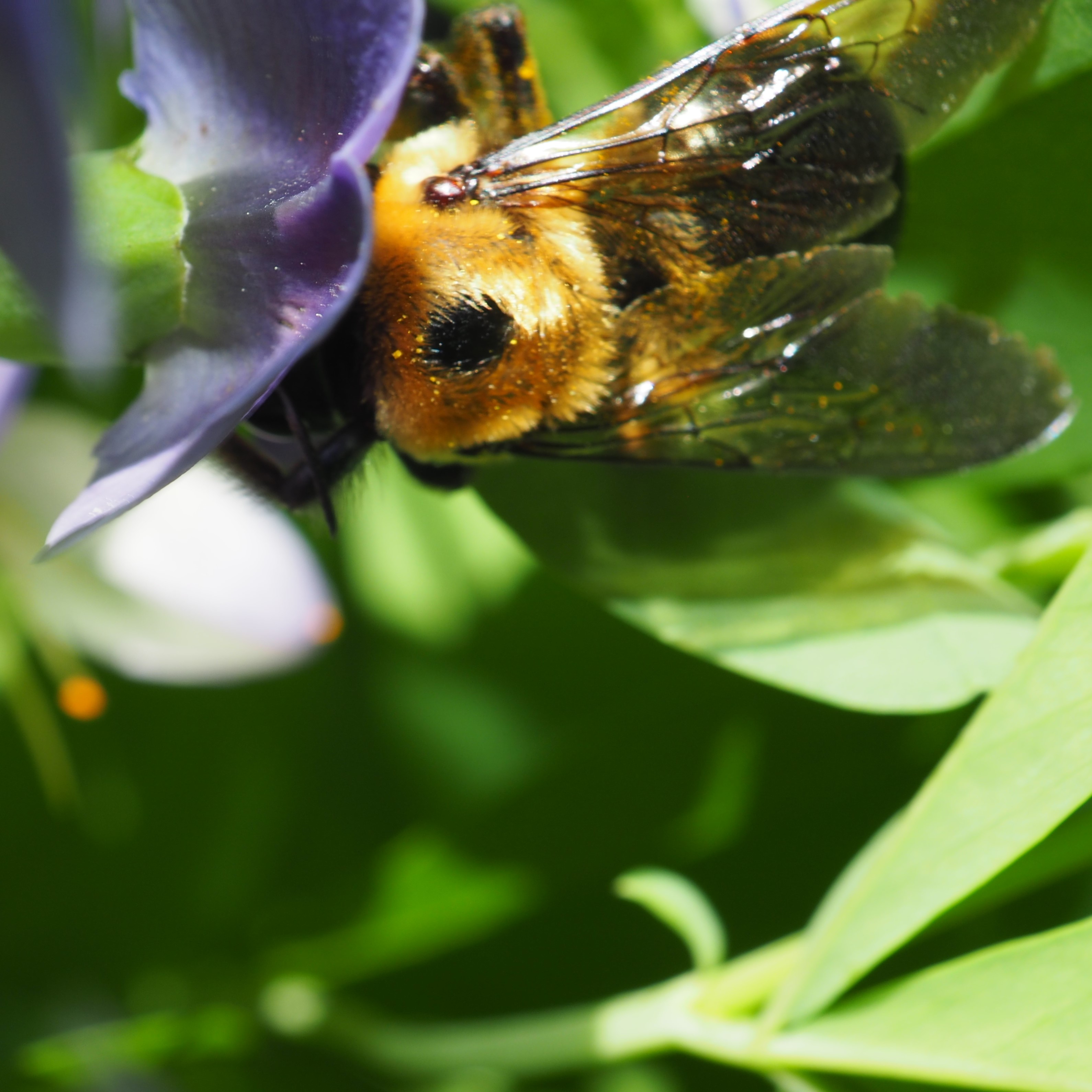

Images 1 and 2 here show a "bee" that has me wondering if it isn't maybe actually a fly that mimics a bee. Flies are well-known to be able to resemble other creatures: Bees, Wasps, lots of things... The Narcissus Bulb Fly, seen in picture 3, is one of these. Its fluffy hairs look just as soft and fuzzy as those of a Bumble Bee.

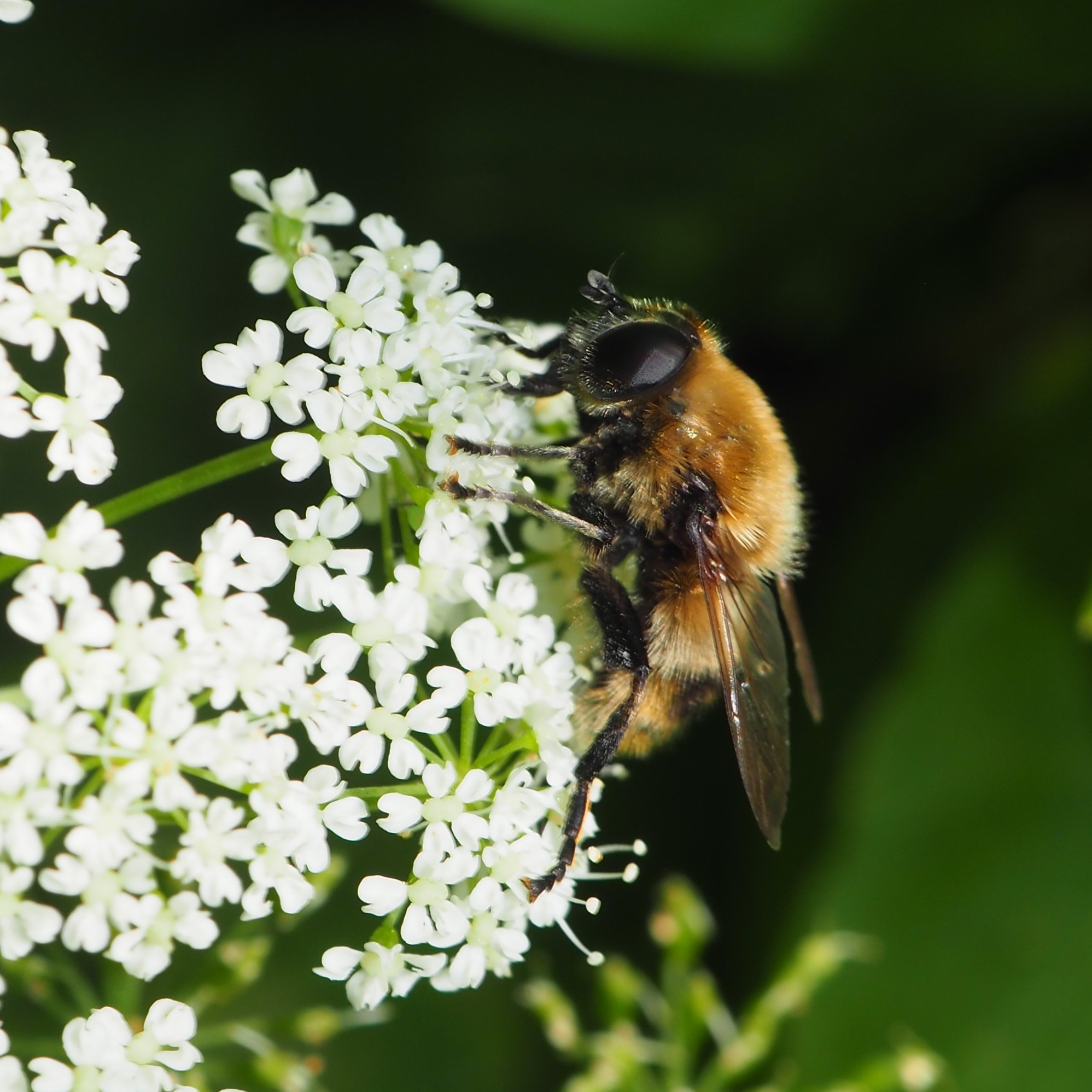
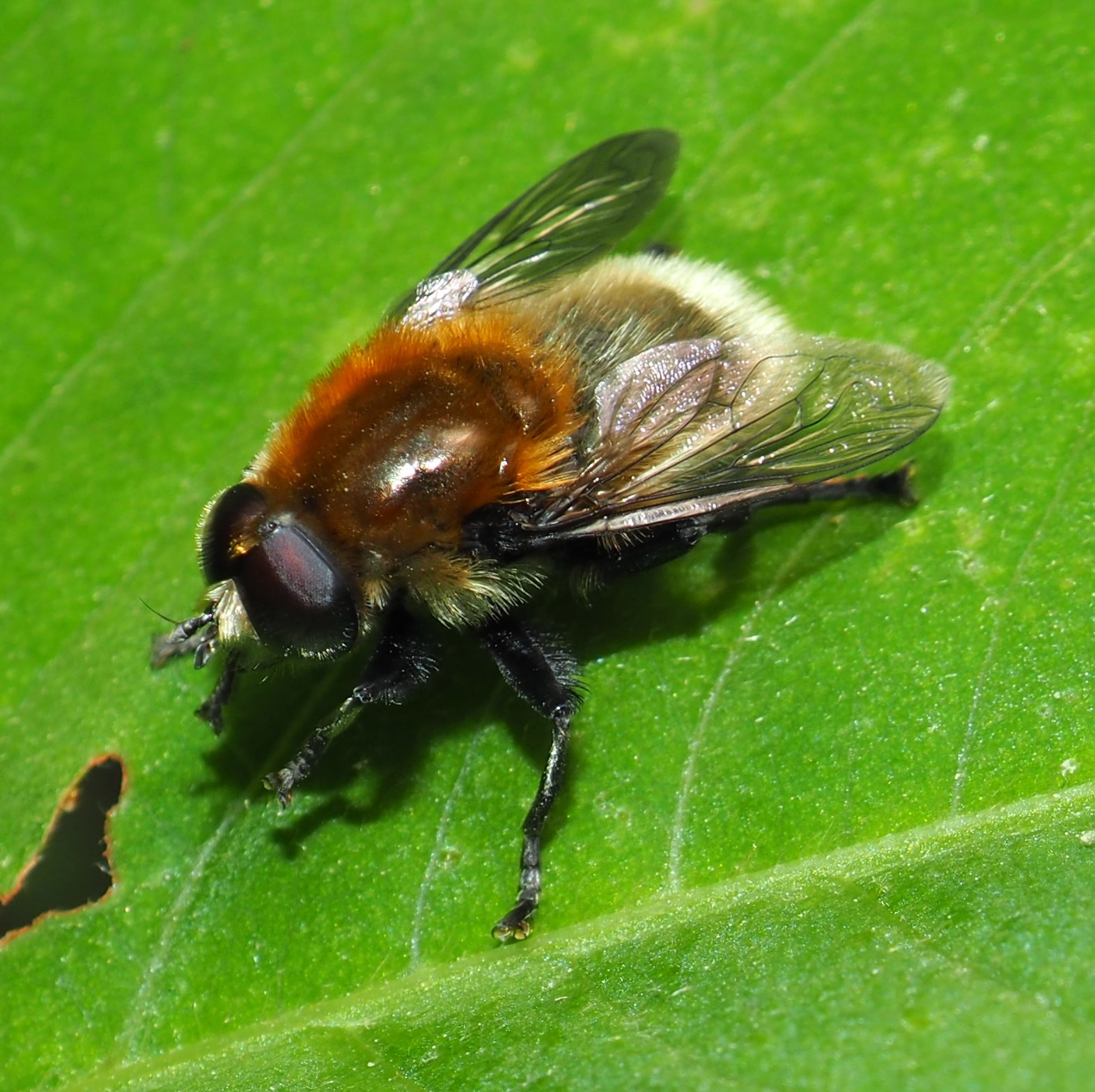
I was going to save the next example for when we get to the Flies for real. But since we have introduced the Fly as Trickster, let's roll on to the next example. Look at this Bumble Bee. Did I Gotcha? No, by now you know that those big Fly Eyes are a pretty good giveaway that this Fly is pretending to be (has evolved to look like) something else. In this case, it's a Robber Fly that looks quite a lot like a Bumble Bee.
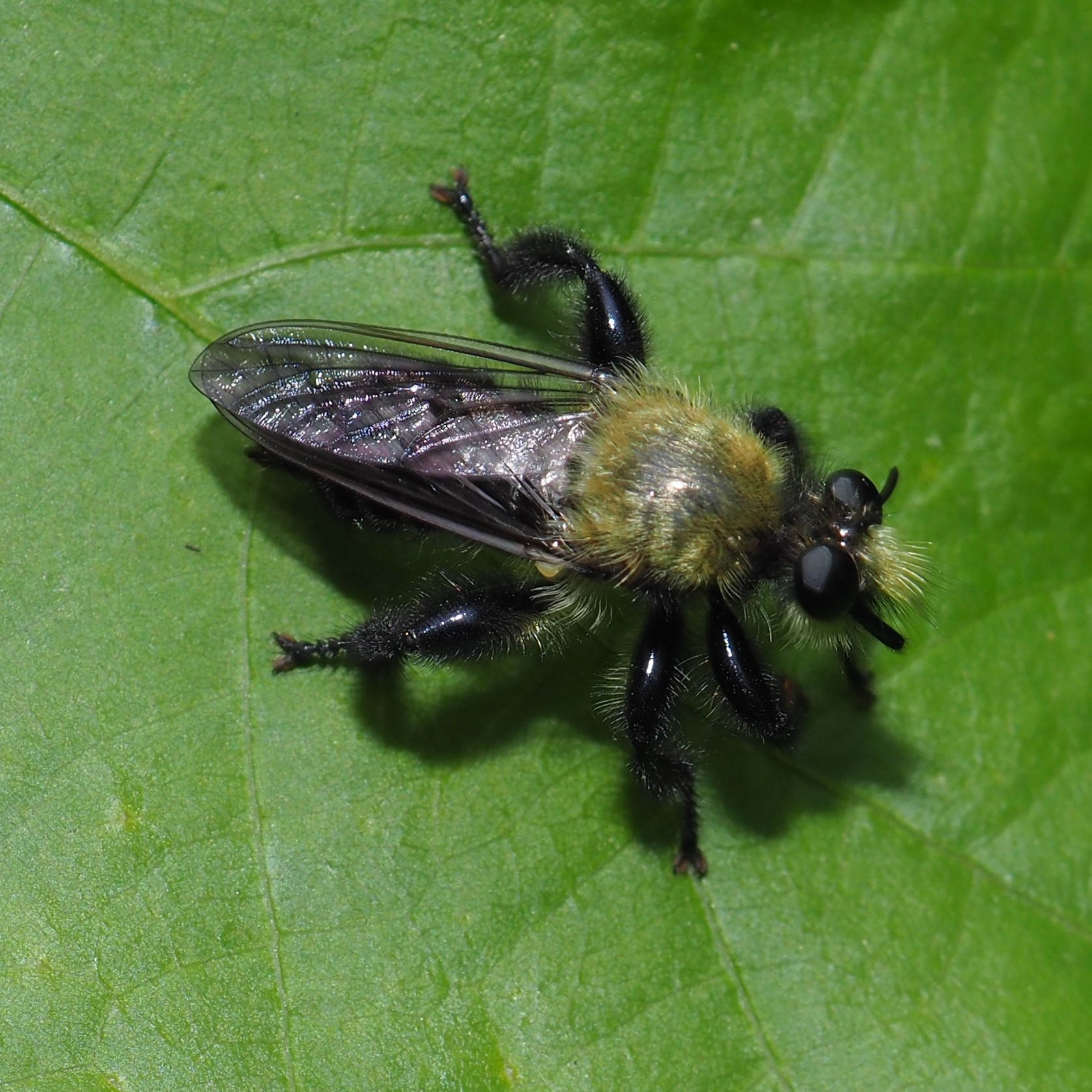

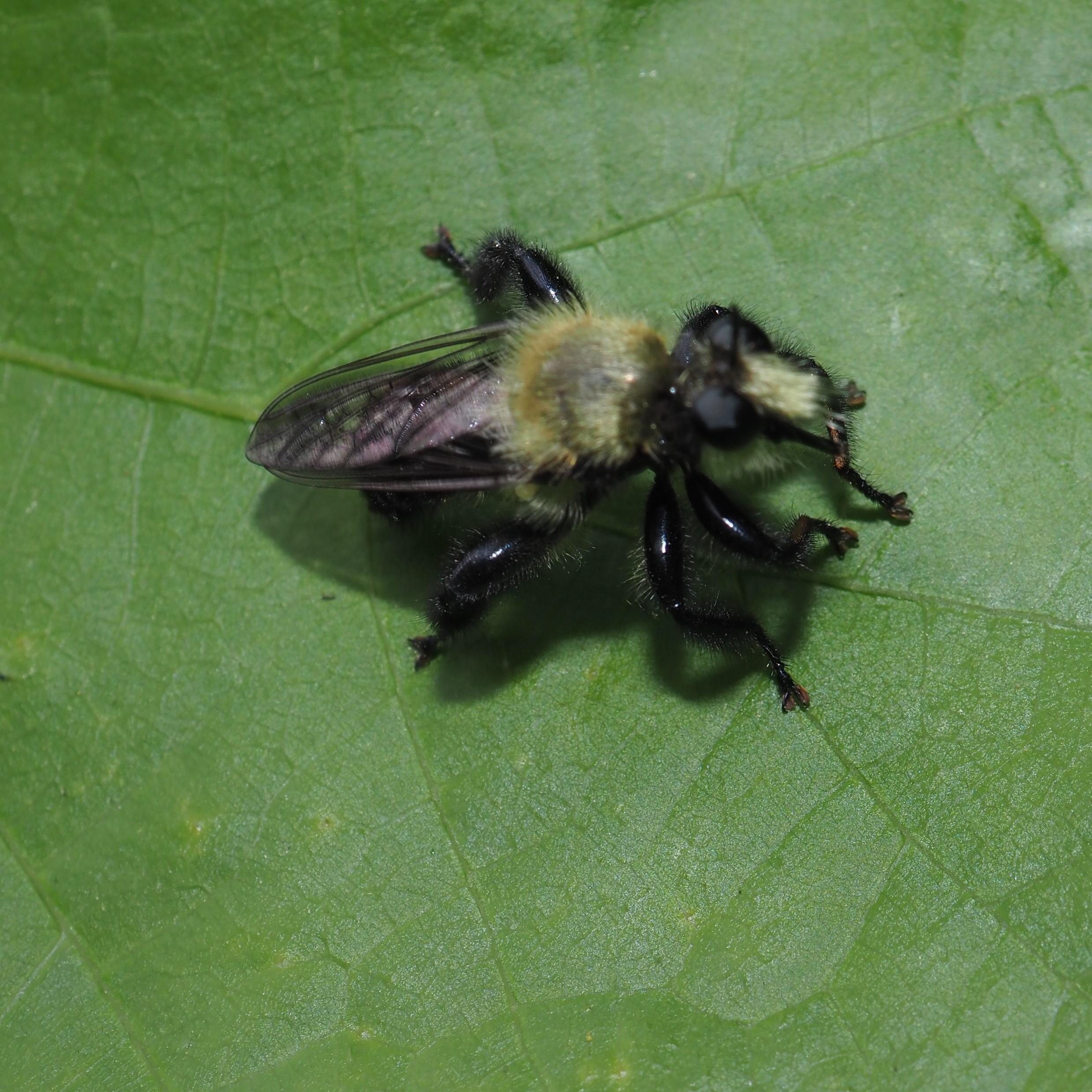
So, that about does it for the Bees. Let's see if there were any special Beetles this week. You know if I casually ponder the existence of some "special" Beetles that I am going to show you some really nice examples.
This fellow with the hooded look is called the Death-watch Beetle. He came in Red on the 9th and Black on the 7th. It might be the same character but maybe not. Verrrrry interesting if we saw two different species in two days.
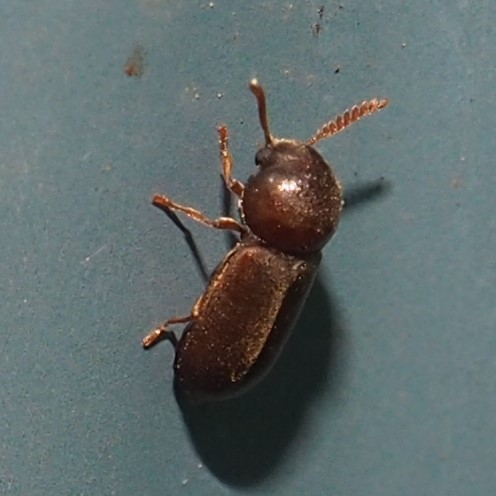
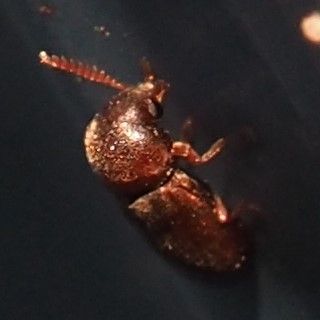
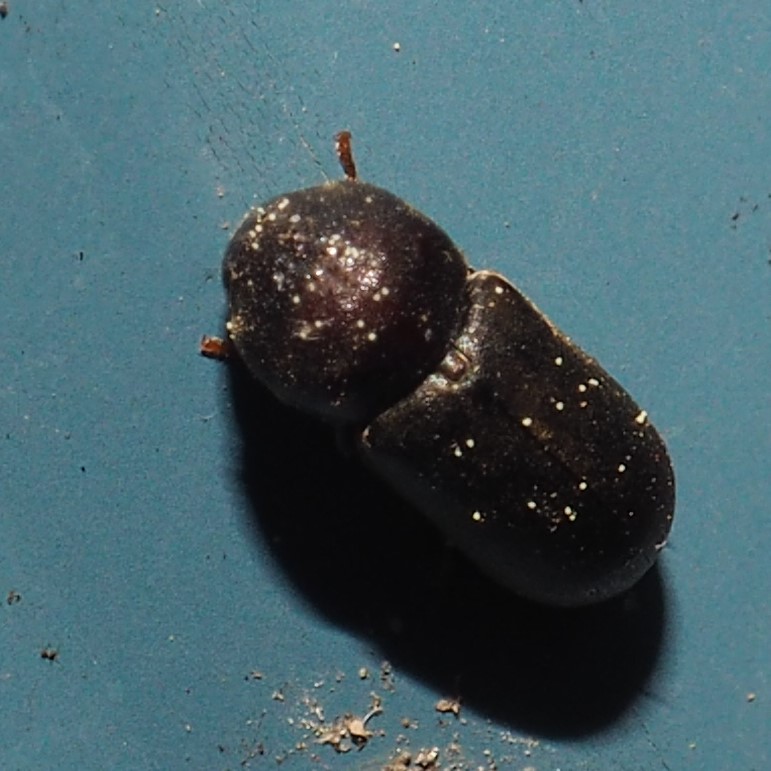
This red flat Beetle is called a Flat Bark Beetle and this one is the species Telephanus velox, or Speedy. Next is Catogenus rufus (Red), a member of the Parasitic Flat Bark Beetles. That's two Flat Bark Beetles a couple of days apart. Third is a Flea Beetle called Phyllotreta zimmermanni.
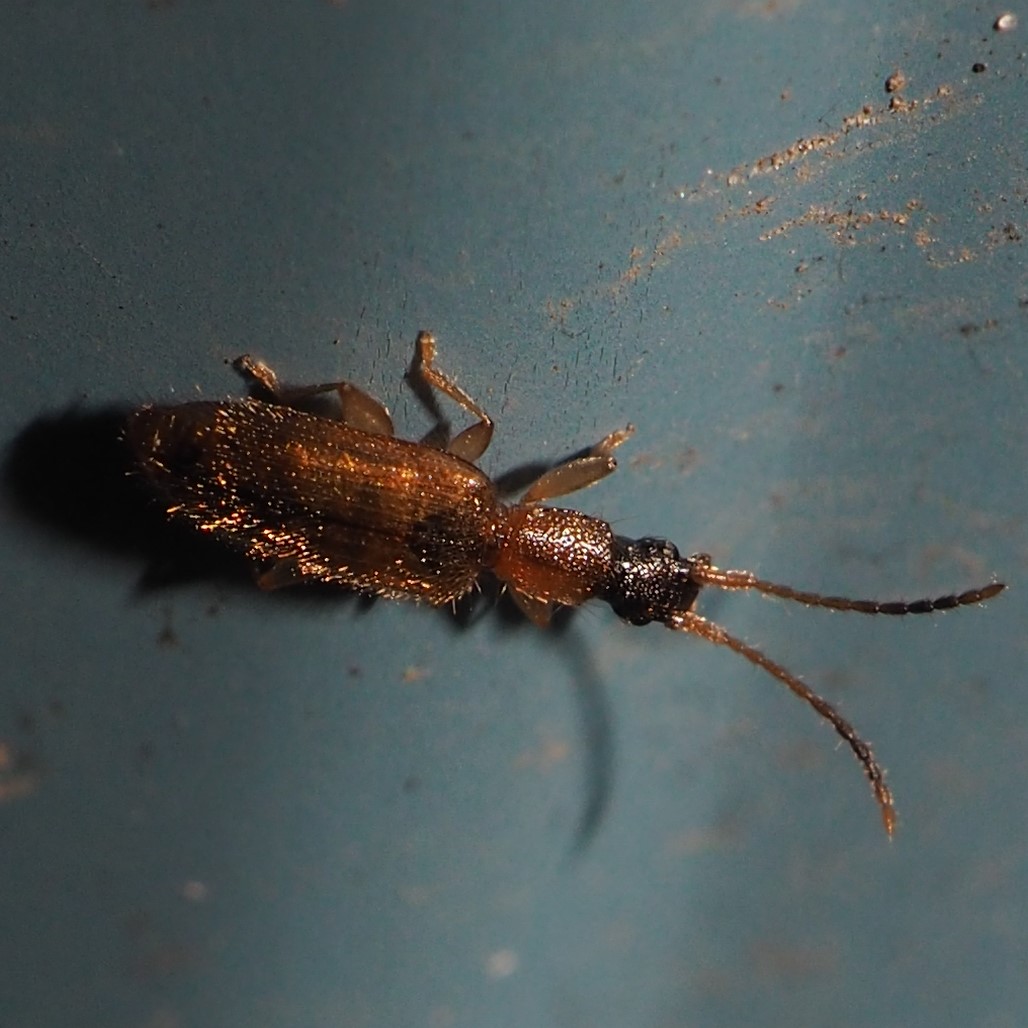
 6 10 20 1.jpg)
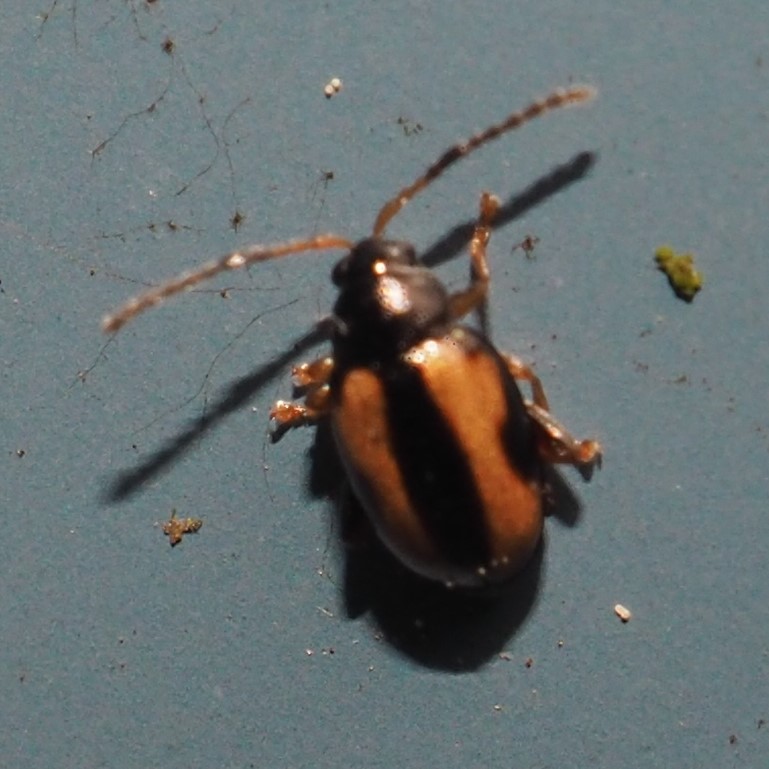
This gorgeous blue Ground Beetle must be Lebia viridis. Of course, Viridis means "green" but don't blame me. You know, there are a lot of languages in which the word for Blue and the word for Green are the same. You could distinguish them by adding some explanation, as in "Sky green" and "Grass green". But I don't think Latin was one of them. Second here is Sumitrosis inaequalis, which we saw last week but it wouldn't go away.
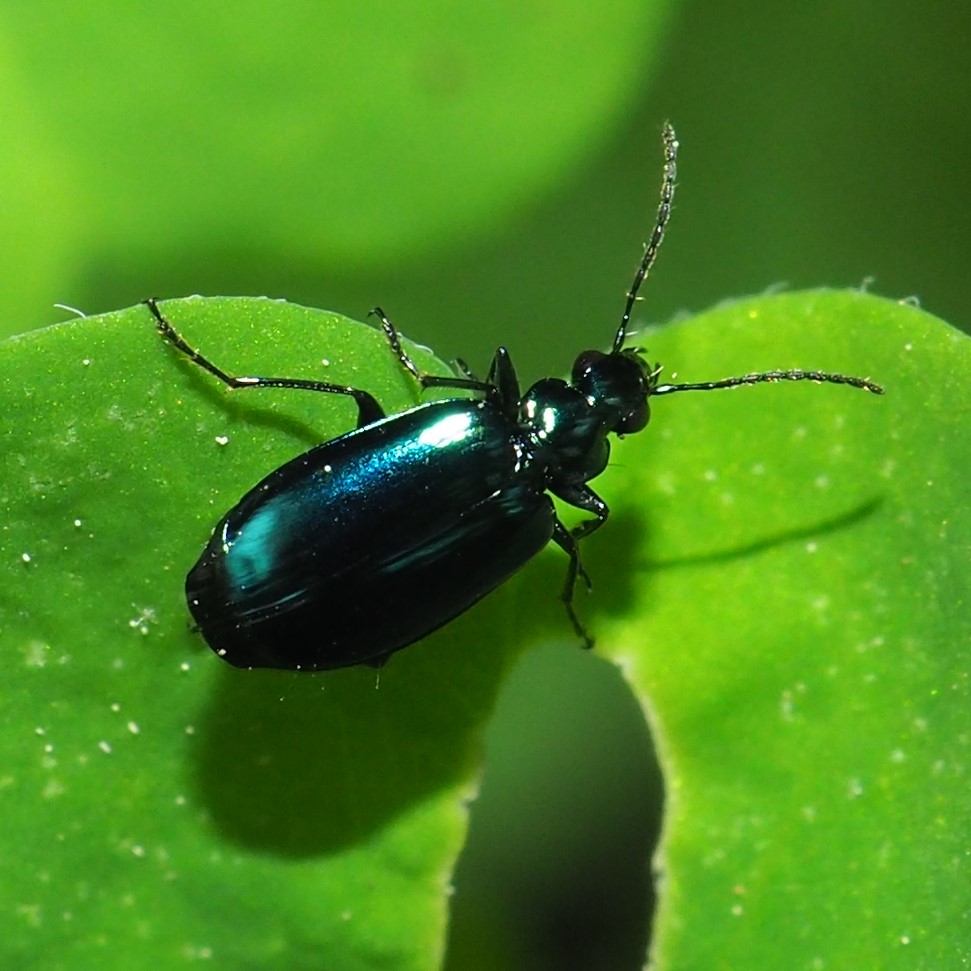
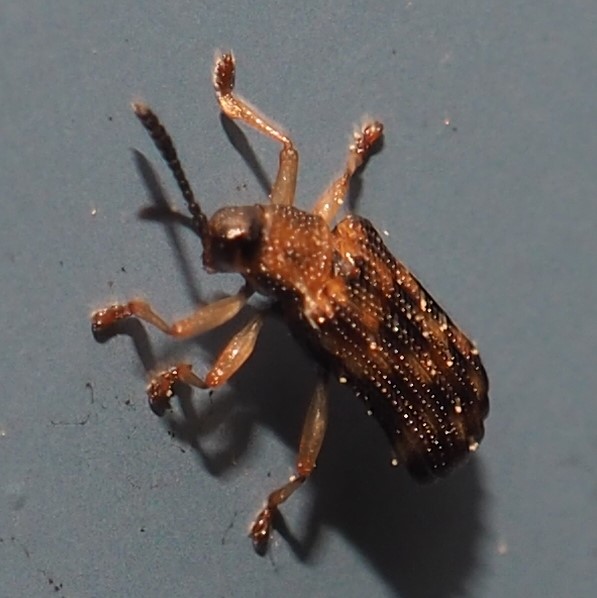
These next three are Weevils. Now we also already saw this Immigrant Leaf Green Weevil last week, but it is such a pretty green thing, I don't mind seeing it again. The Black Vine Beetle likewise - it's no problem if I have to keep looking at it. It has little goldish dots among the black ones. We certainly do see a lot of these little Redbug Seed Weevils, but they love the Goutweed and so we love them. They lay their eggs in the Seed pods of the Redbud so they do try to limit the number of Redbud saplings. They were great slackers in my yard last year to look at all the baby Redbuds that are trying to form a takeover of my yard.
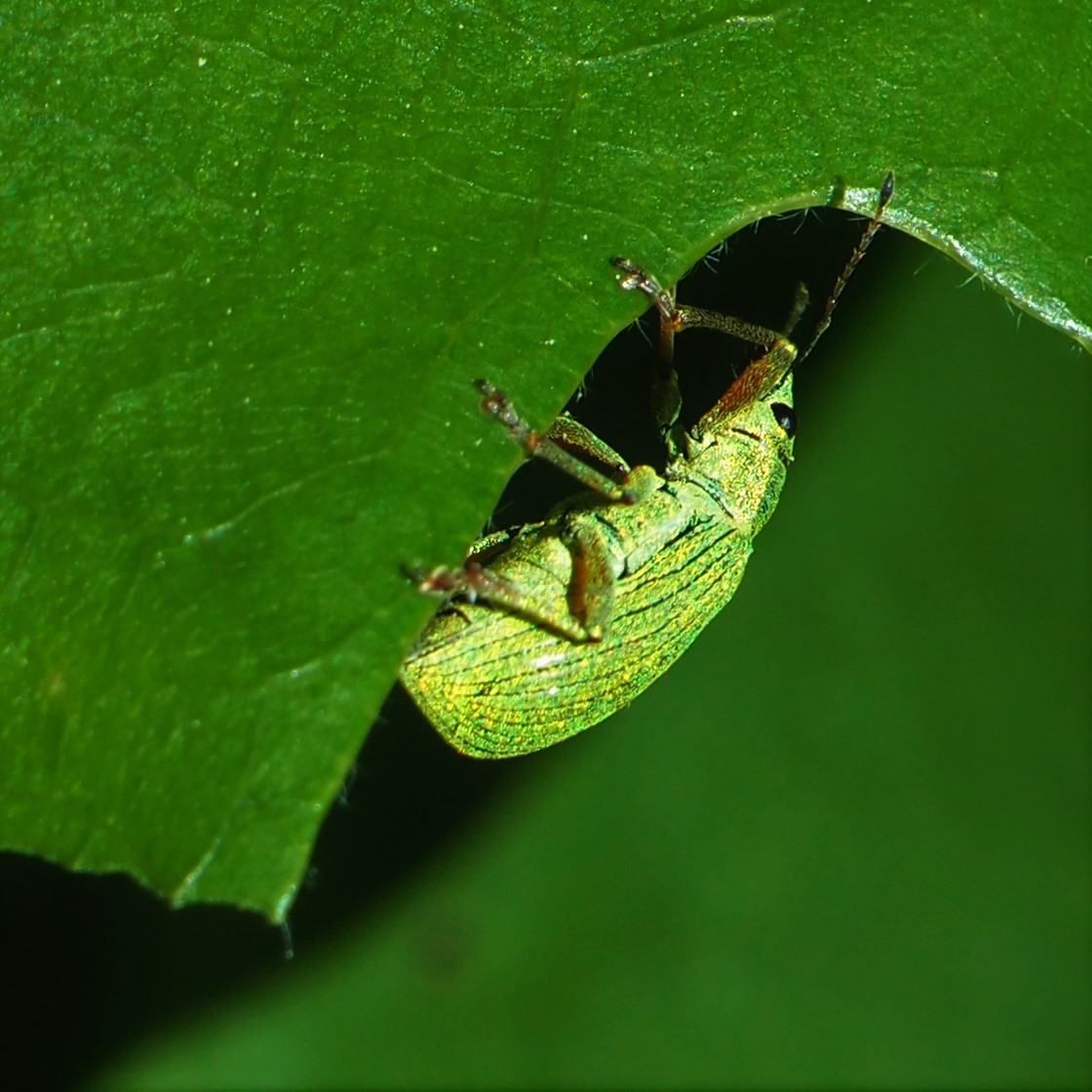
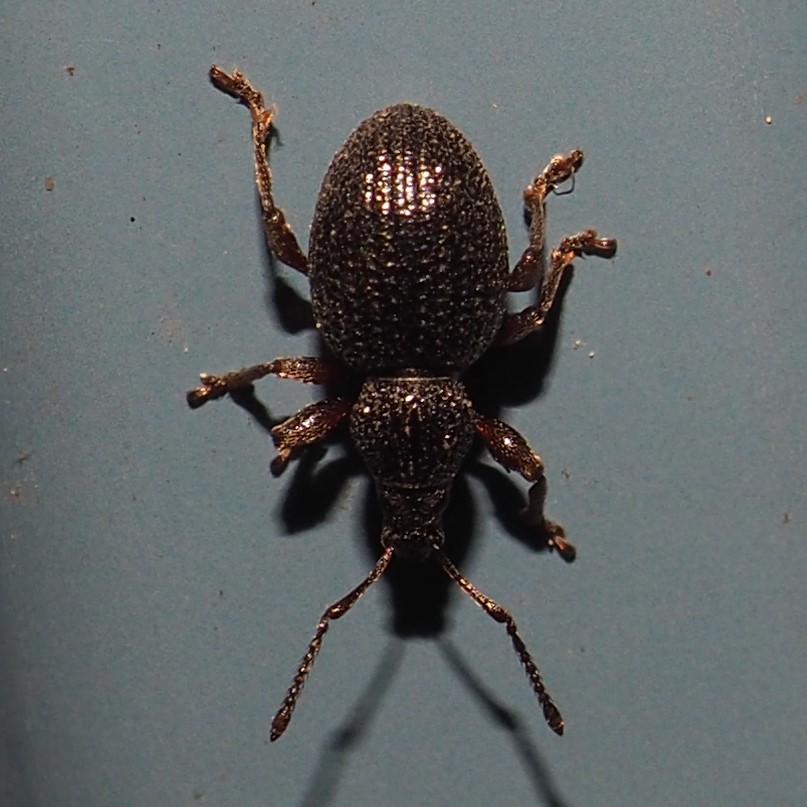
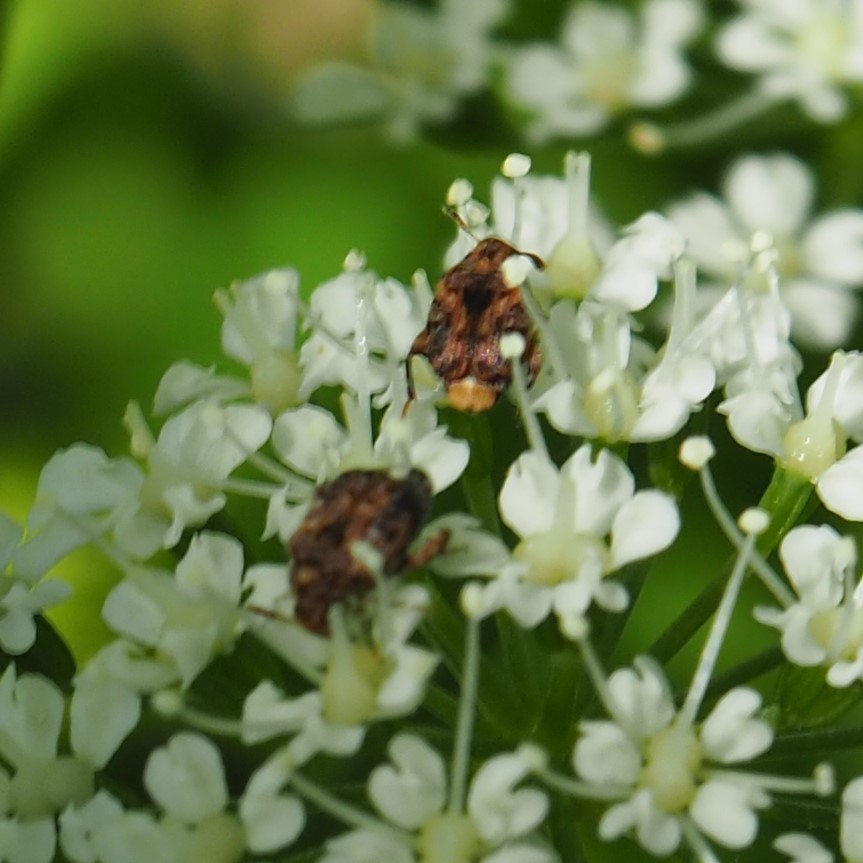
Bug Time! Usually I start with the Assassin Bug. This week is not so different. We start with an Adult Zelus Luridus AND a nymph. At least that's what I THINK is the story in this picture. For it does seem that the Adult has just stepped out of the Nymphal skin! Doesn't it? Then I usually introduce the Leafhoppers. Why not? They are attractive little creatures, very colorful. You'll recognize Agallia quadripunctata, which is very common nowadays. Will you recognize number 3, Ponana pectoralis? I didn't. For one thing, it is almost a centimeter long, the biggest Leafhopper I've ever seen. Now I will.
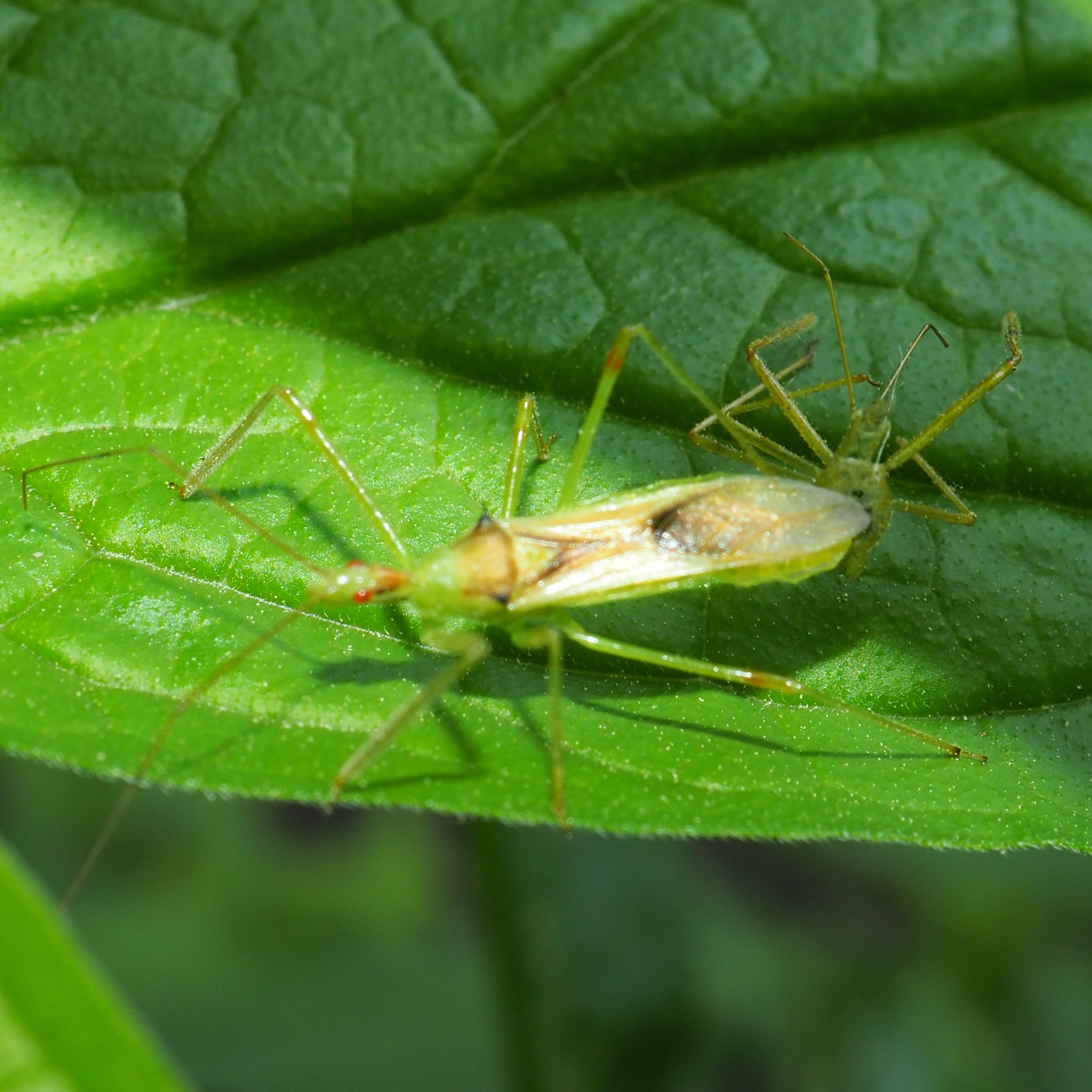
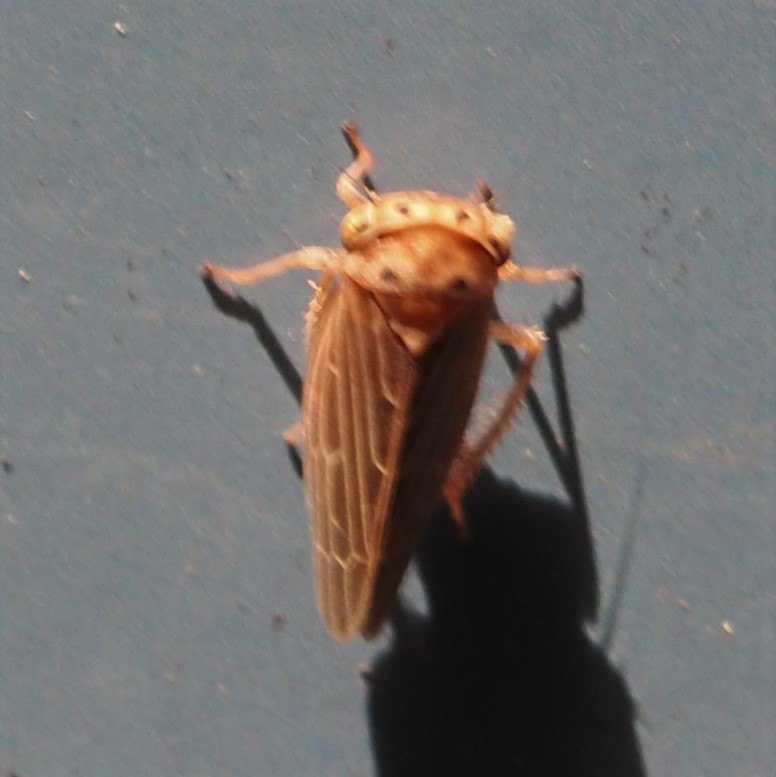

Continuing with Leafhoppers, this pretty yellow one is in the Subfamily Typhlocybinae. The second is the nymph of some Leafhopper, but I don't know which. Third is probably not a Leafhopper, but another kind of little bug.
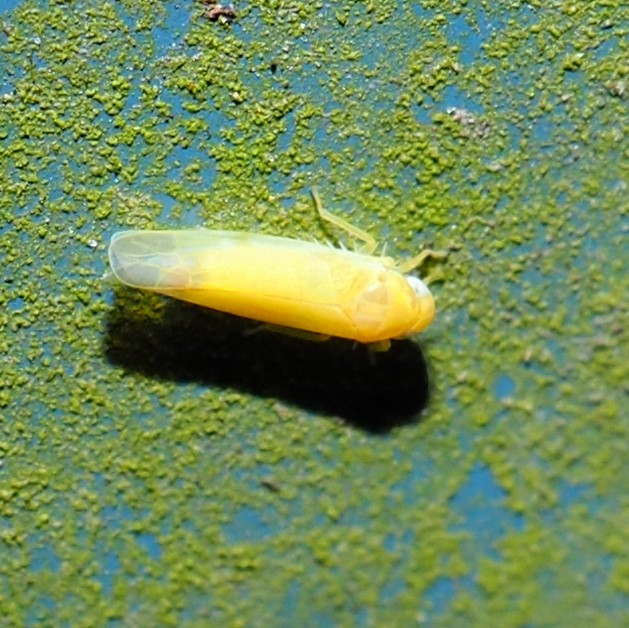
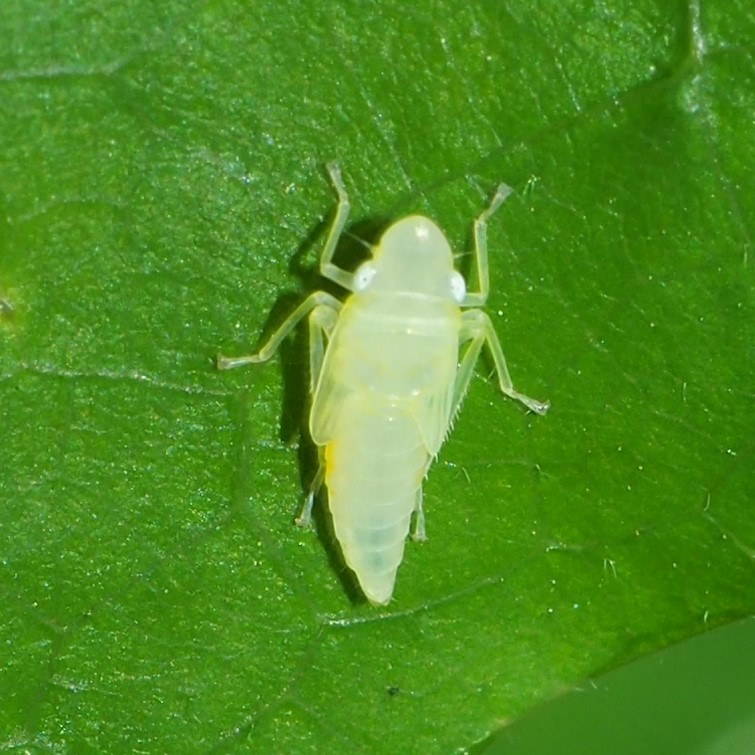
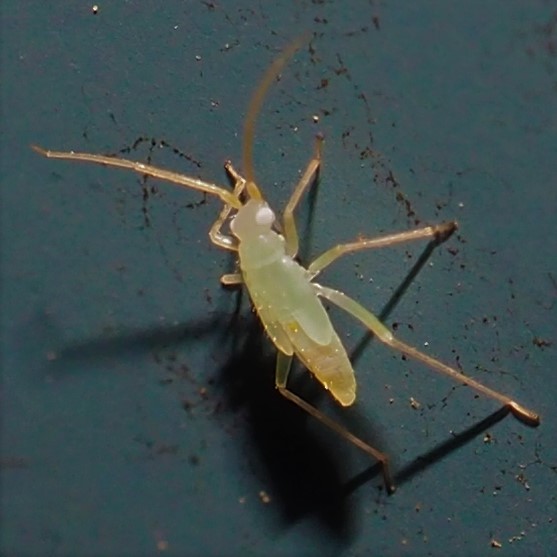
This first Plant Bug is the Four-lined Plant Bug. It is the adult of that beautiful but evil bright red Mirid we have mentioned and shown before. They are the enemy particularly of the thistle that I tend solicitously because it is the host of one of my two favorite Treehoppers. (The other has the Redbud for a host.) Anyway, this Bug can destroy a huge plant in not too long. Next is probably a Plant Bug or something closely related to one), and third is a bug that I have been calling Freckles.
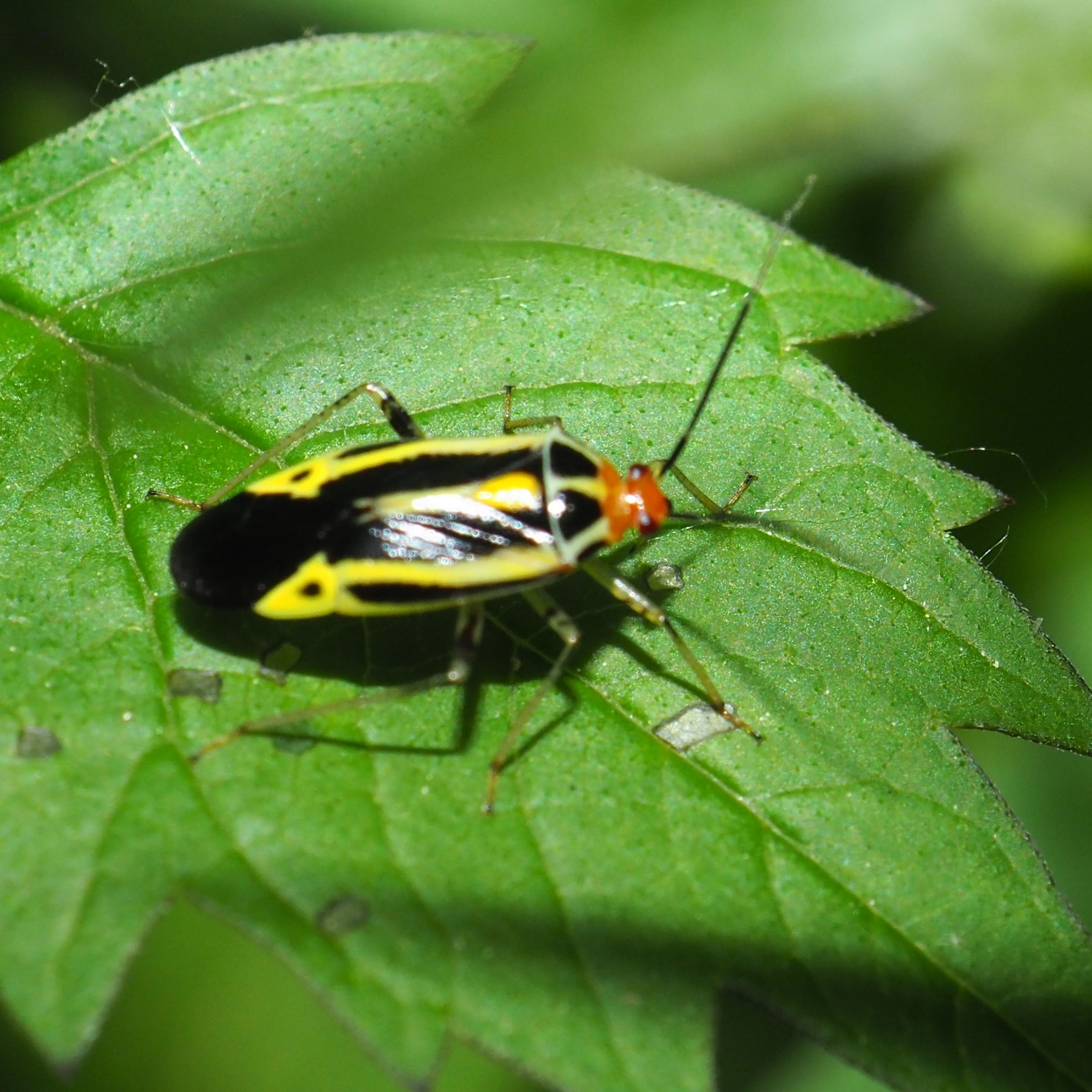
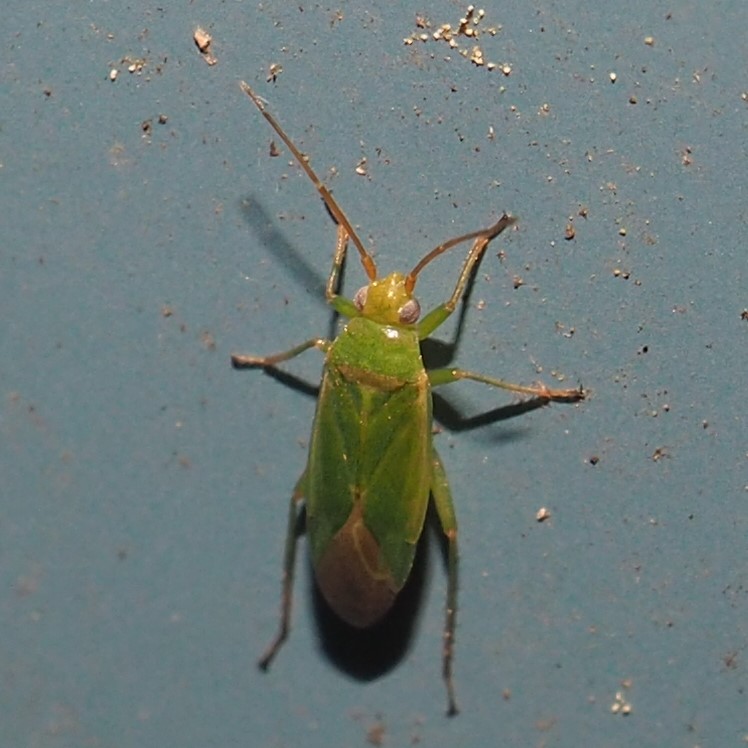
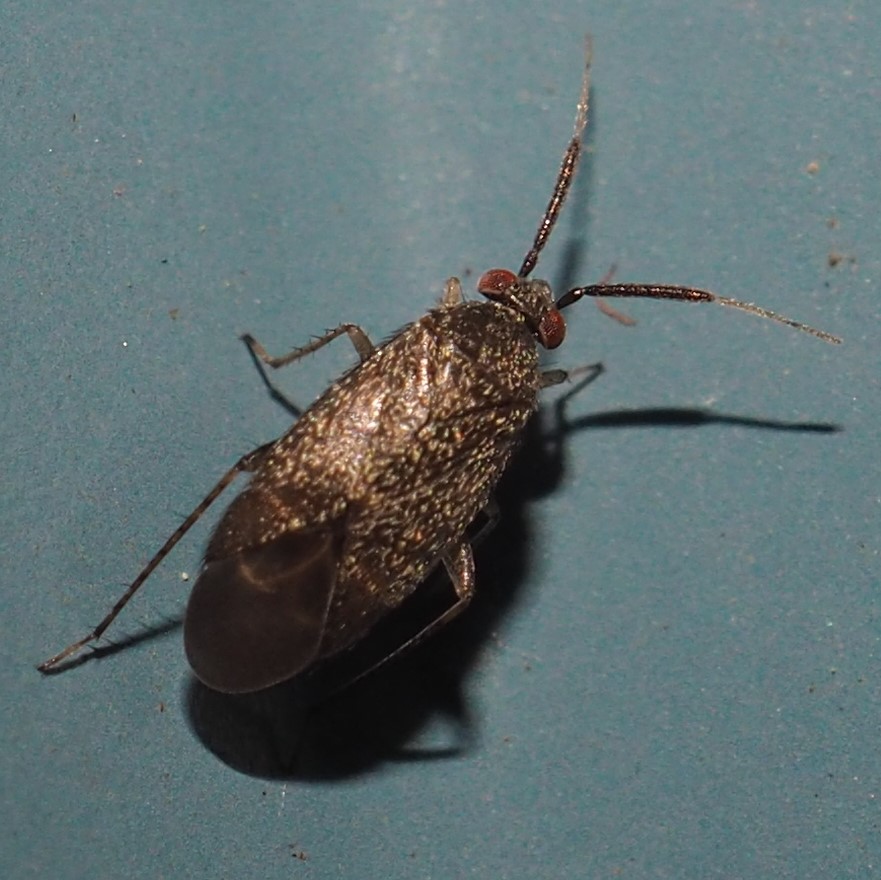
Speaking of Treehoppers, today wasn't a bad day for watching them as they try to get their summer season going. The Nymphs of the Two-mark Treehopper, the one I've been studying for a few years now, are now visible. The way to find them is to look on the Redbud (the one in the Seelys' yard is ideal in size as none of the branches is out of my eyesight. The only hard part about nymph-watching is that the stems they live on are very narrow and it's hard to focus even with my hand held behind the stem. Nonetheless, I did manage with the help of some Eastern Black Carpenter Ants, the Nanny of choice by the nymphs in that small tree, to find some places on the stem where a healthy number of nymphs was situated. The third picture shows the nymphs better than any other shots I've gotten so far.
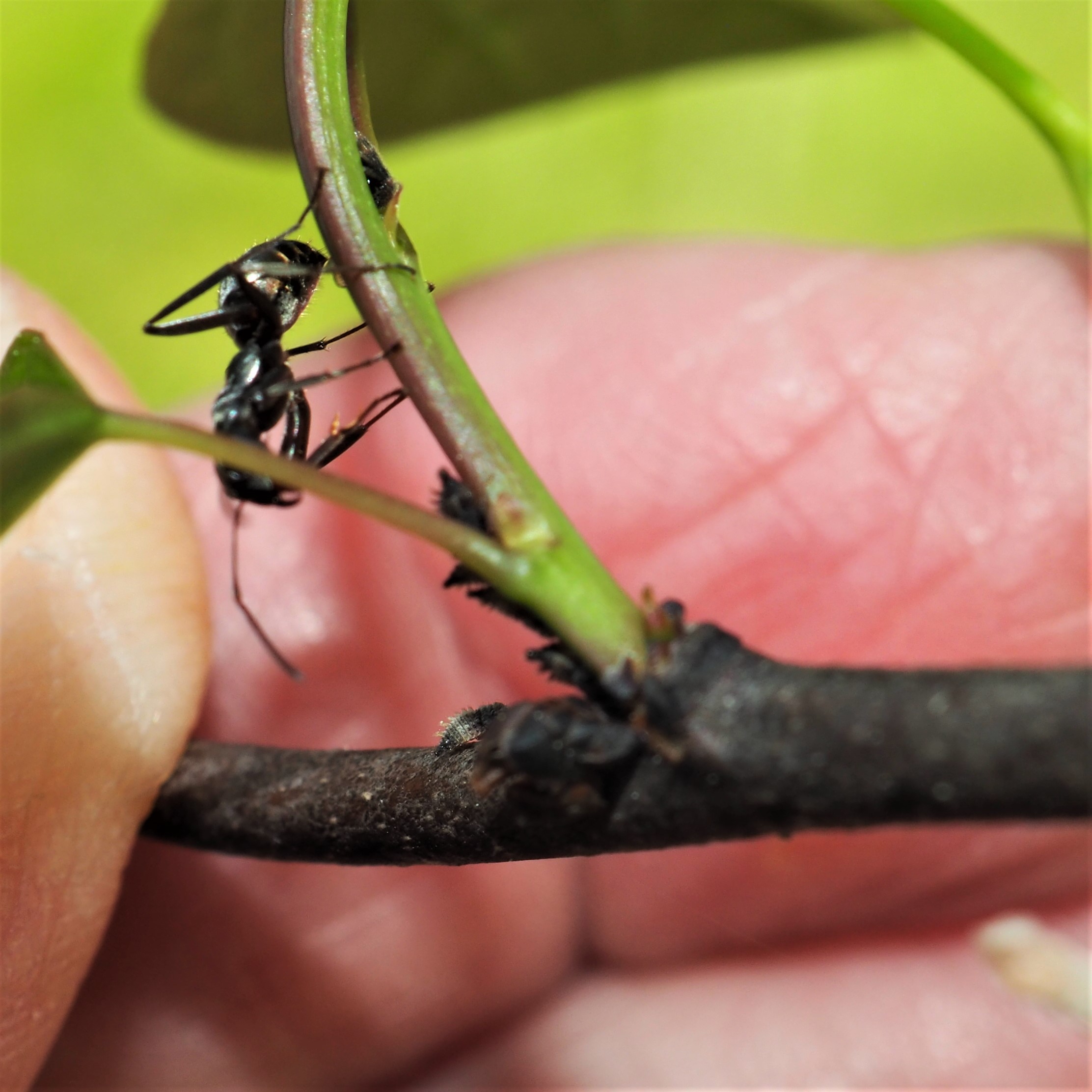

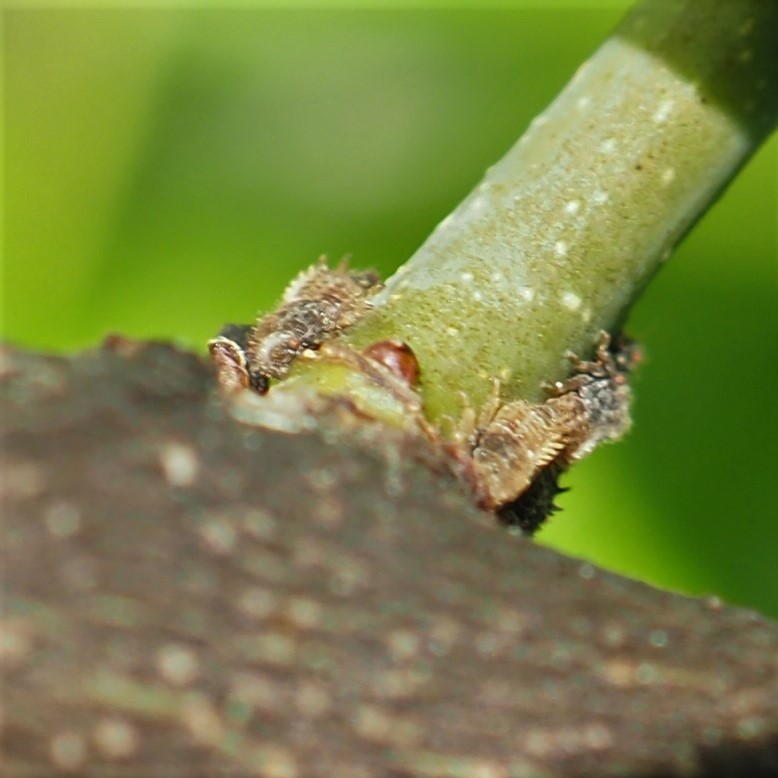
Let me mention that I've recently found Keeled Treehoppers (Entylia carinata) on two Aster plants this year, but they may just be stopovers for the Hoppers as they move from last year's defunct Thistle to a new one. First, here is an Adult on an Aster Plant. This week though, a few Hoppers have shown up on my best Thistle. Picture 2 shows one. Picture 3, though, actually tells a story with a wonderful message. I found a Hopper on the best Thistle in the front yard. It was moving about - I thought I was disturbing it but when I cropped the picture I got of that Entylia Carinata adult, I found that it was actually a SHE and that she had been laying a huge number of eggs AS I WAS WATCHING. I felt very grateful to have been in the delivery room, as it seems.
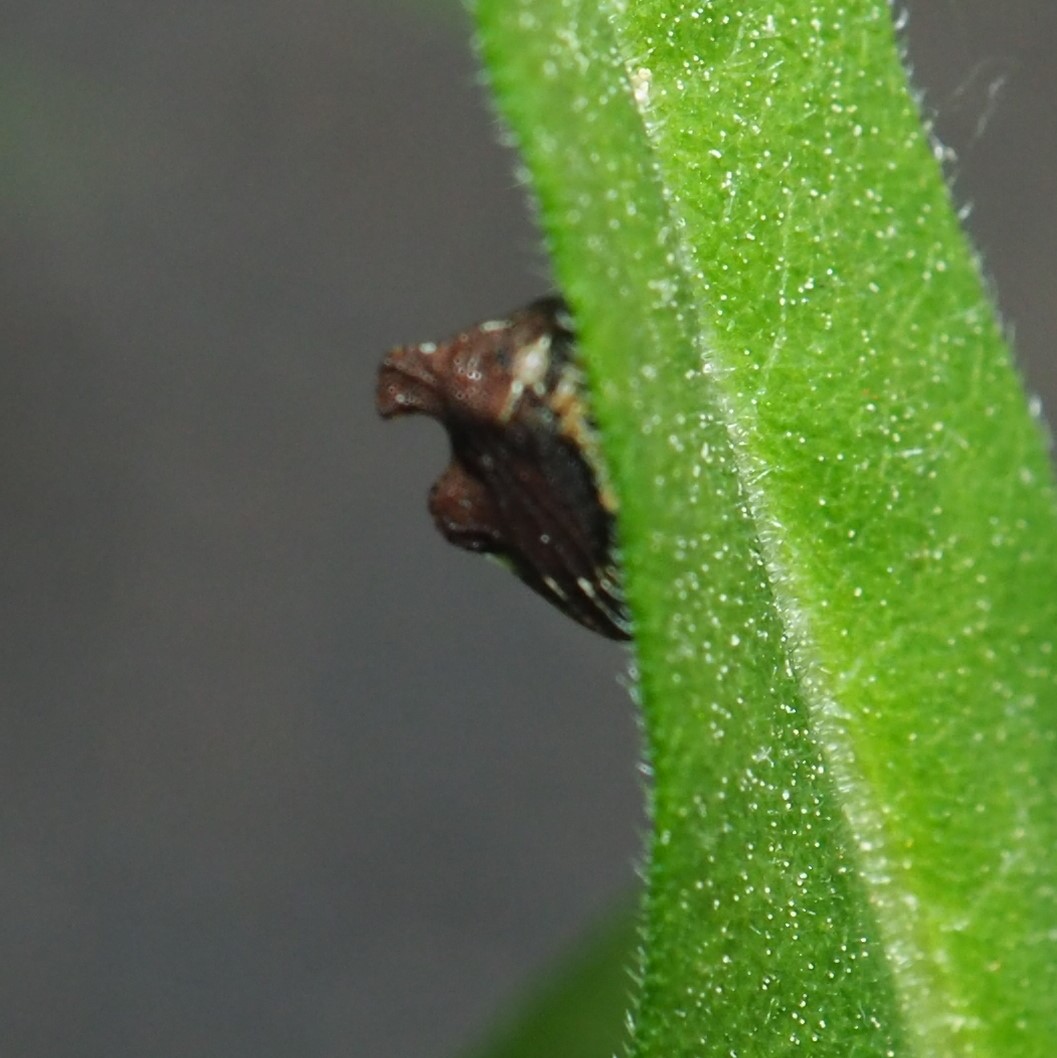
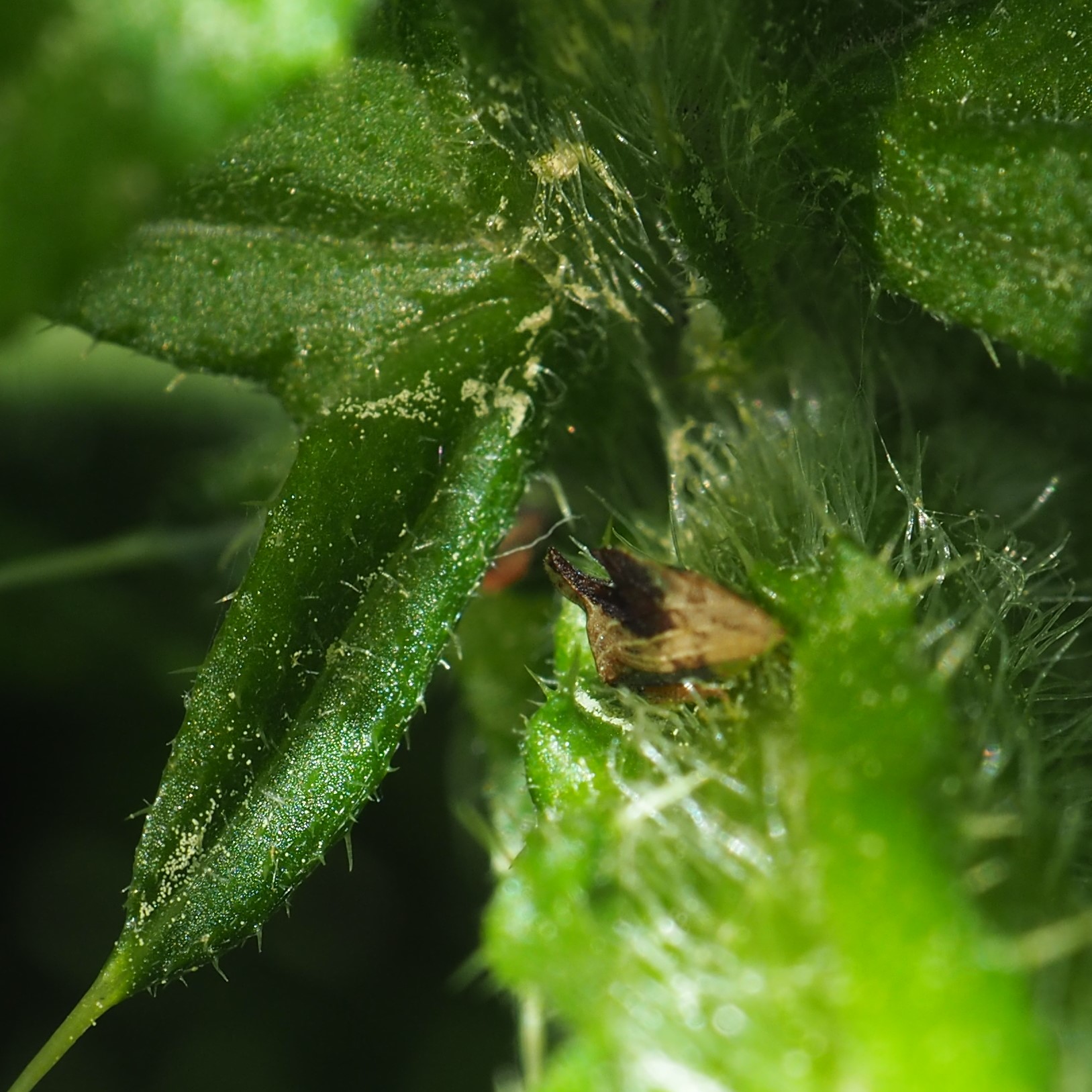
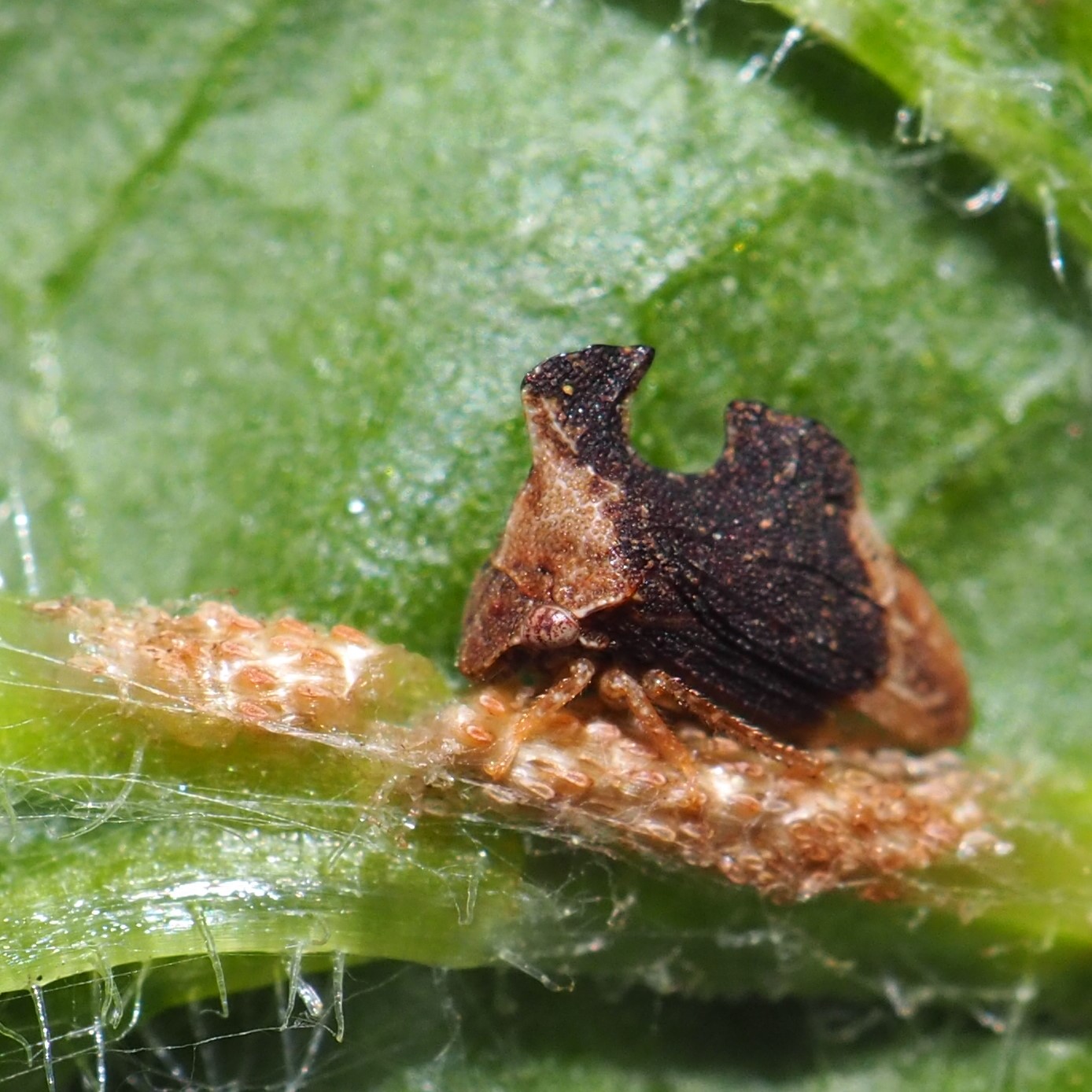
That dramatic image was the end of the Bugs. We did have a couple of Caterpillars. First, this Long Looper,
and next, this gorgeous Gypsy Moth Caterpillar, much farther along than the tiny Gypsy Moth Caterpillar we saw last week. We'll come back to the Moths after we look at a few other things.
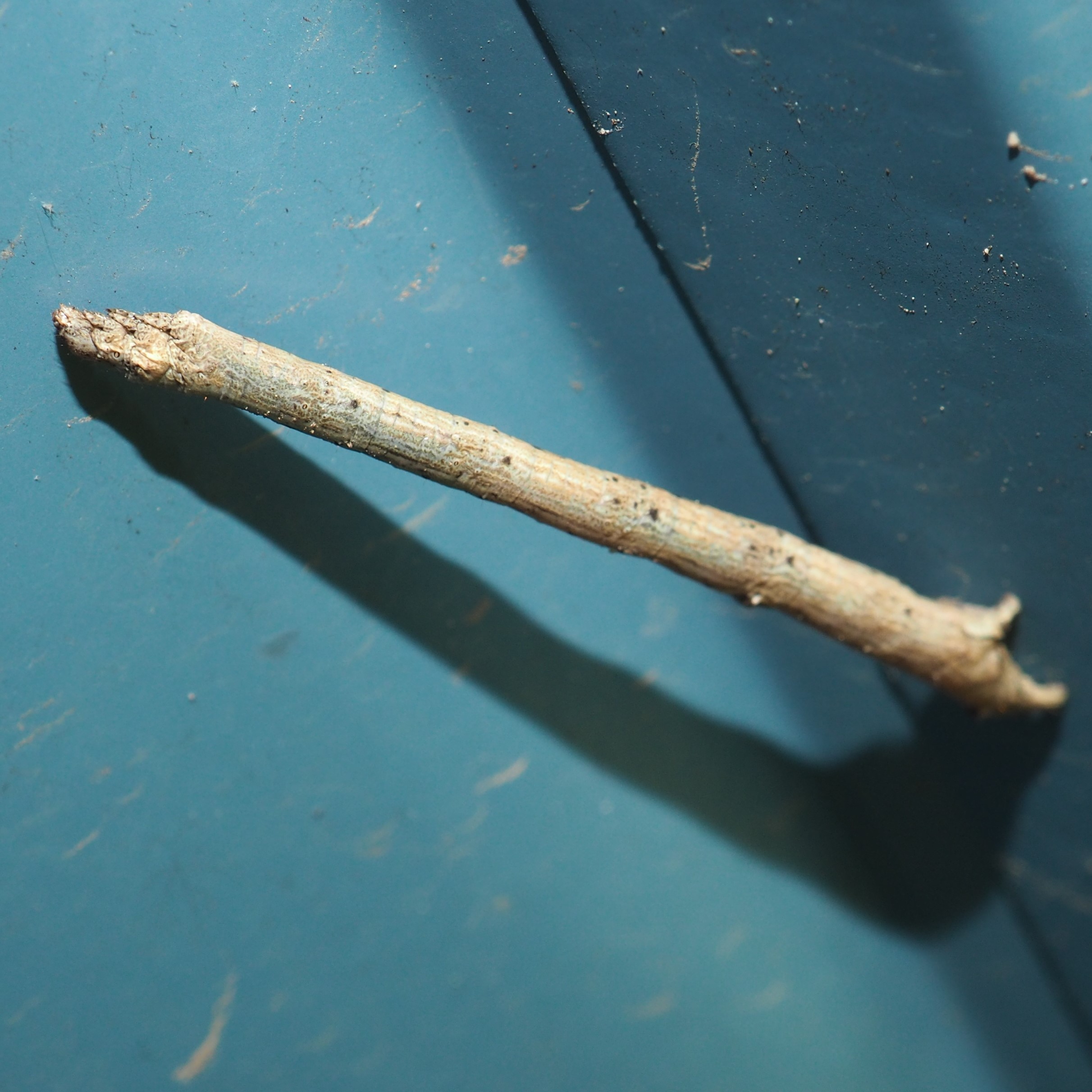
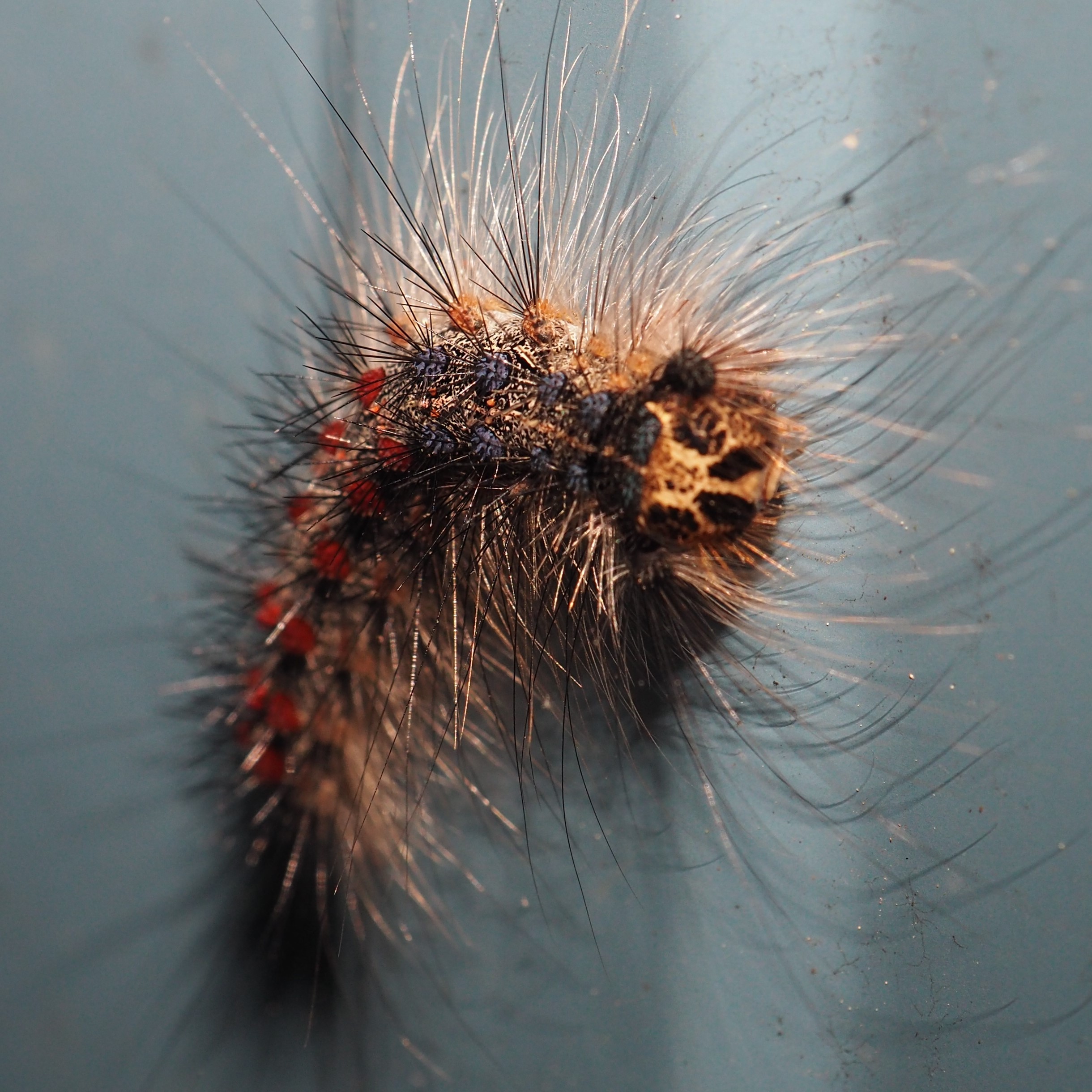
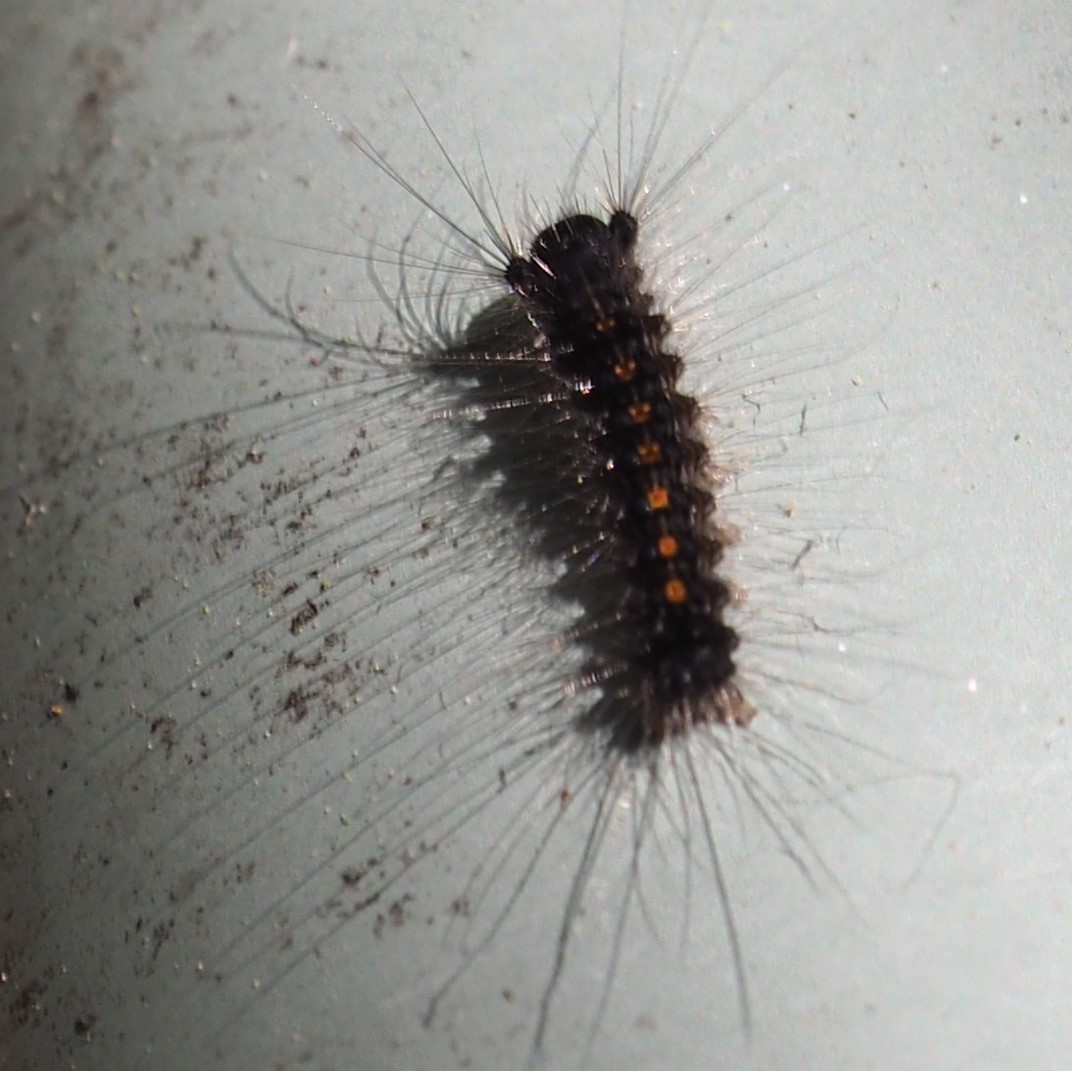
I saw a number of Dragonflies this week. The only one I got a picture of was this Eastern Pondhawk. I'll have to dig up some old photos of some of the others. Second is a Common Whitetail from July 2019, and Third is an Ebony Jewelwing from June 2018. Fourth is a photo from Kathleen Seidl - it seems to be one of the Darners, a group of large Dragonflies.
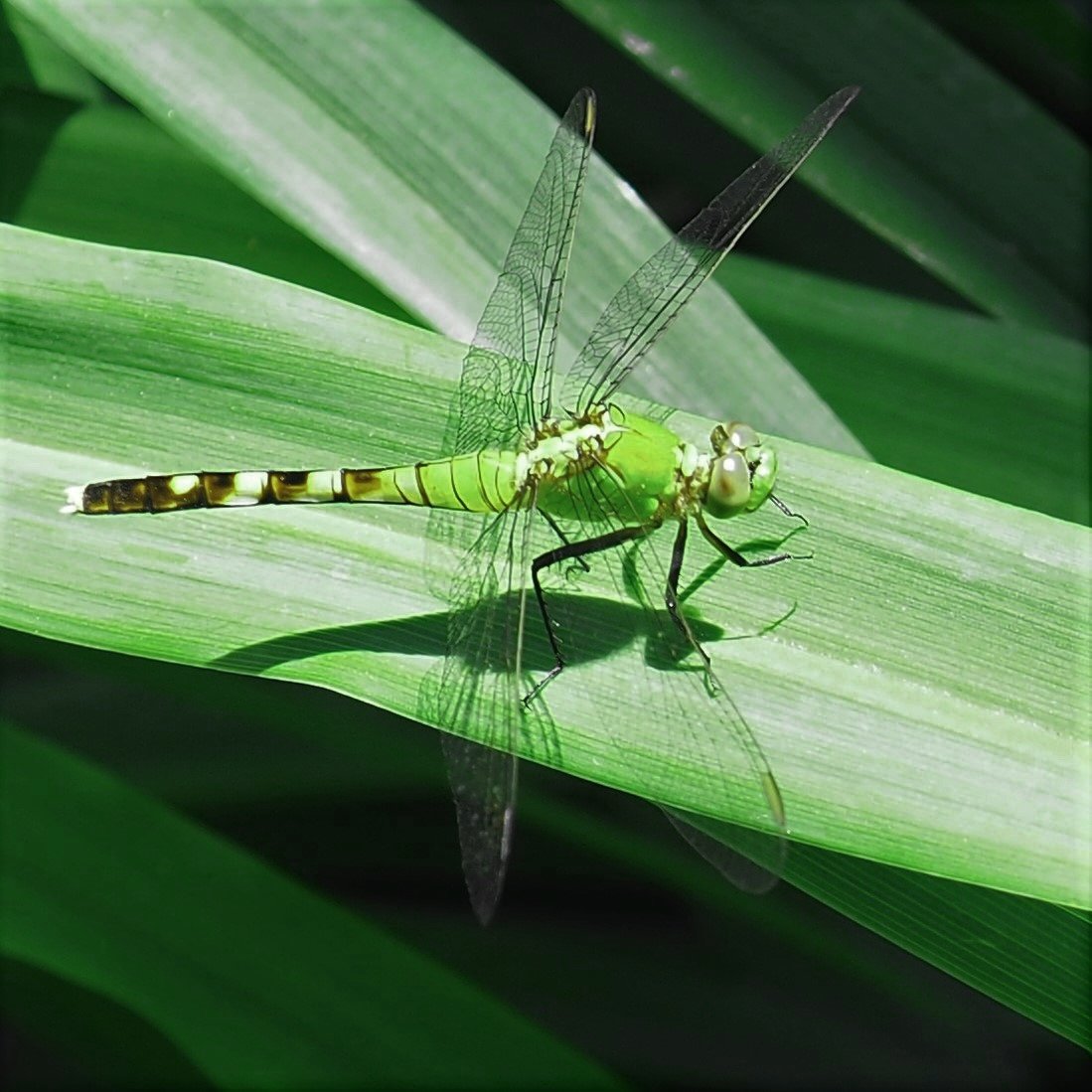


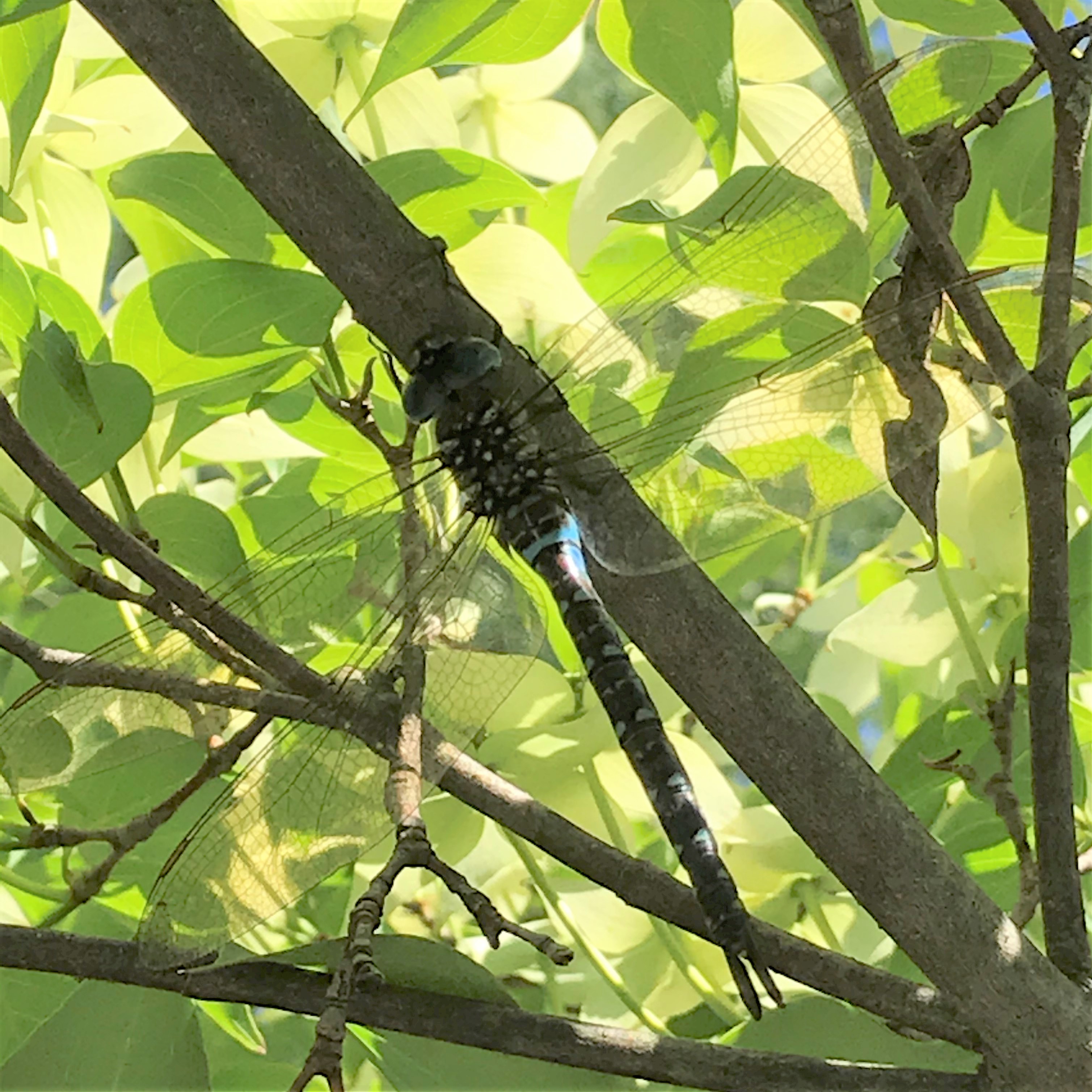
Froggy has started to talk. I heard him for the first time yesterday. I hope he will decide I'm a good listener - his predecessor was such a good companion. The fishes are also lovely to watch and in the third picture you can see the white dots that were flake food fed to the ones who came to the song. Actually they aren't as good about remembering the song as they have been in past years. By the way, here are some of the Toad Tadpoles. If you click on picture 3, you will see the helper marks in red that indicate the little feet the larger of the Tadpoles are developing.
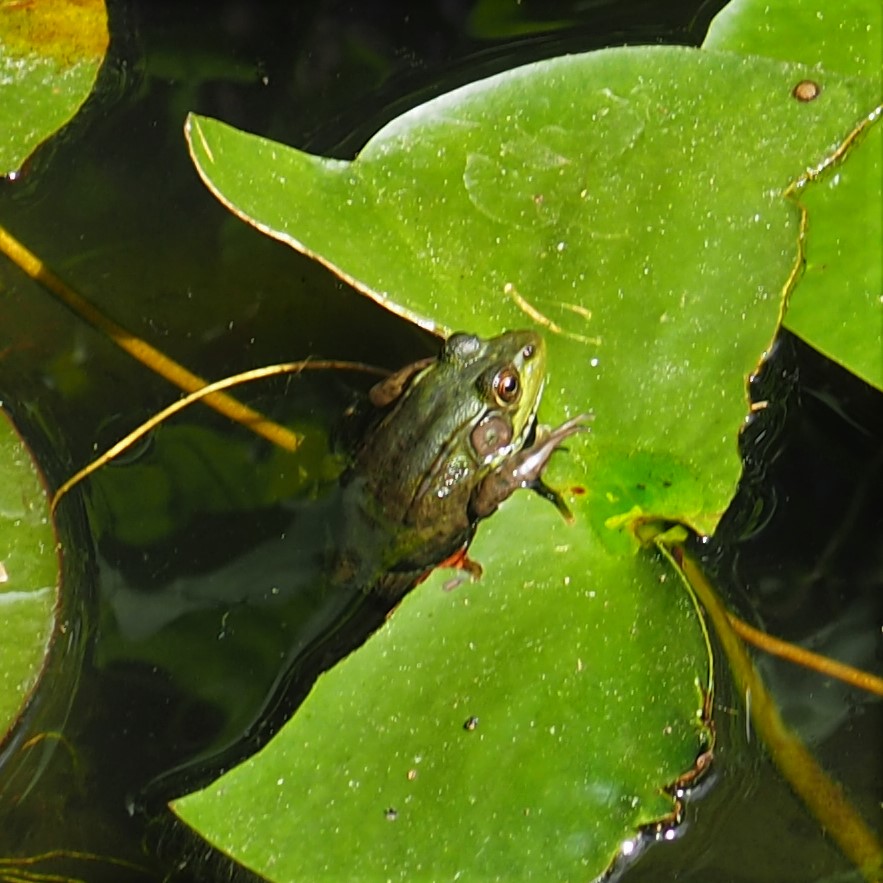
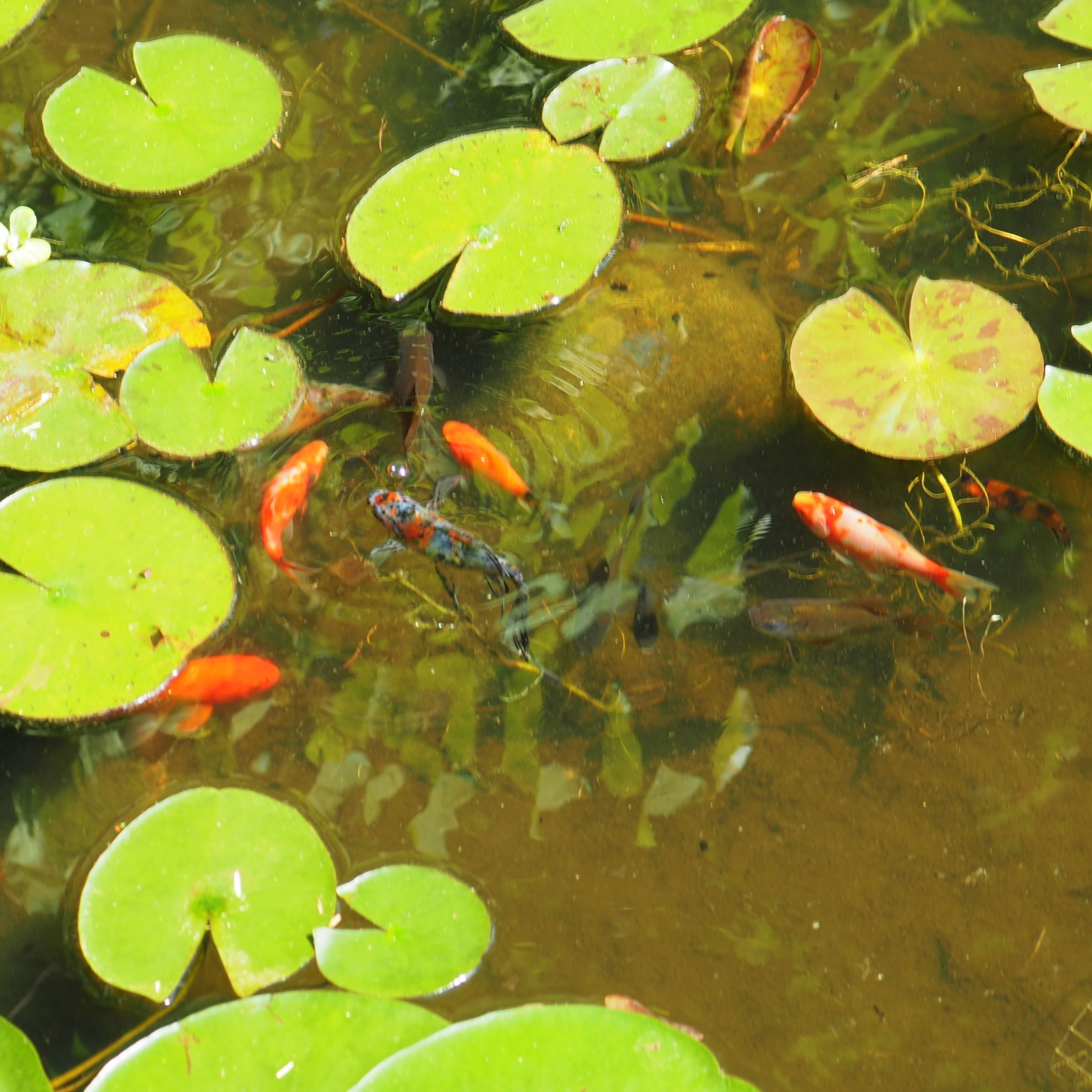
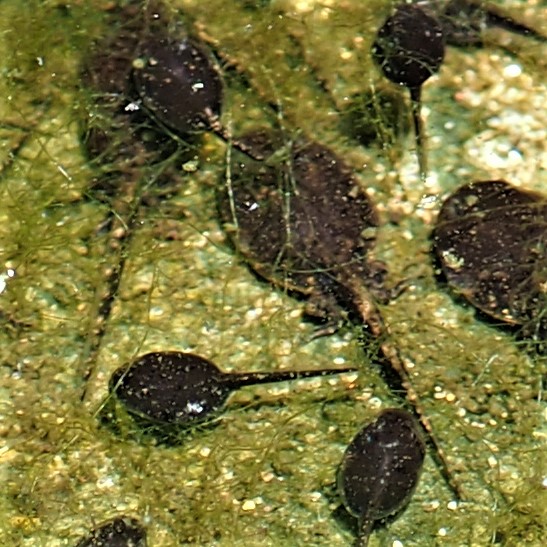
The Flies are becoming ever more interesting. We now see fewer Midges and Fungus Gnats. We do still get Mosquitoes and unfortunately they are extremely hungry nowadays. Chaim says that he heard that Equine Encephalitis is beginning to move into the area. OFF seems to do a pretty good deterring them. One I'm pretty sure was the Asian Rock Pool Mosquito (picture 1). I don't know what the little one is, but it was just as voracious! One of the many flies on the Goutweed was this shiny green bottle.

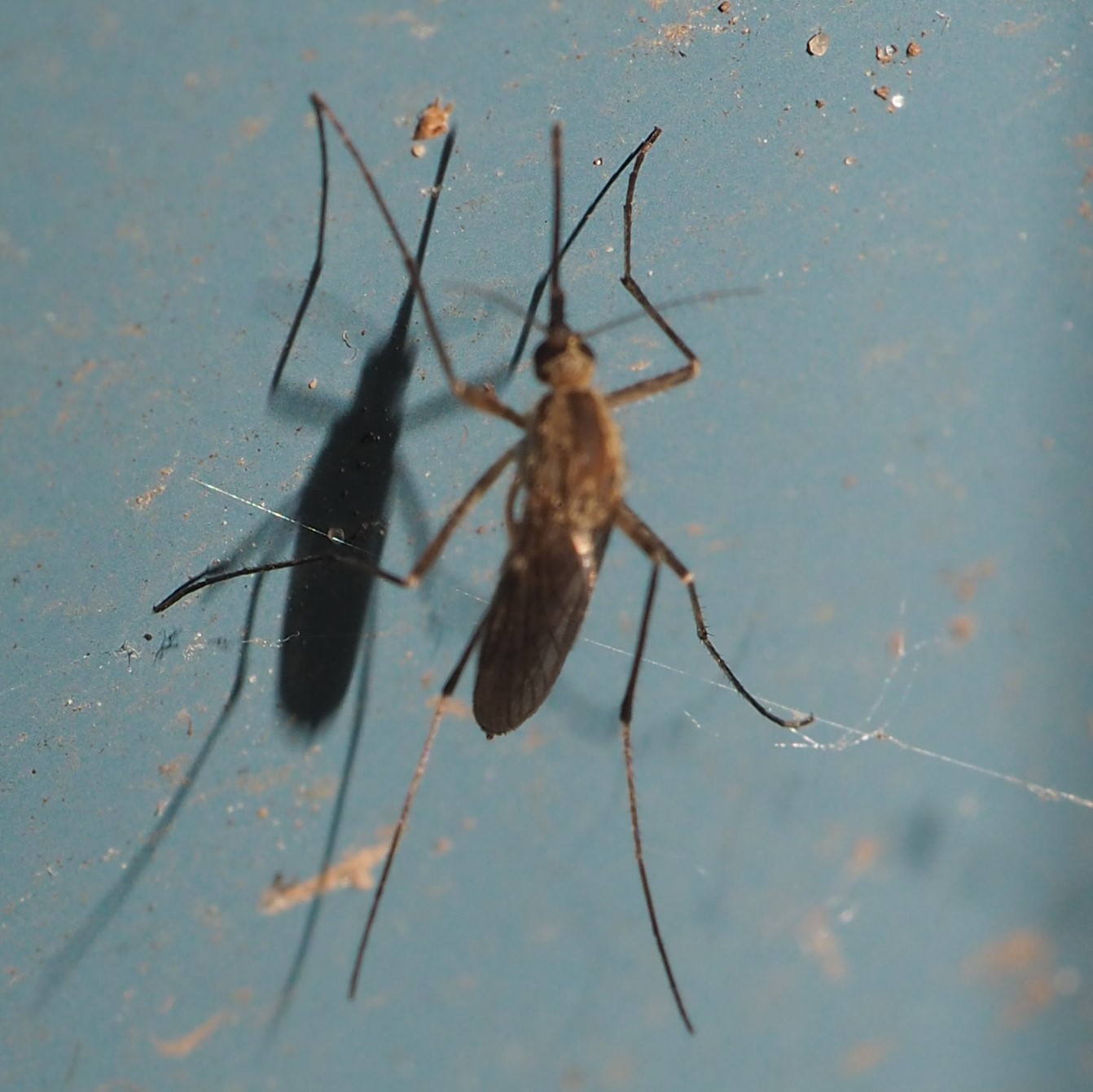
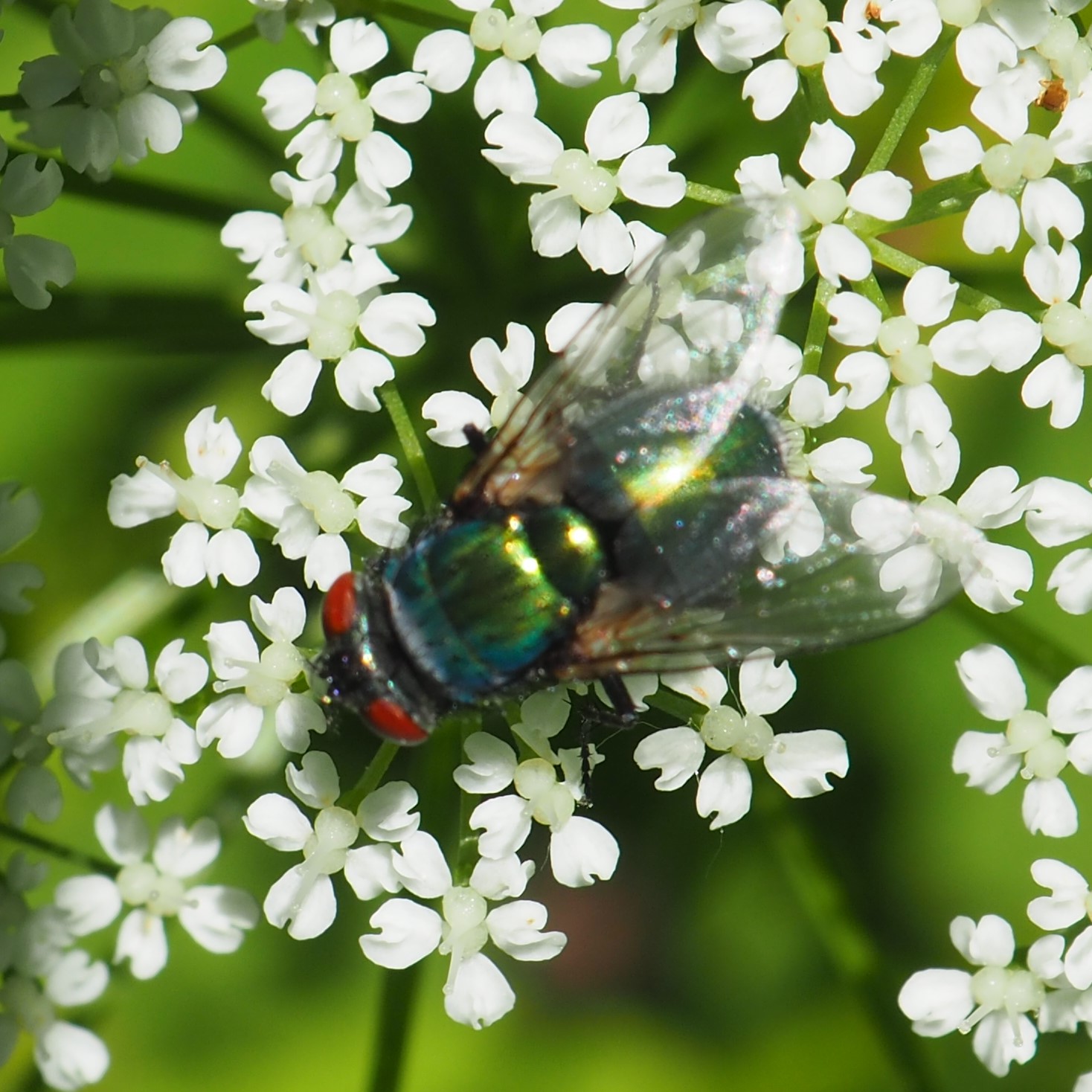
We had two colorful Crane Flies. And two Moth Flies.
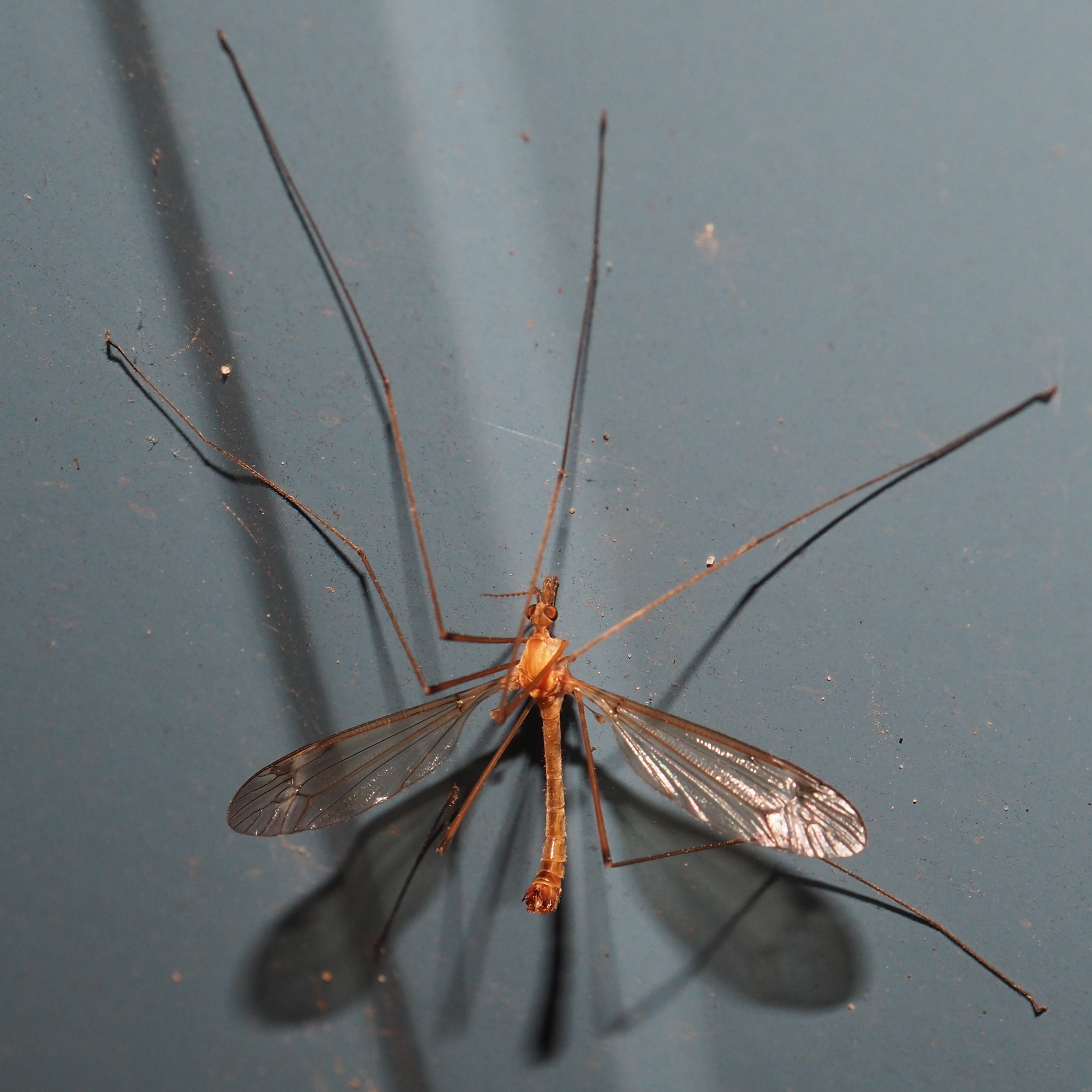

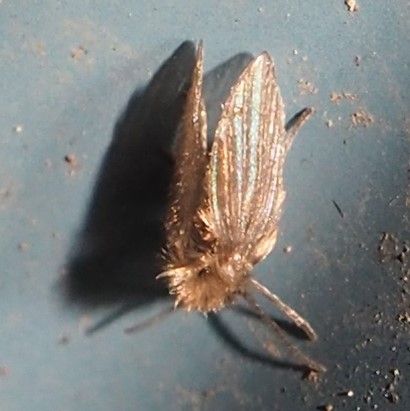
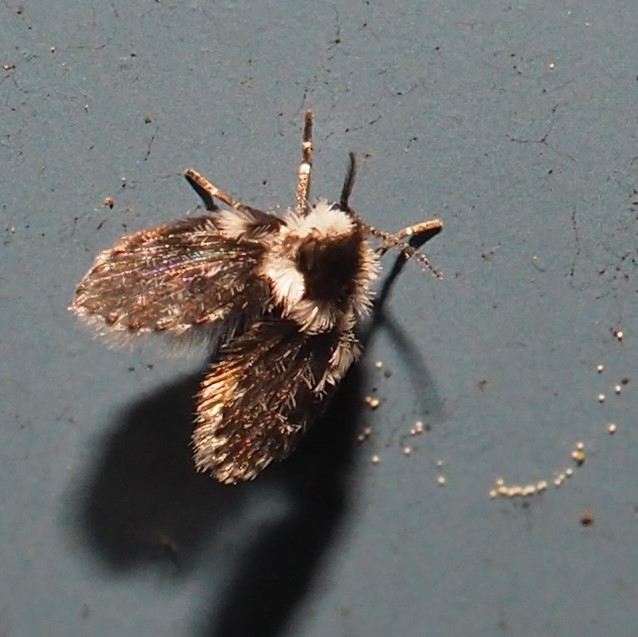
A triplet of Hover Flies graced the Goutweed. First was one I see less often, the "Thick-legged Hover Fly", Syritta pipiens. Then one of the most common, Toxomerus geminatus. And last, one I have hardly ever seen, that was the Oblique Stripetail. Look at the stripe patterns on its body and you'll see why it's called that.
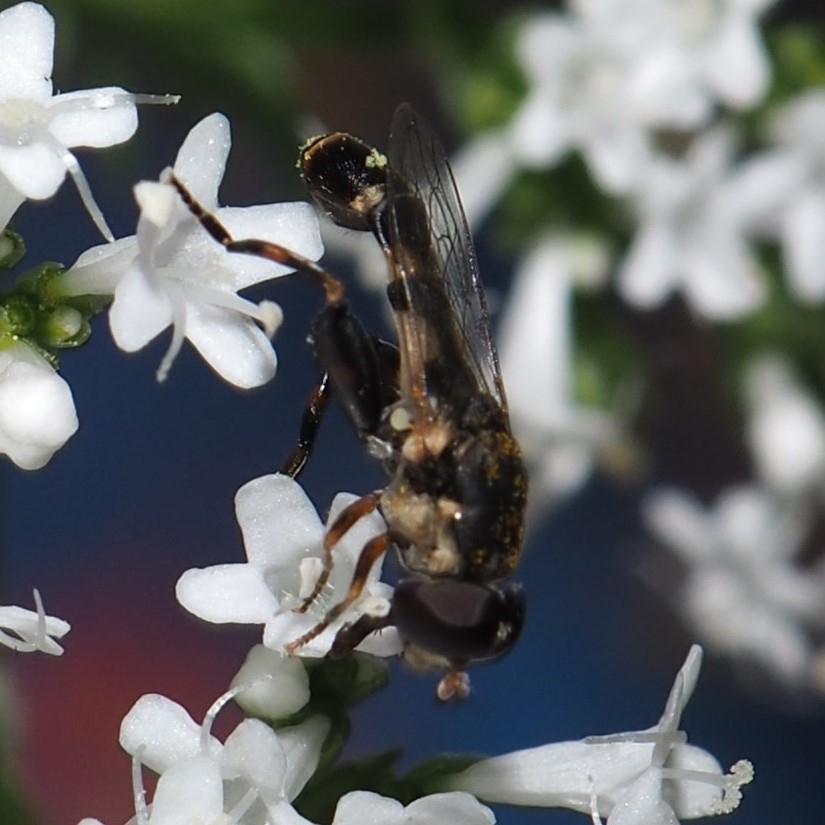
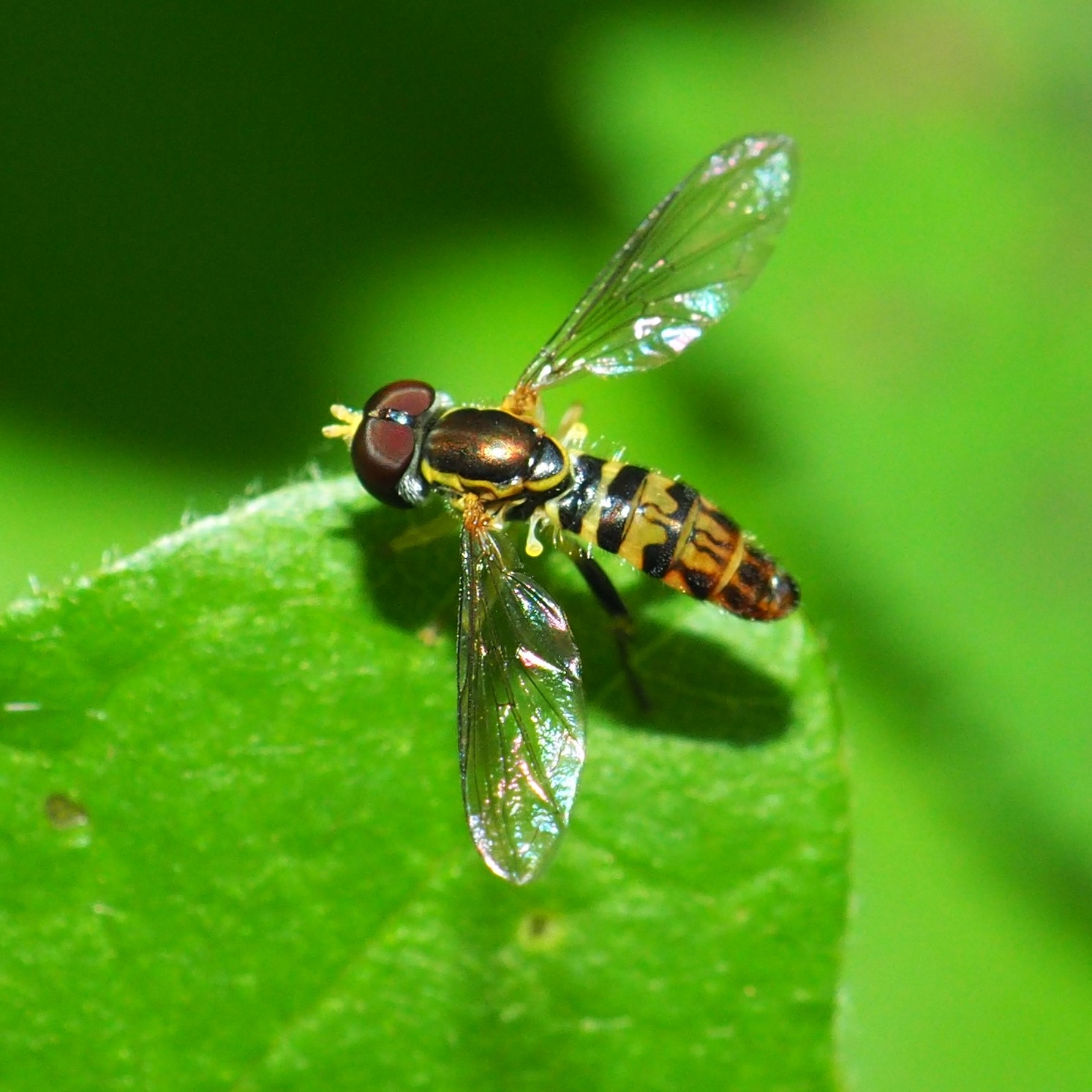
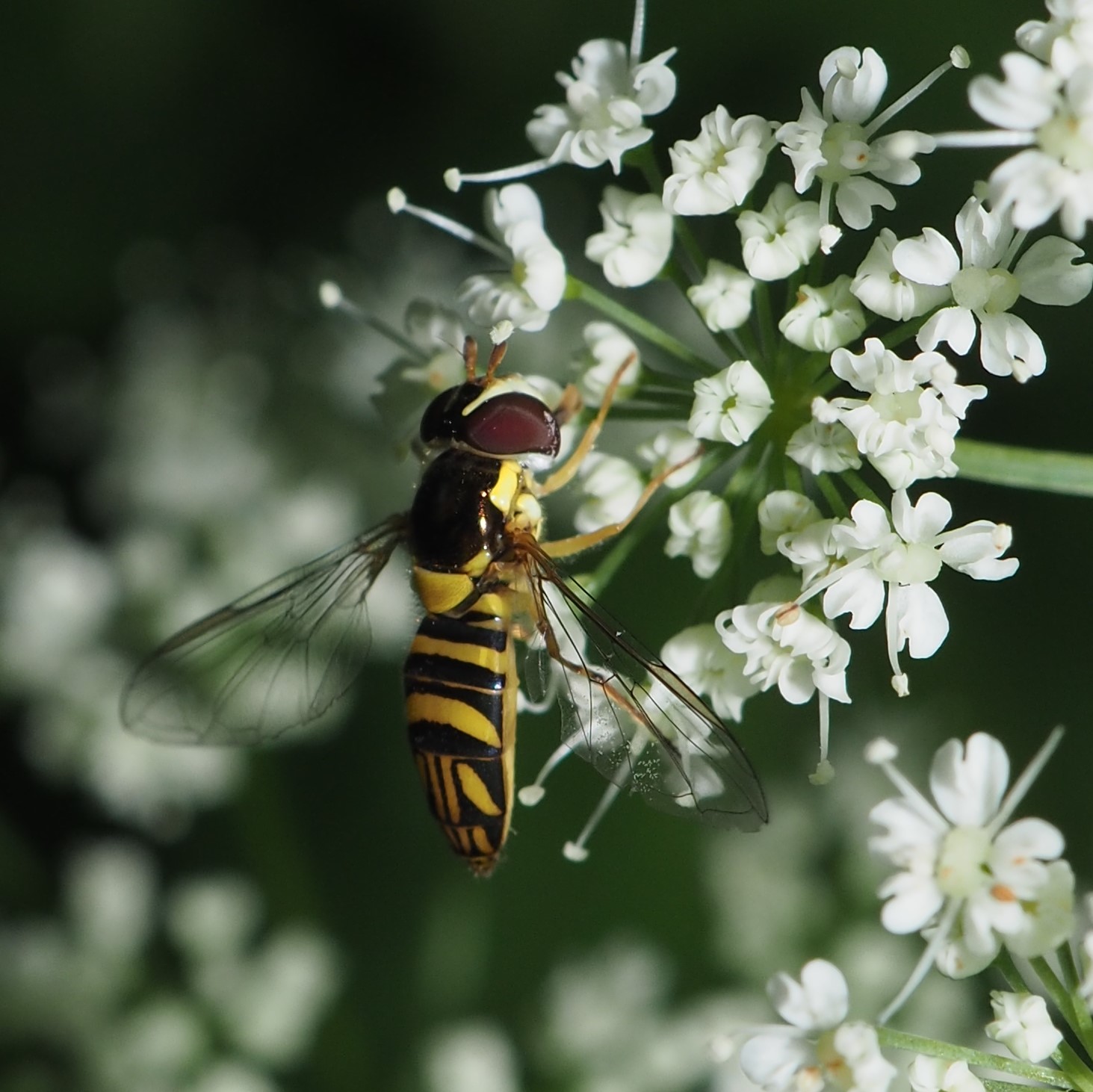
First, a March Fly that I had never seen before, the White-winged March Fly. Then a mysterious-looking Fly, one of the Hybotid Dance Flies, whatever those are. Last, another of those Hybotid Dance Flies, in the genus Platypalpus.
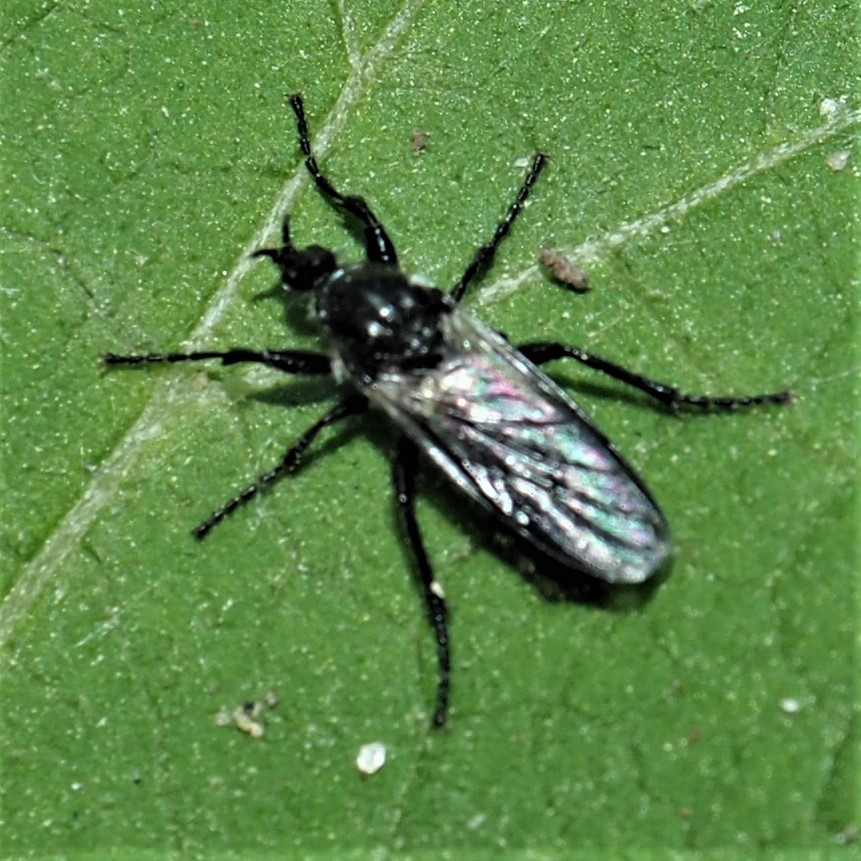
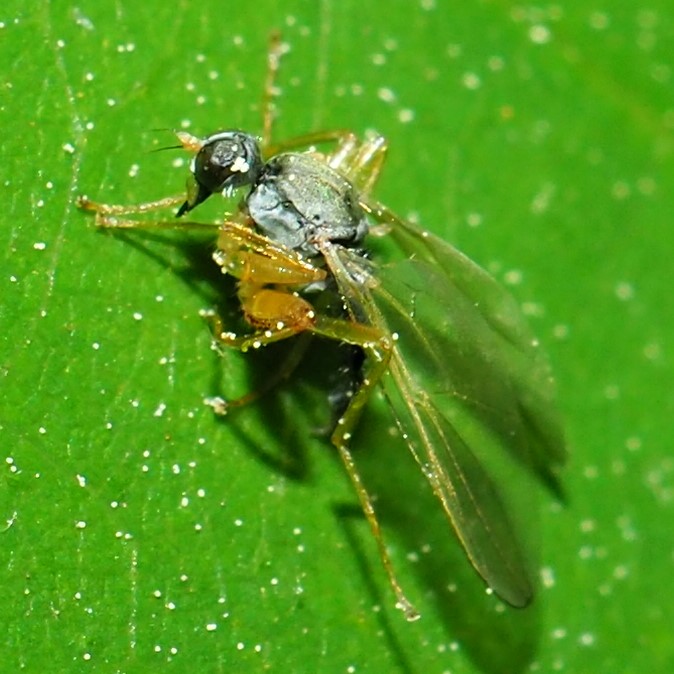
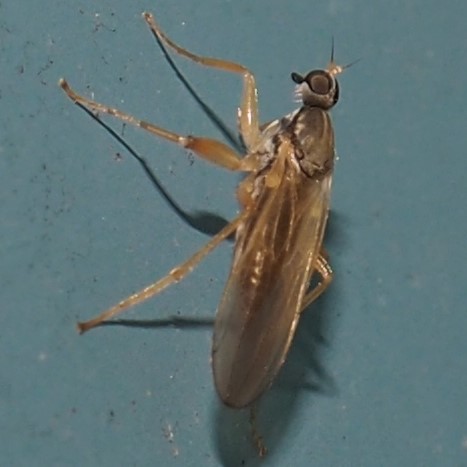
Now, here is some fun. Flies are so varied in appearance and have such interesting names, and here are some of them. First, Rainieria antennaepes, which sounds as if its antenna looks like a leg, and that seems at least partly true. Then we have this lovely iridescent fly, but its name is only just "Long-legged Fly". You would think it would have a gorgeous name like Rain Forest Glitterama, but it doesn't. Third is a "Hump-backed Fly".
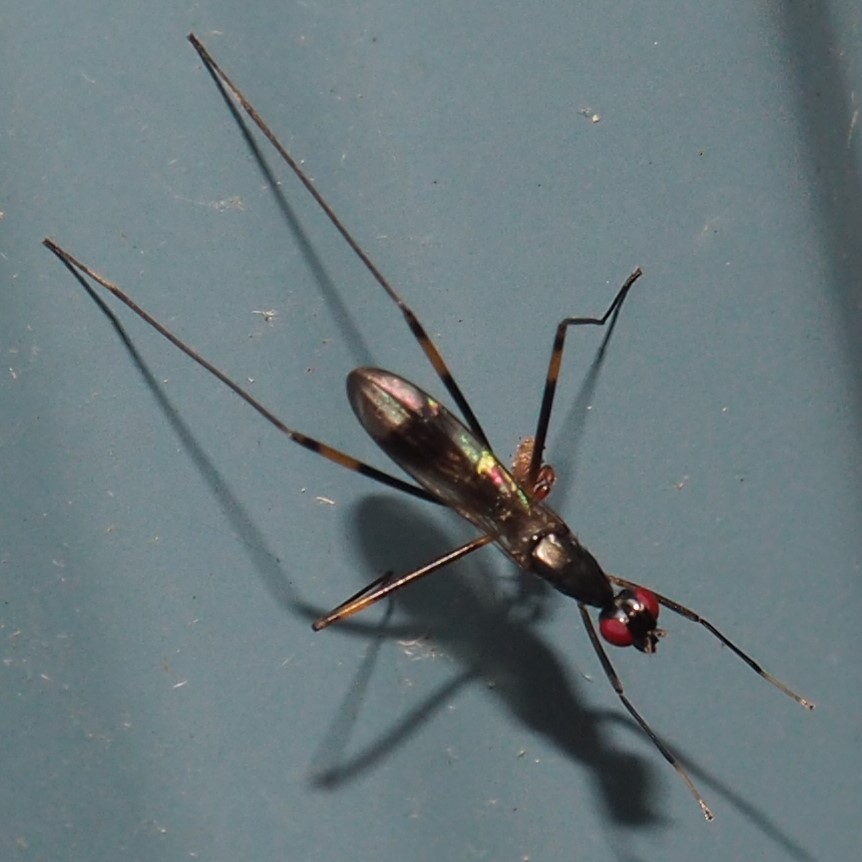

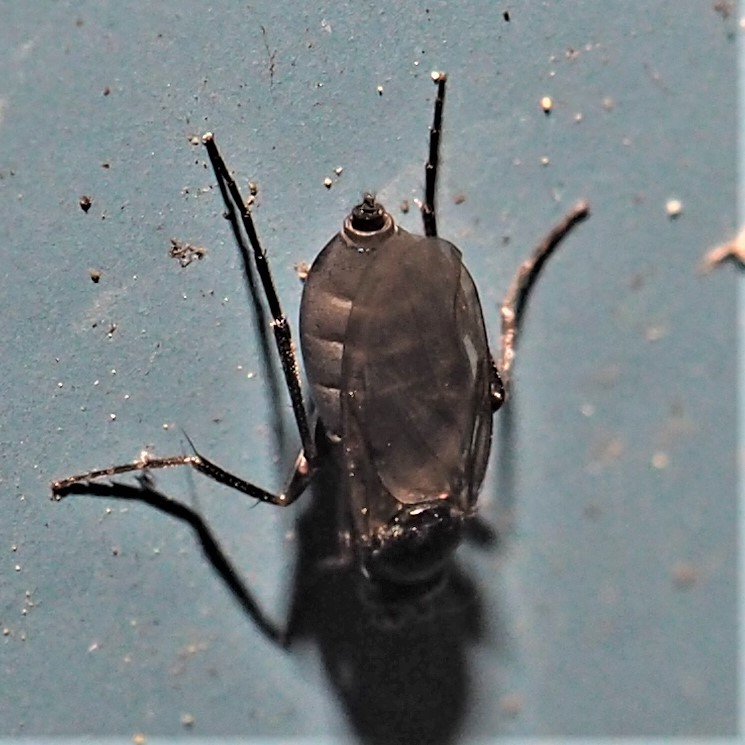
Remember back in the Bees, when we had the Robber Fly that was masquerading as a Bumble Bee? Well, here is another Robber Fly, the Striped-leg Robber Fly, and what a piece of prey it seems to have caught! Next, a Rust Fly by the name of Lonicera cylindrica. Picture 3 just shows its bright-red abdomen, where the rest of the fly is in a shadow.
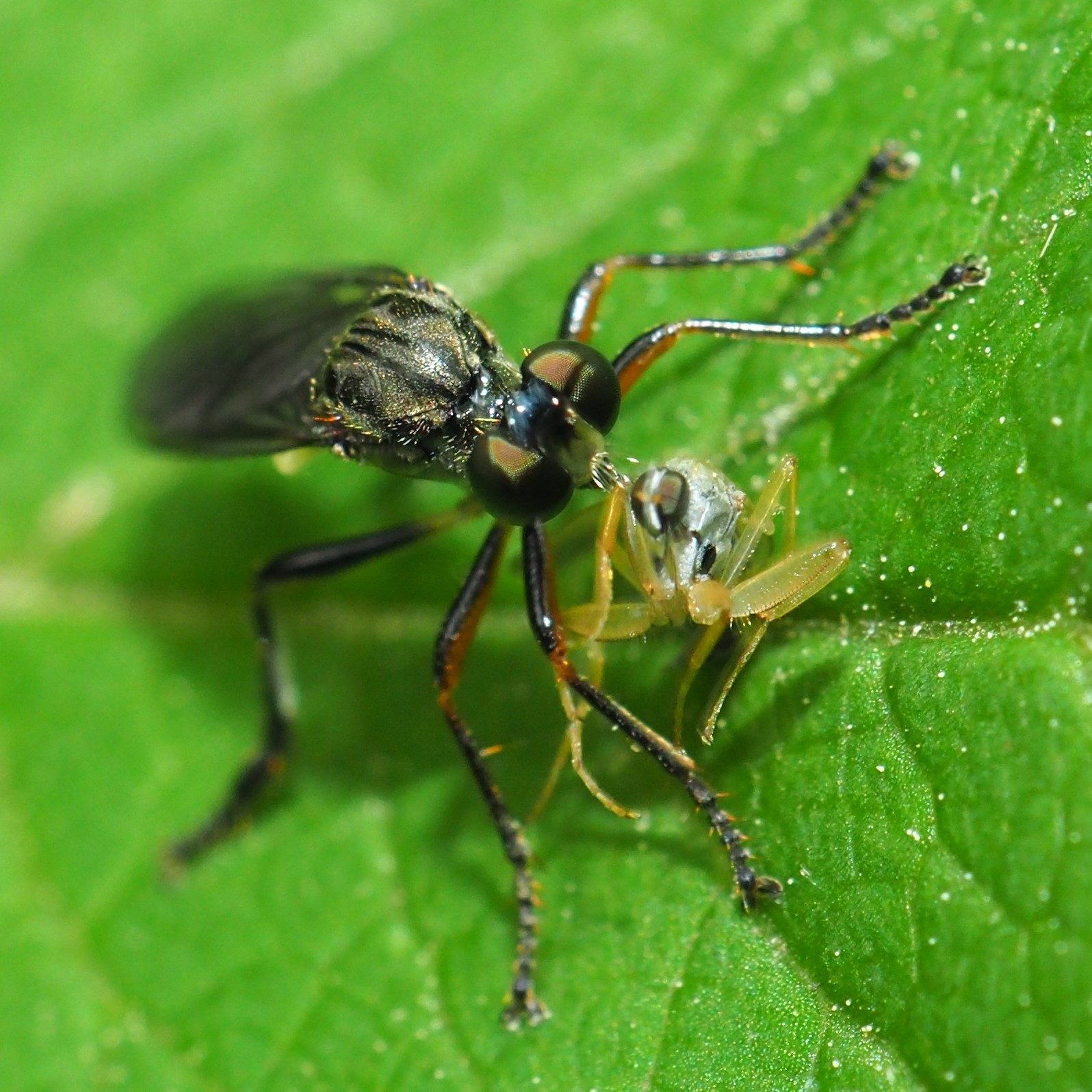

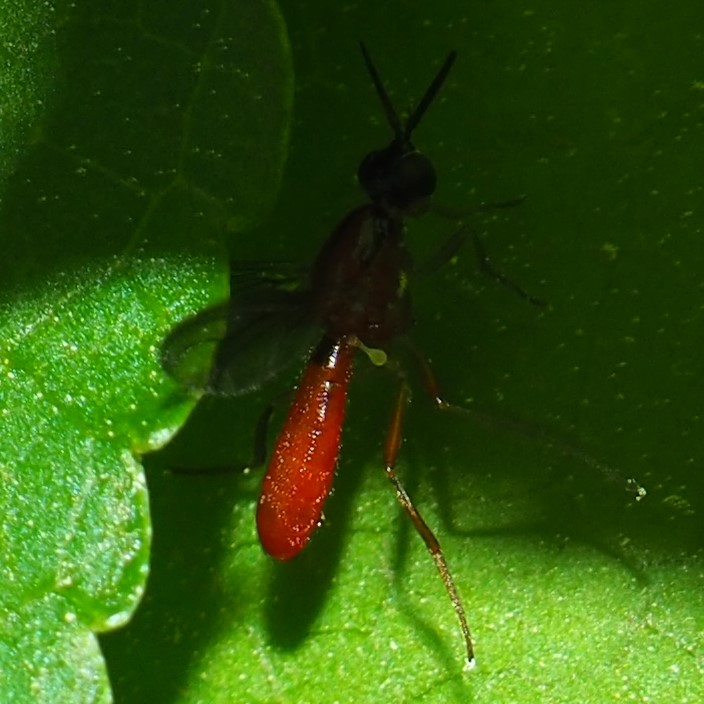
Here is that Northern Summer Mayfly again. And while we're in the M's, here is one of the tiniest red mites I ever saw.
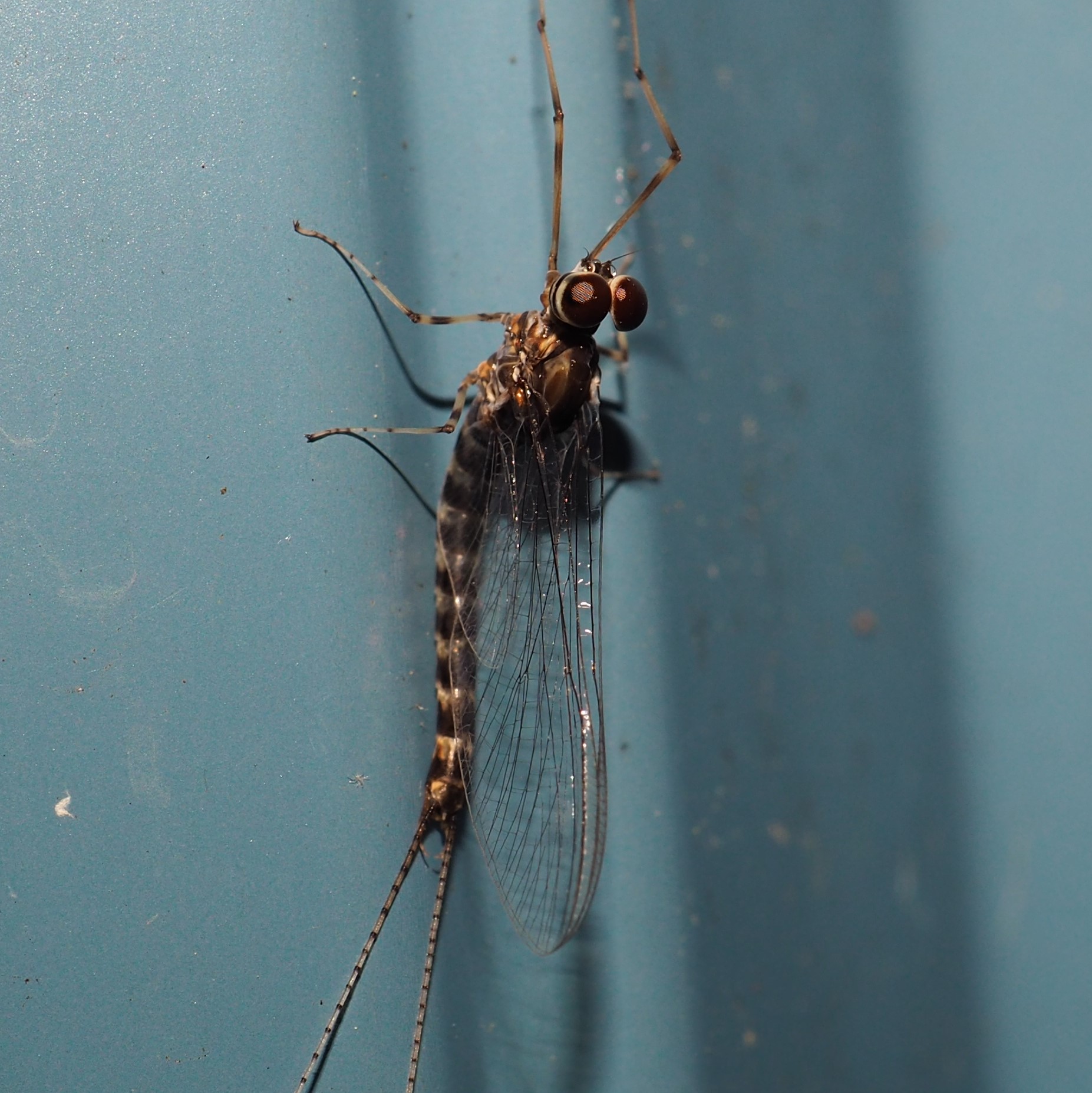

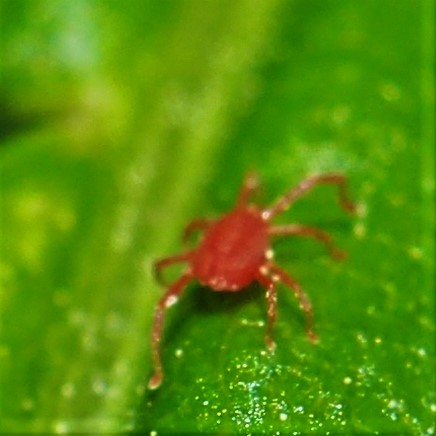
We got quite a lot of little Moths this week (little meaning about a quarter-inch or about 6 millimeters long). I don't know what any of these are, although the last one looks familiar.
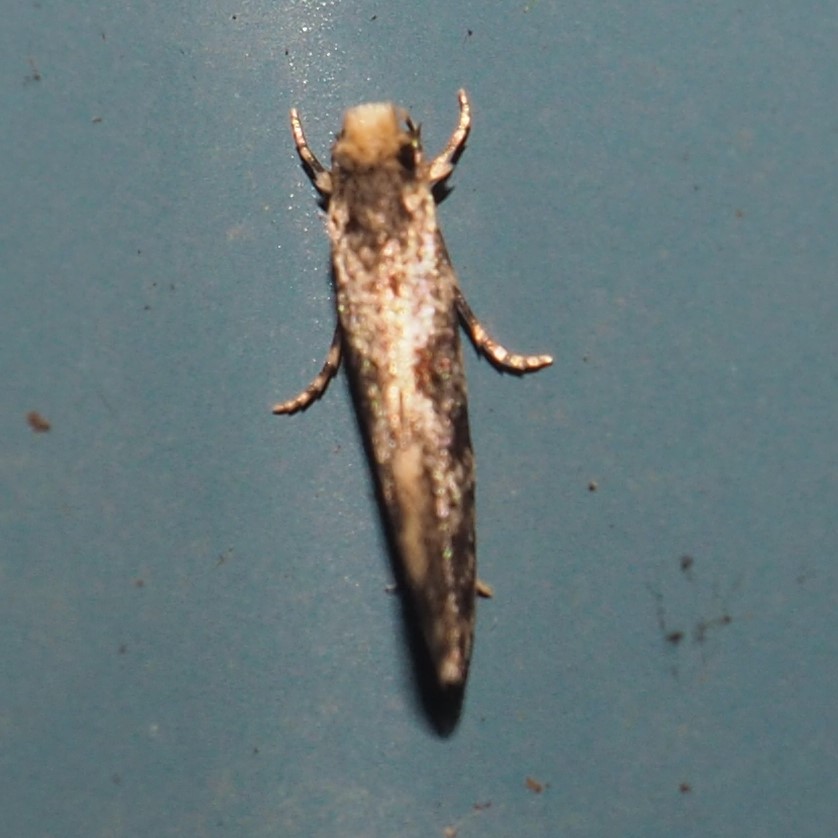
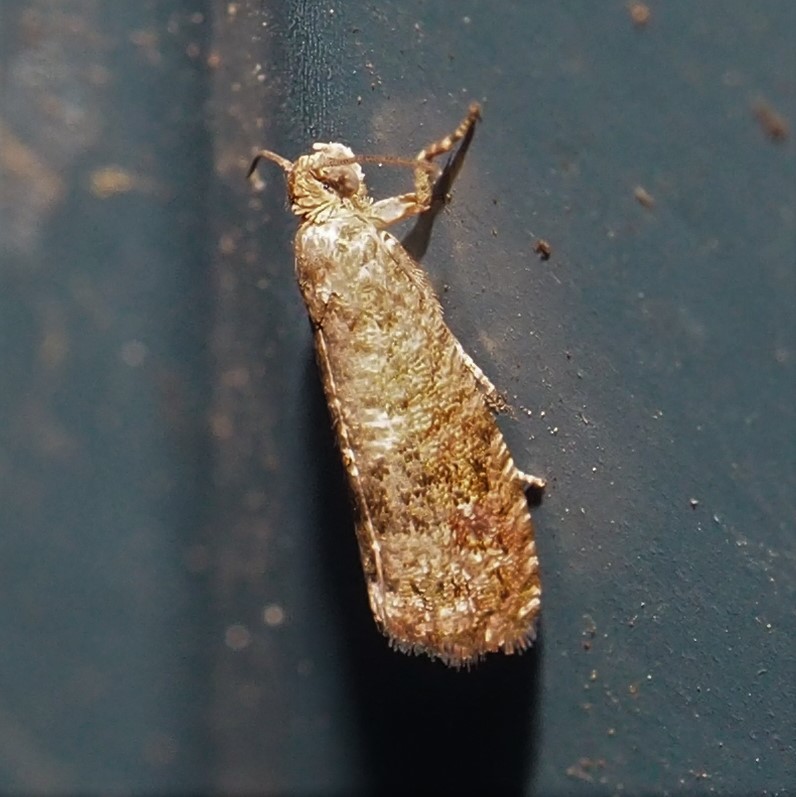
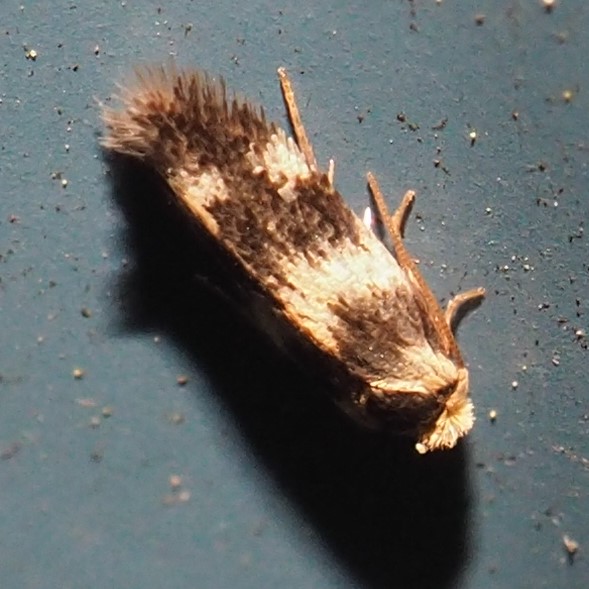
There were also a couple of Bigger Moths. First is a Pink-barred Pseudeustrotia Moth; then the Eyed Paectes Moth, which is so fuzzy because it was getting on toward Twilight and the part of the Wall where the Moth was, was dark. Third is not a whole Moth, but one hind wing of a Polyphemus Moth. It was lying on the ground when I was moving out some trash. I put it on top of the garbage can to photograph it. I used to raise Polyphemus Moths - if you ever want to do that, I could help you get started and avoid some mistakes - they aren't the easiest Moths to raise...

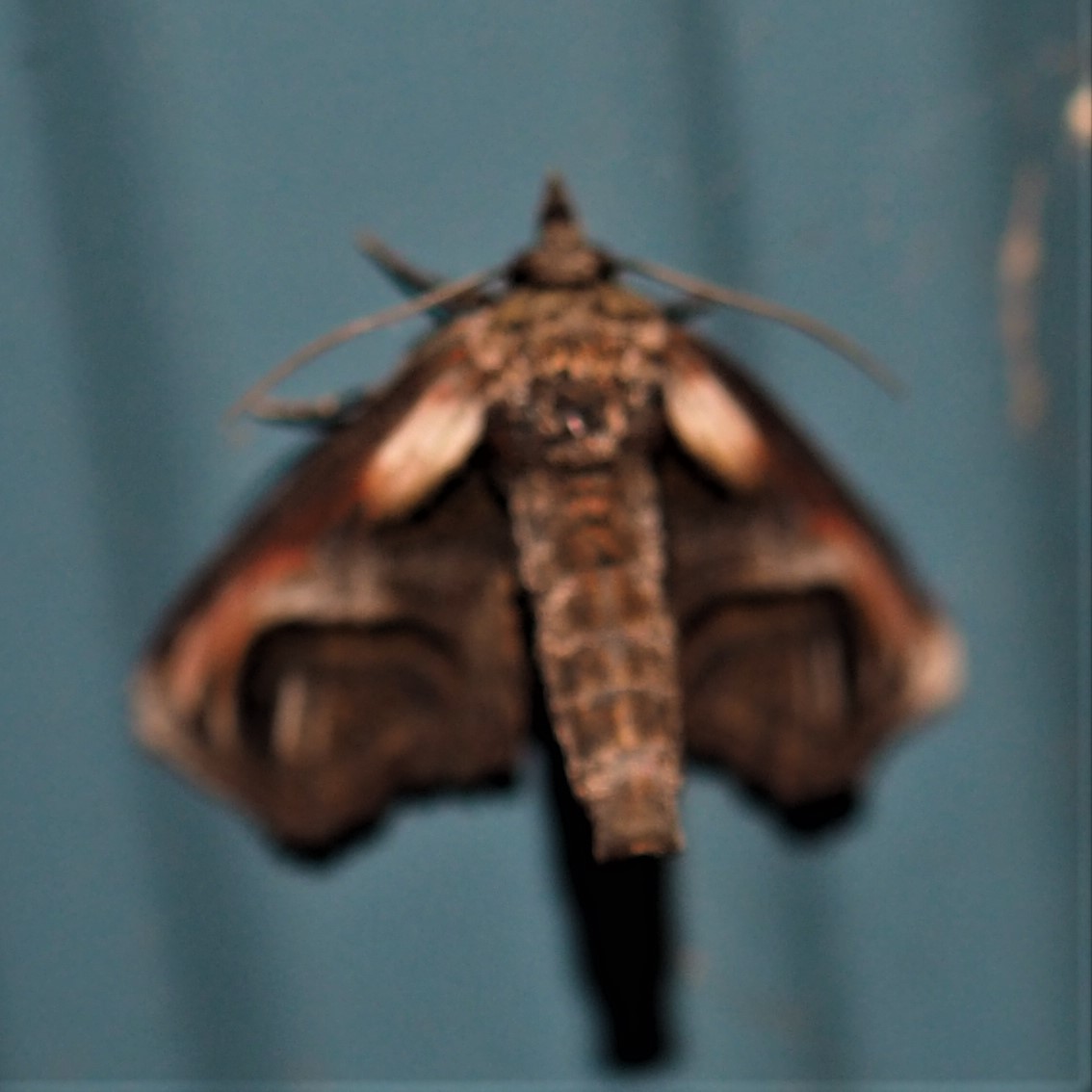
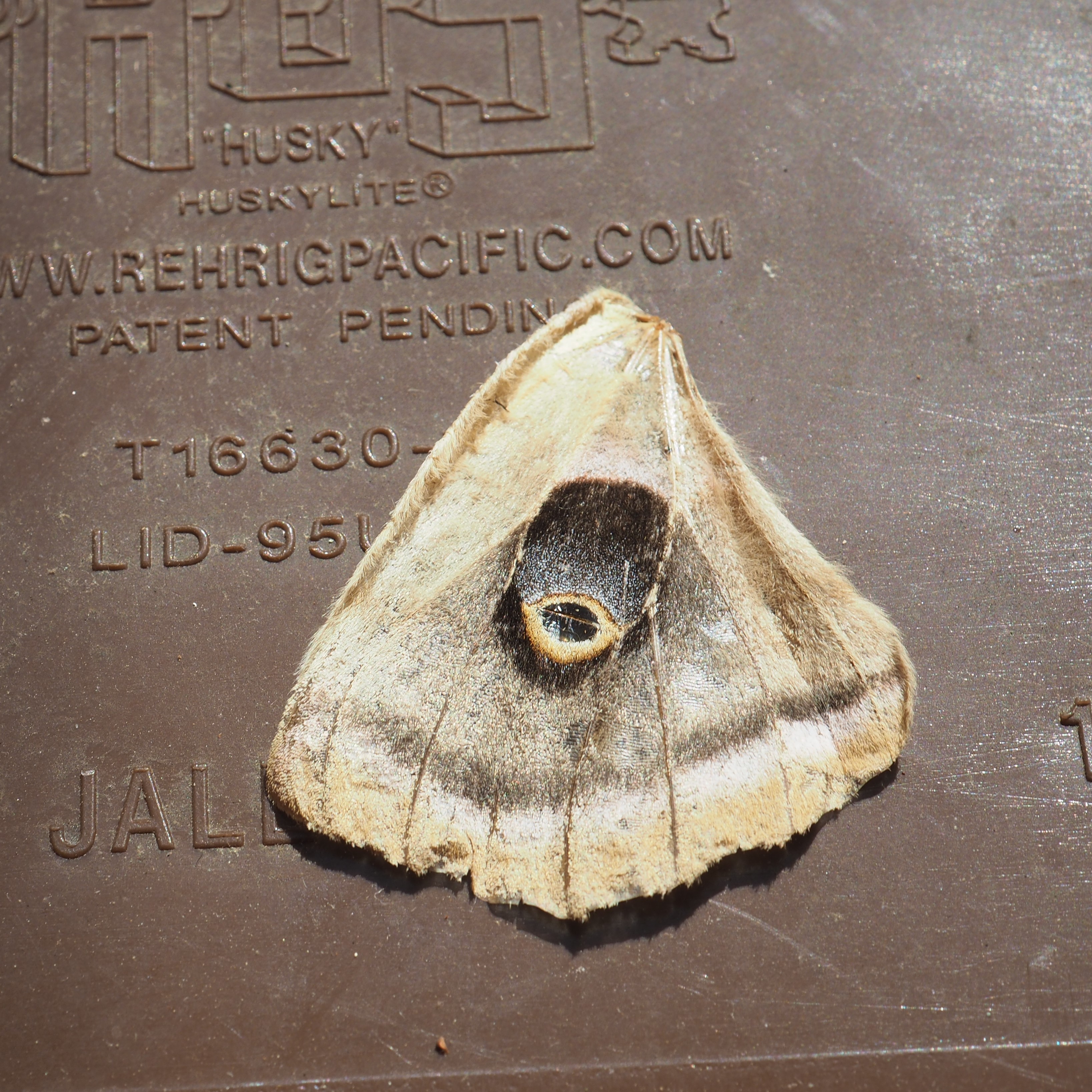
How about that! I left two Butterflies for last, but I wanted to keep them grouped with the Moths. First is a Red Admiral, sitting in some plants waiting for me to go away. The others are Silver-spotted Skippers. There were actually three of them at that moment - they must really love that Heliotrope - funny how it and the Goutweed bloom at the same time and both have tiny white flowers and they attract several of the same things.

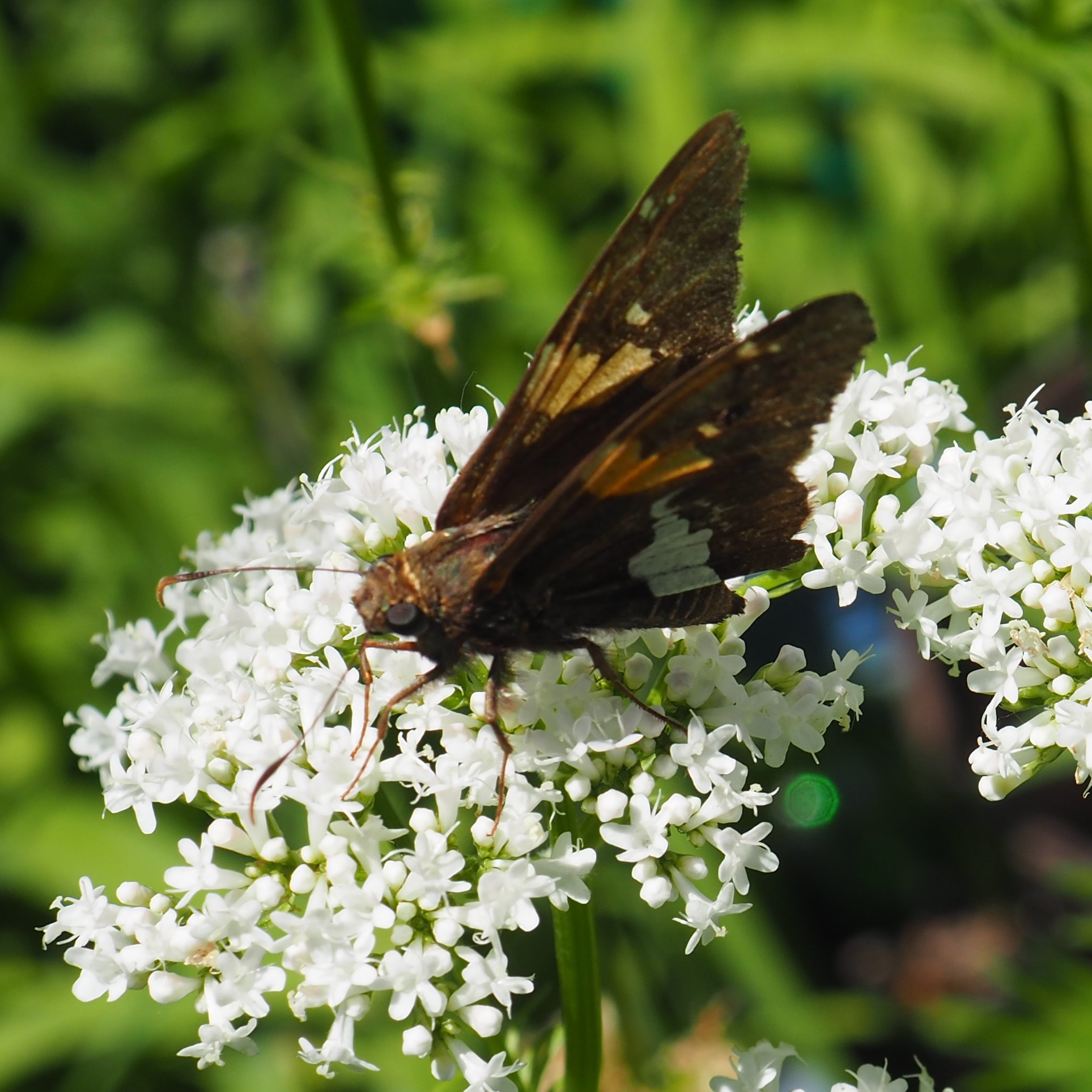
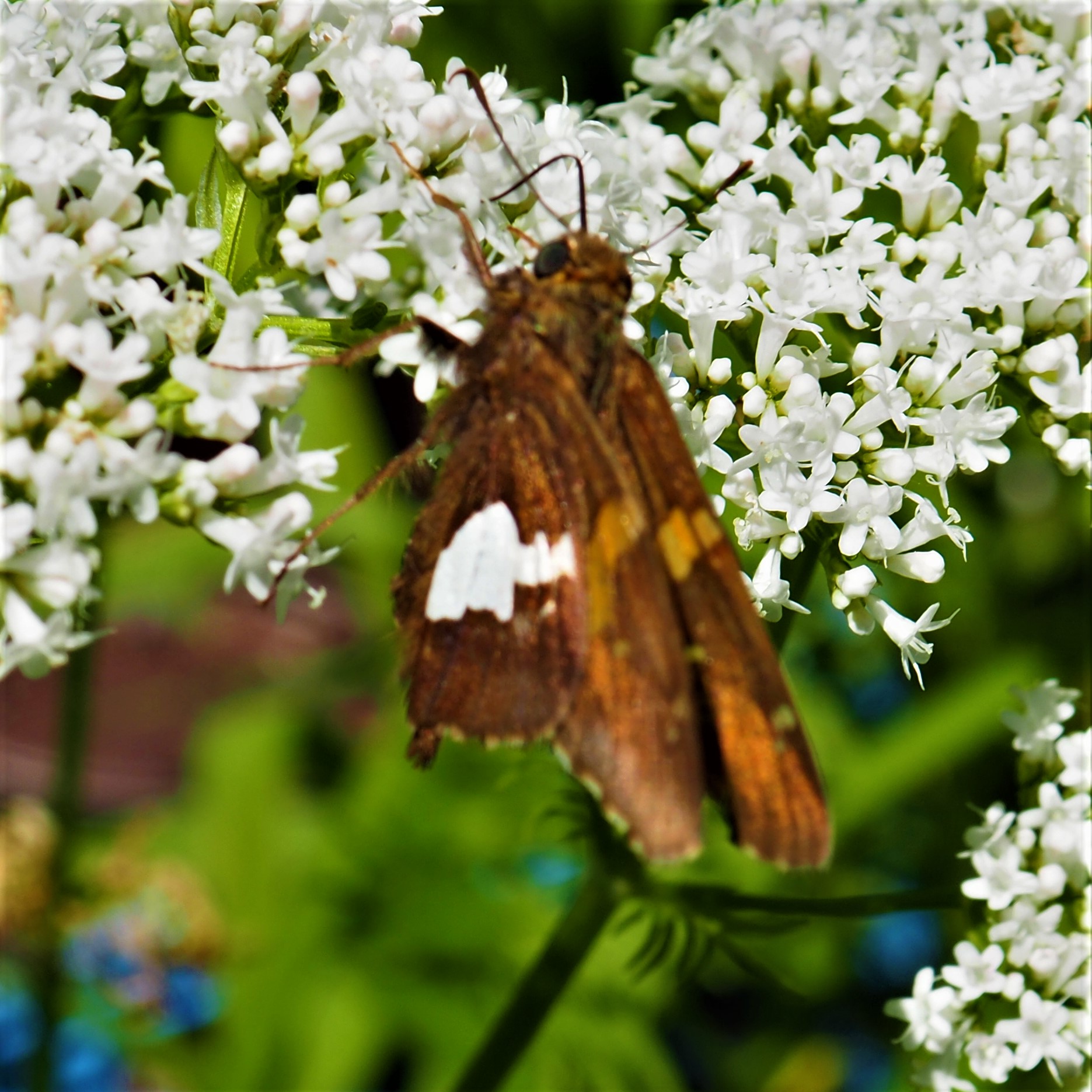
Since we're almost to the Spiders, I thought you might like a flower break. Here is the last of that Pink Columbine - remember what a big plant it was at its height? Don't worry, there is apparently another kind about to bloom. Third is that re-blooming Dianthus from the deck.
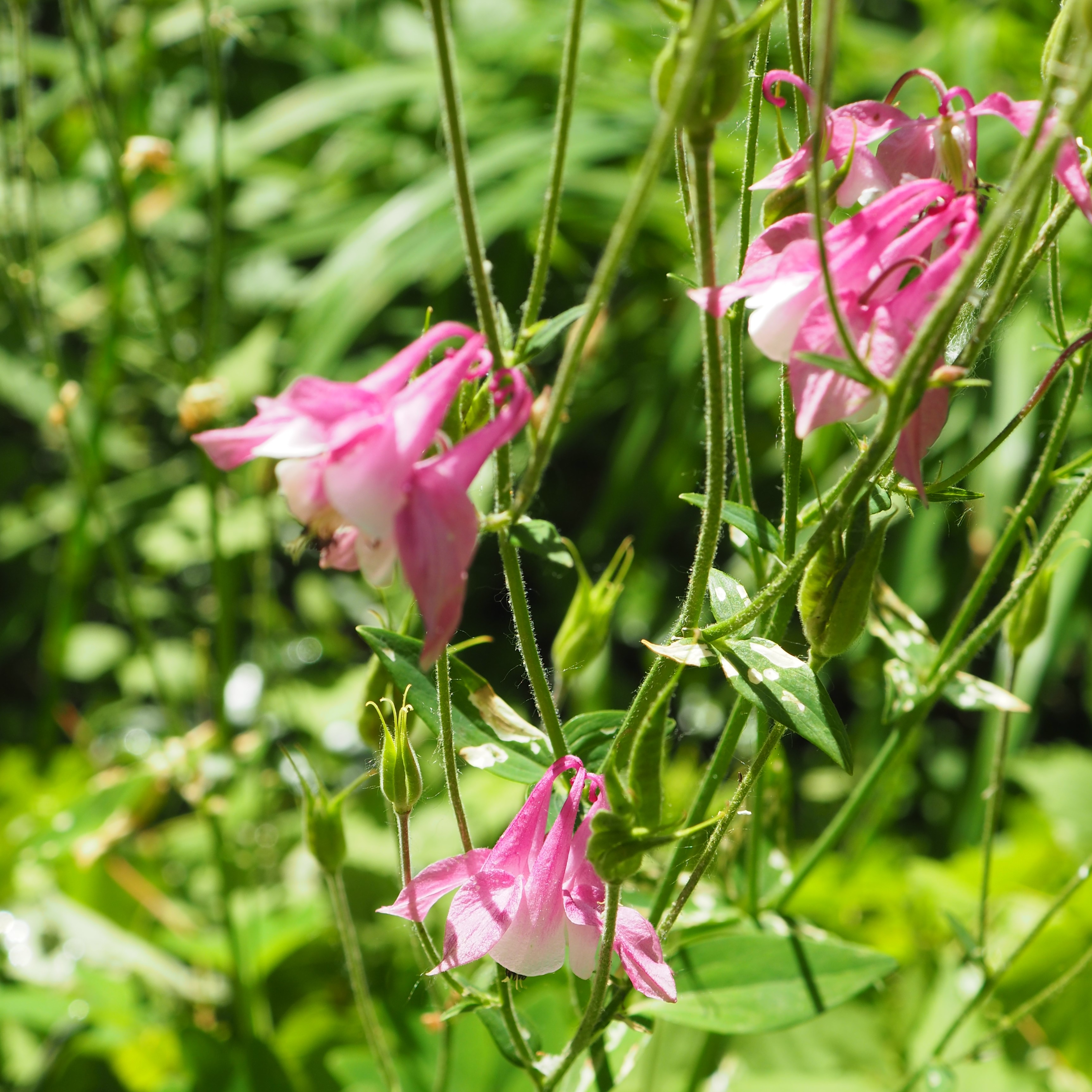

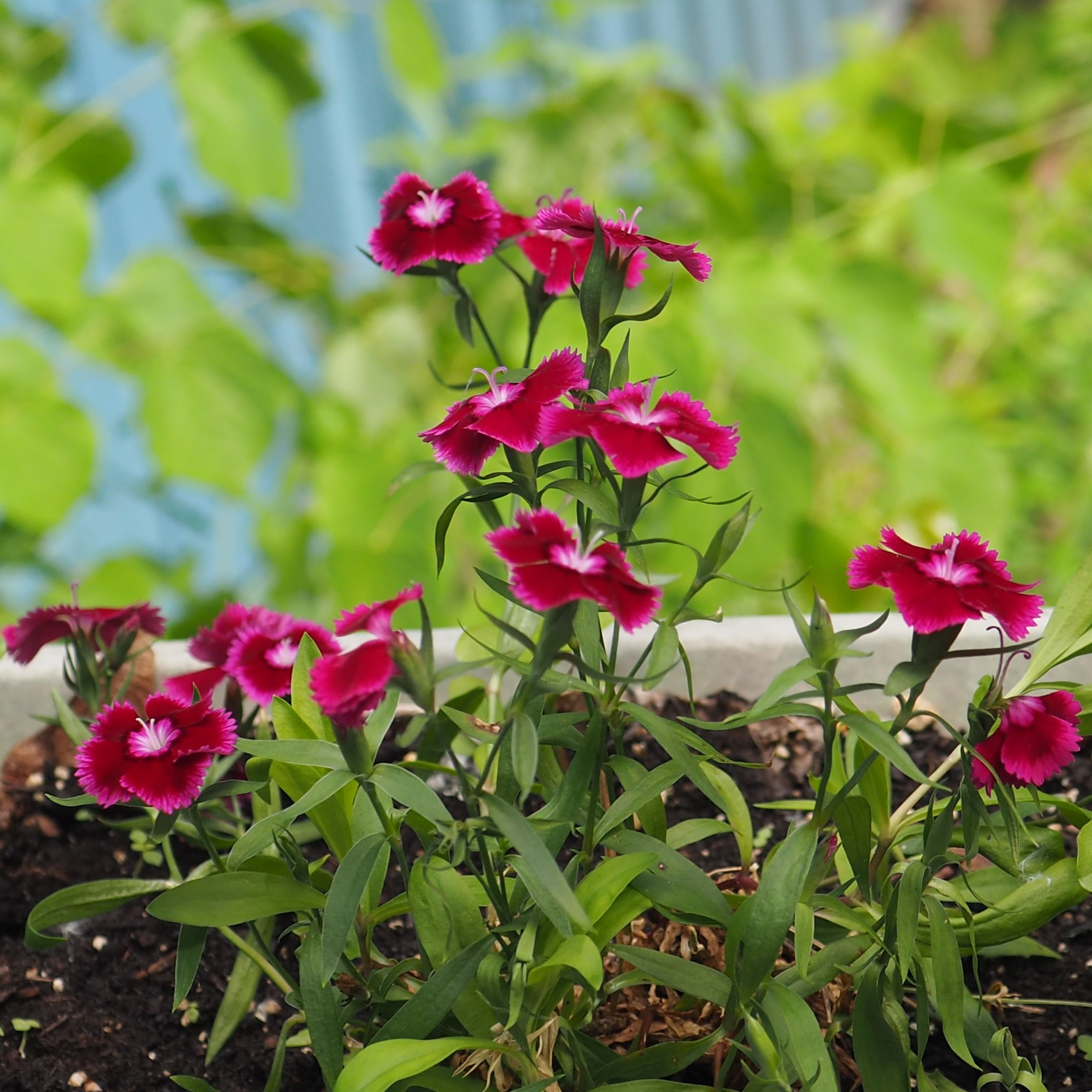
Near the northwest corner of the Shop Wall is this little Daisy that volunteered itself from somewhere! Then here's some Hawkweed from the front yard. And last is the Crane's Bill Geranium from the South side of the house. These things come up wherever they like!
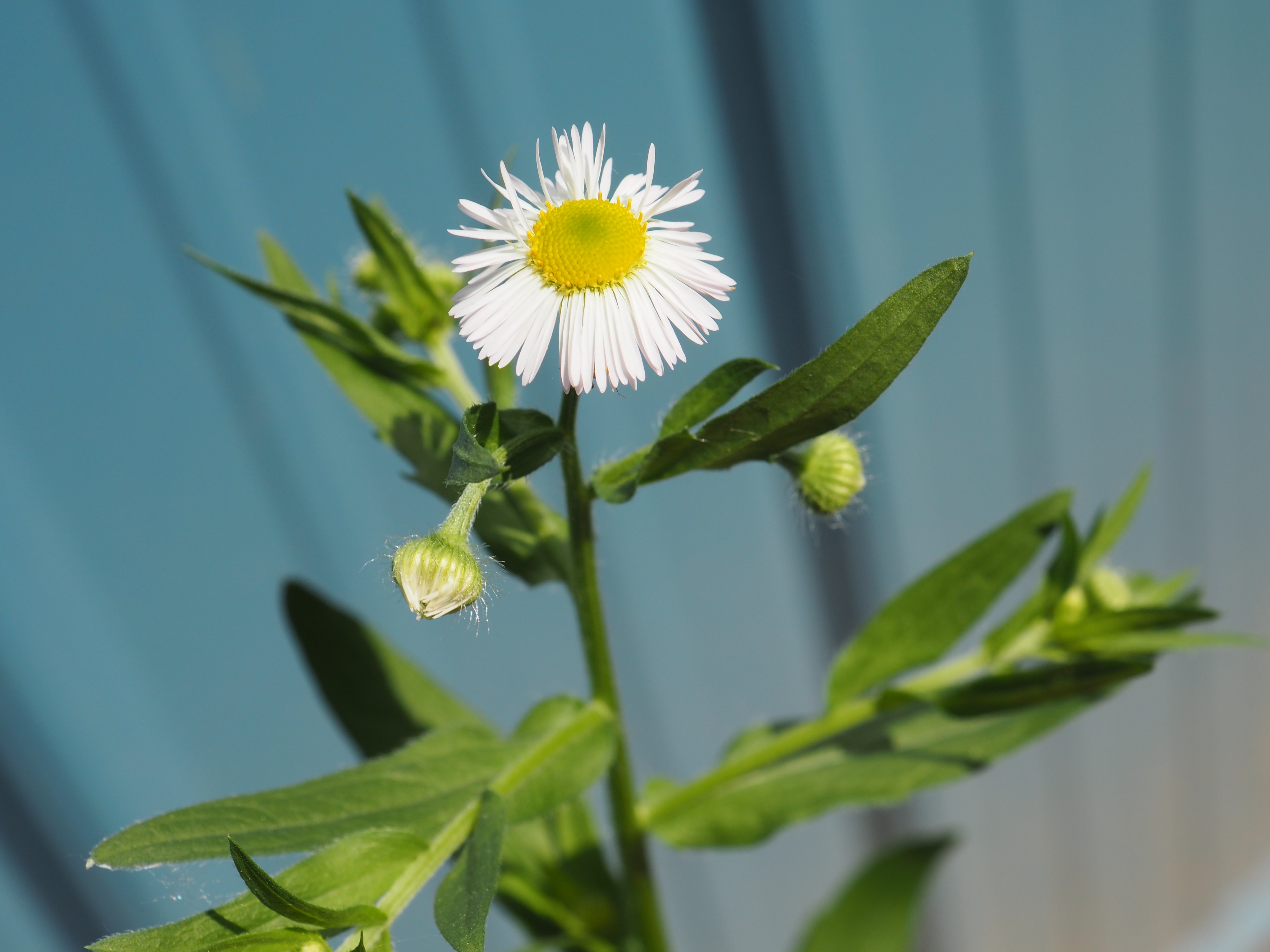
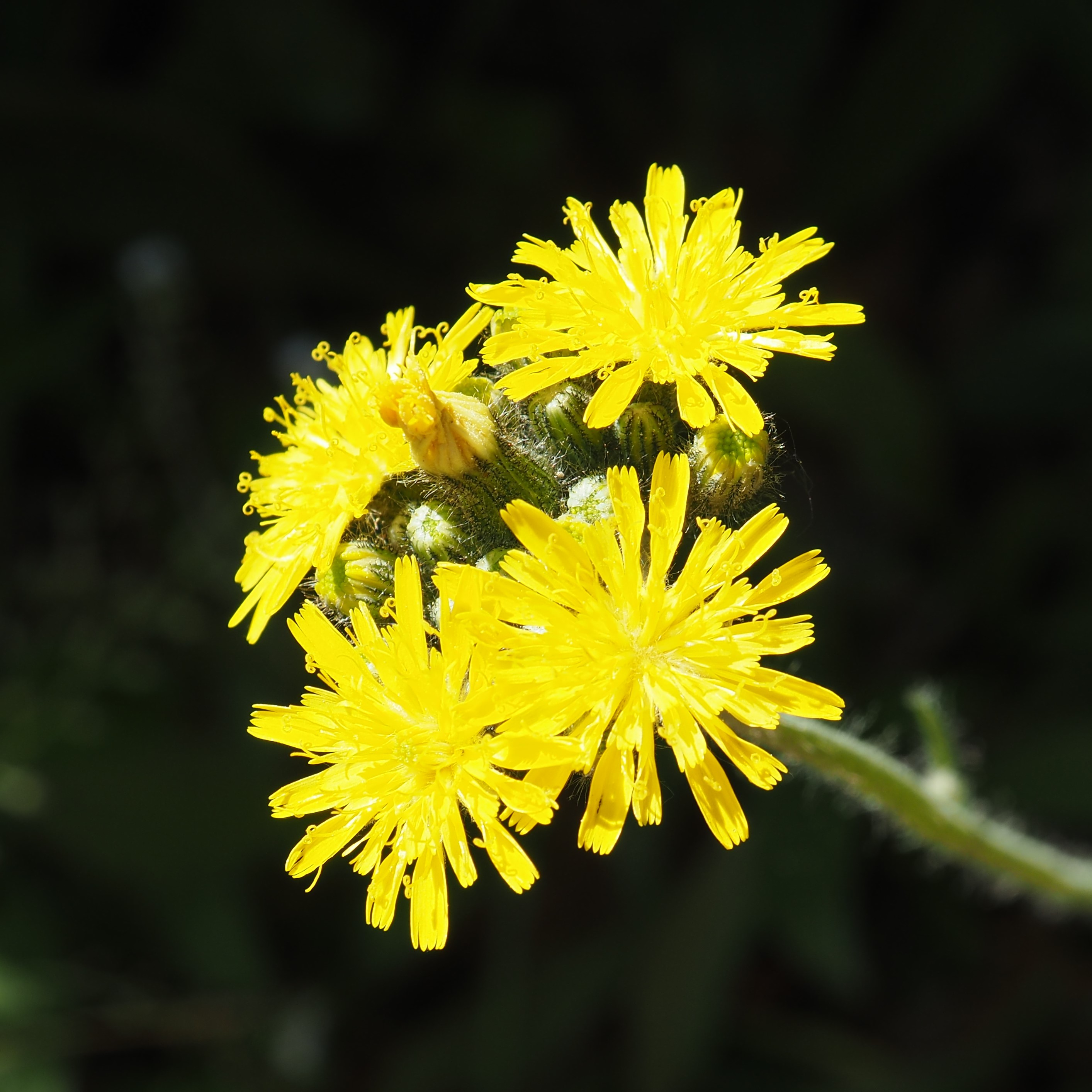

The Spiderwort comes in all gradations of blue from purple to whitish.
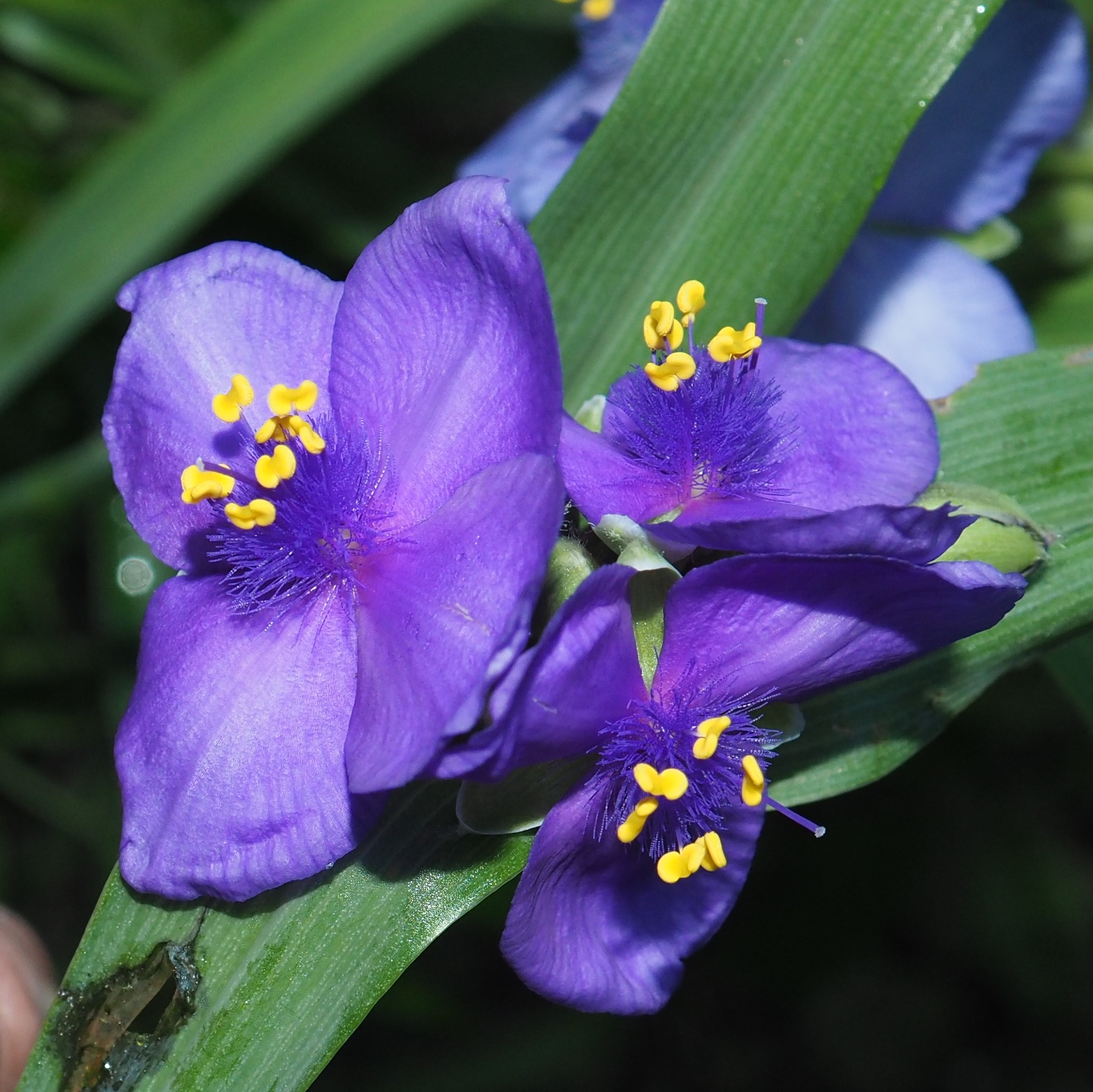
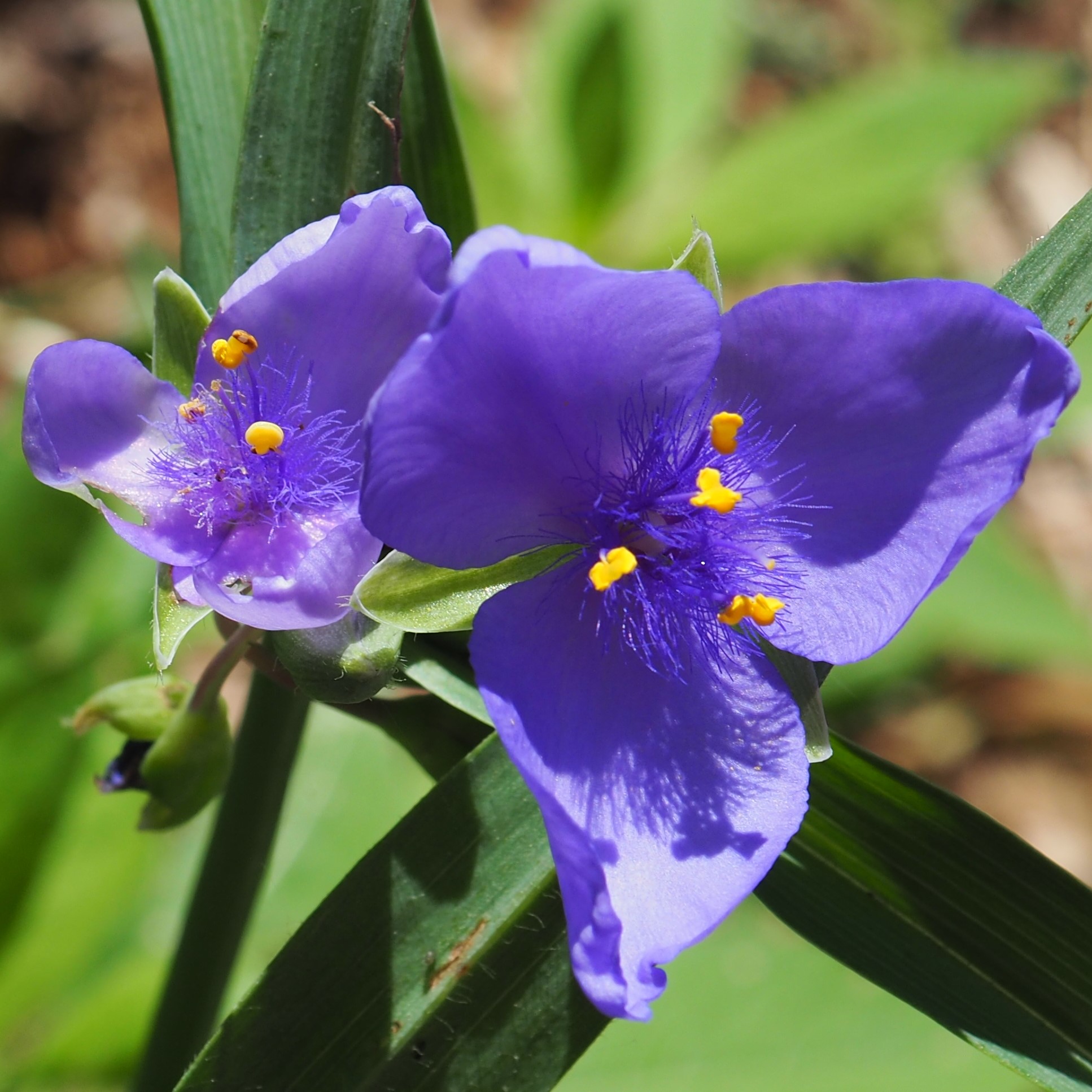
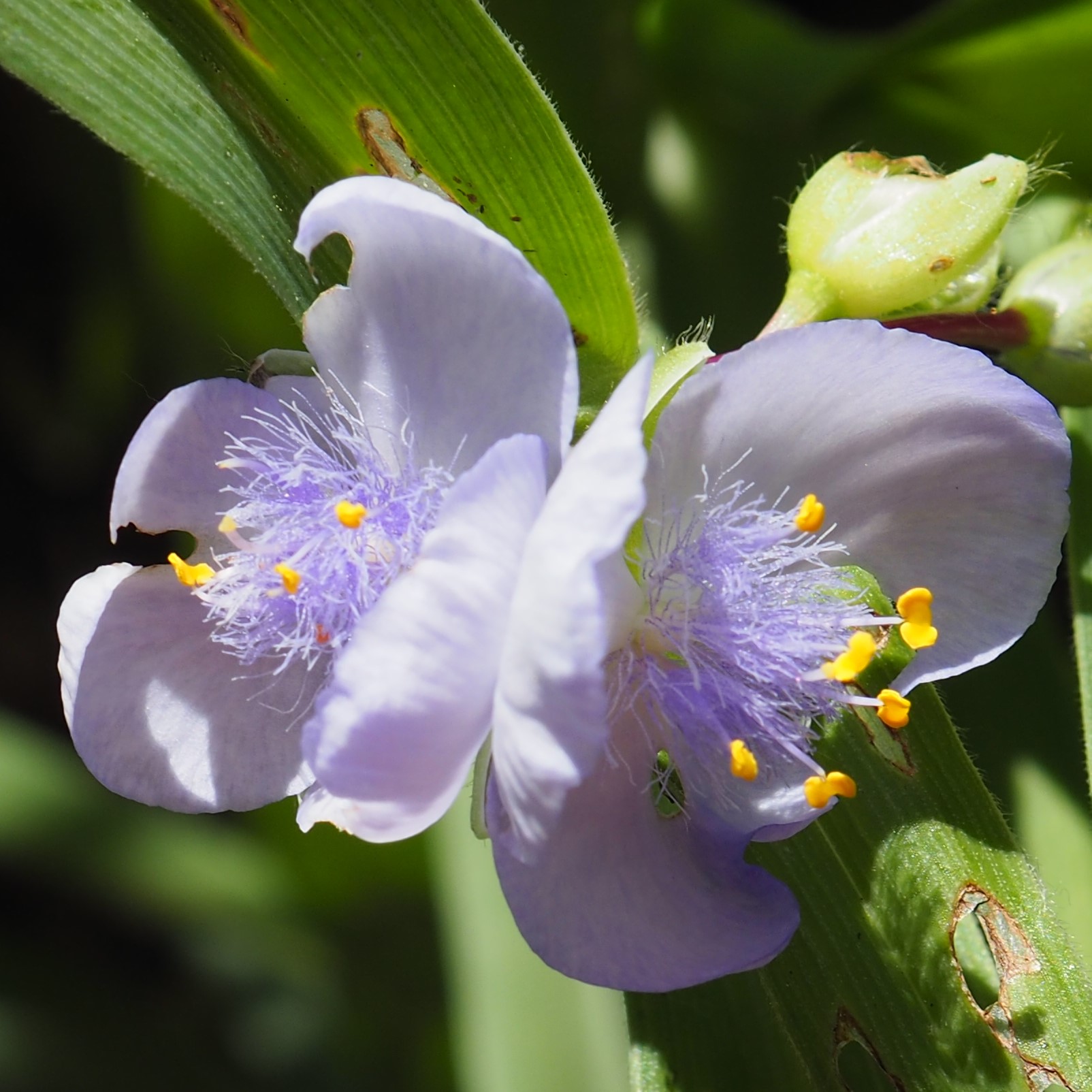
If you are a blue's brother or sister, the Baptisia never fails. It is also mysteriously loved by Bumblebees but mostly sits serenely with its foot-long spears of pea-flowers. I can't tell if it has any odor or not but when I recall it, I think it must have a delicious smell to go along with the beautiful flowers. Second is the Weigelia just starting to bloom in the Seelys' yard. I really appreciate when my friends share their photos. This week my friend Pavel Zabrodskii sent us this gorgeous Rose from Saratov, Russia.
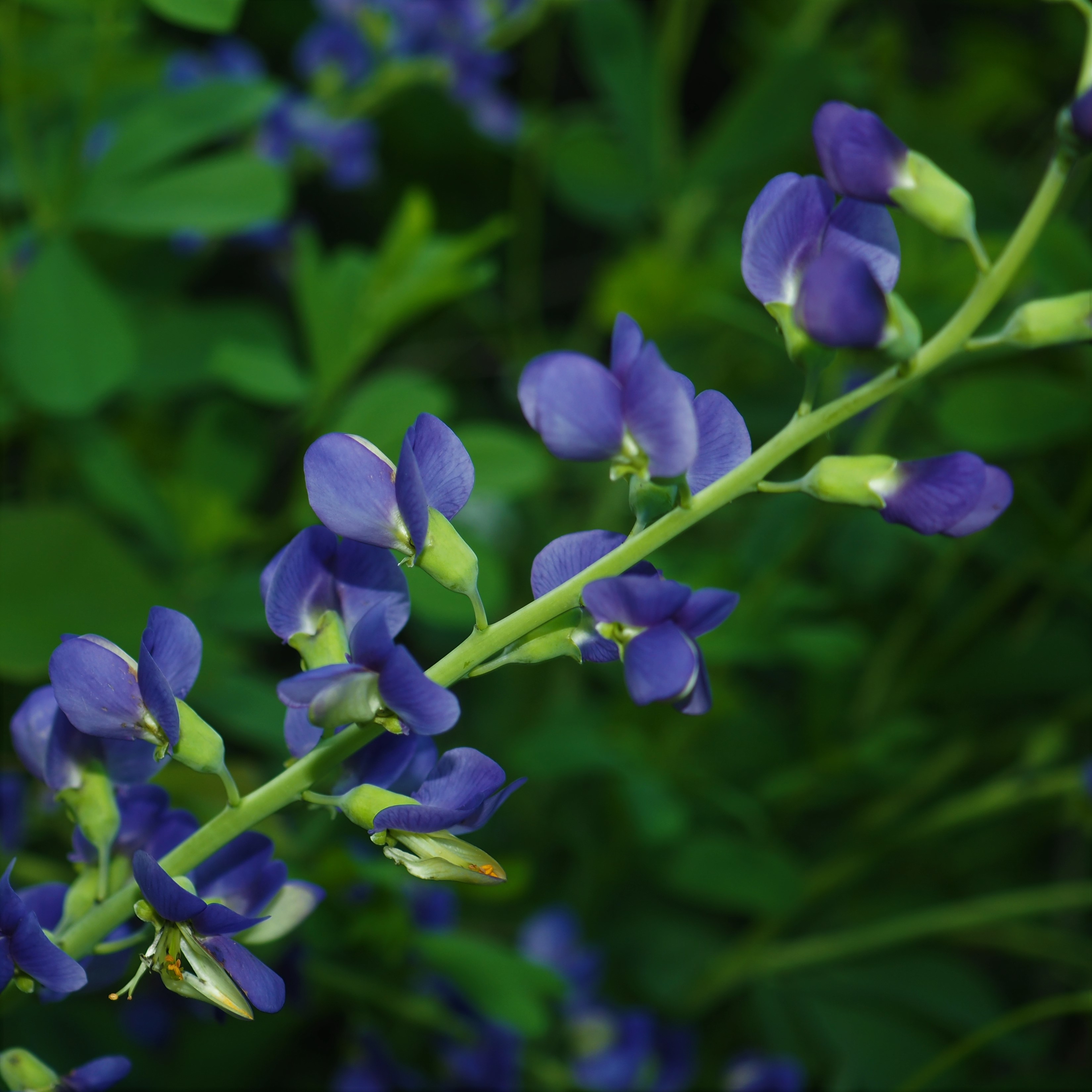
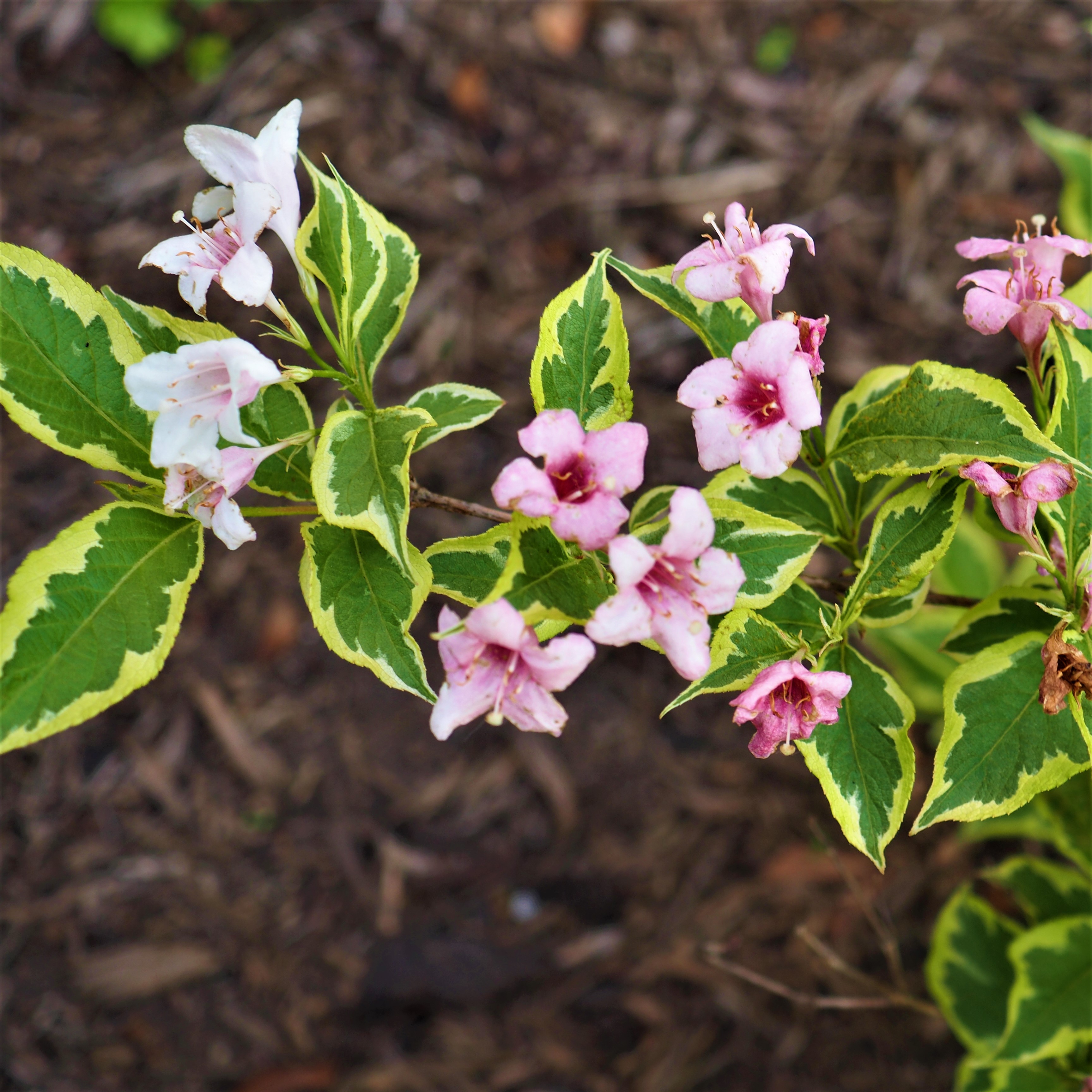

Ready for the Spiders? Here is the smallest one of the week. It's of course a Crab Spider, one of the weensy little ones that hide in plant life lurking for anything else that comes to visit. Next is also a Crab Spider, but this one is one of the larger ones, called a Ground Crab Spider, genus Xysticus - you can spot it from several yards away. And you are allowed to joke about its common name once or twice. Third is - guess - another Crab Spider, but this one is genus Bassaniana. You can spot a Bassaniana by its heart-shaped abdomen.
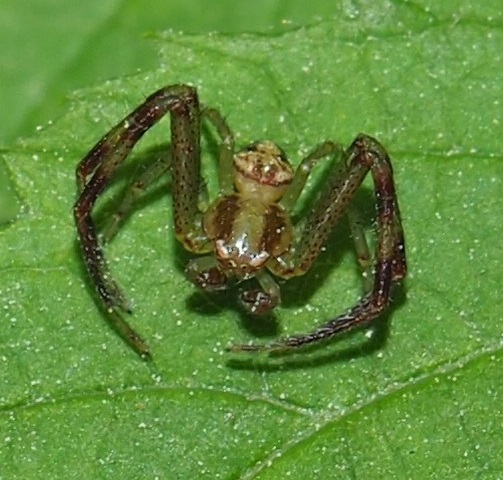
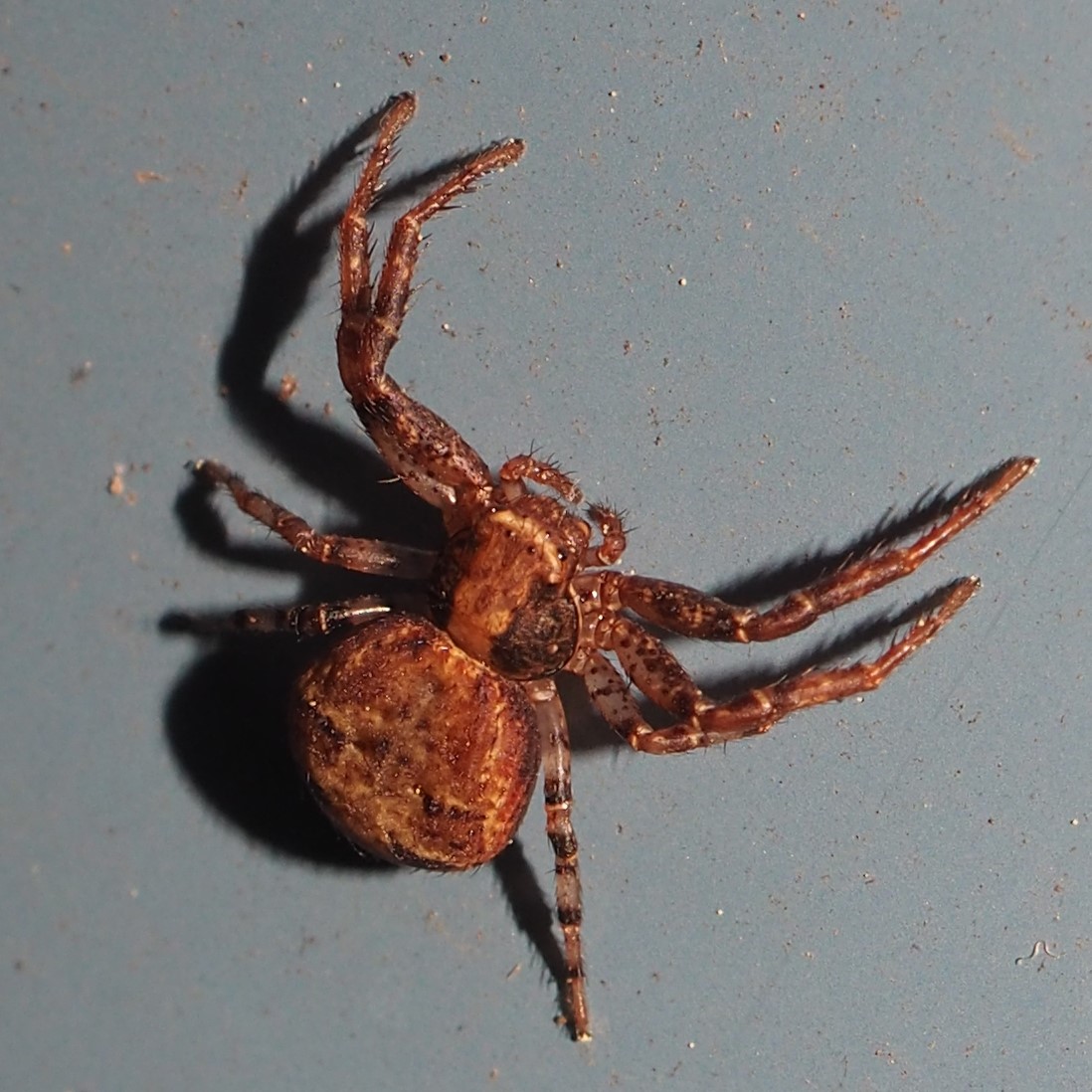
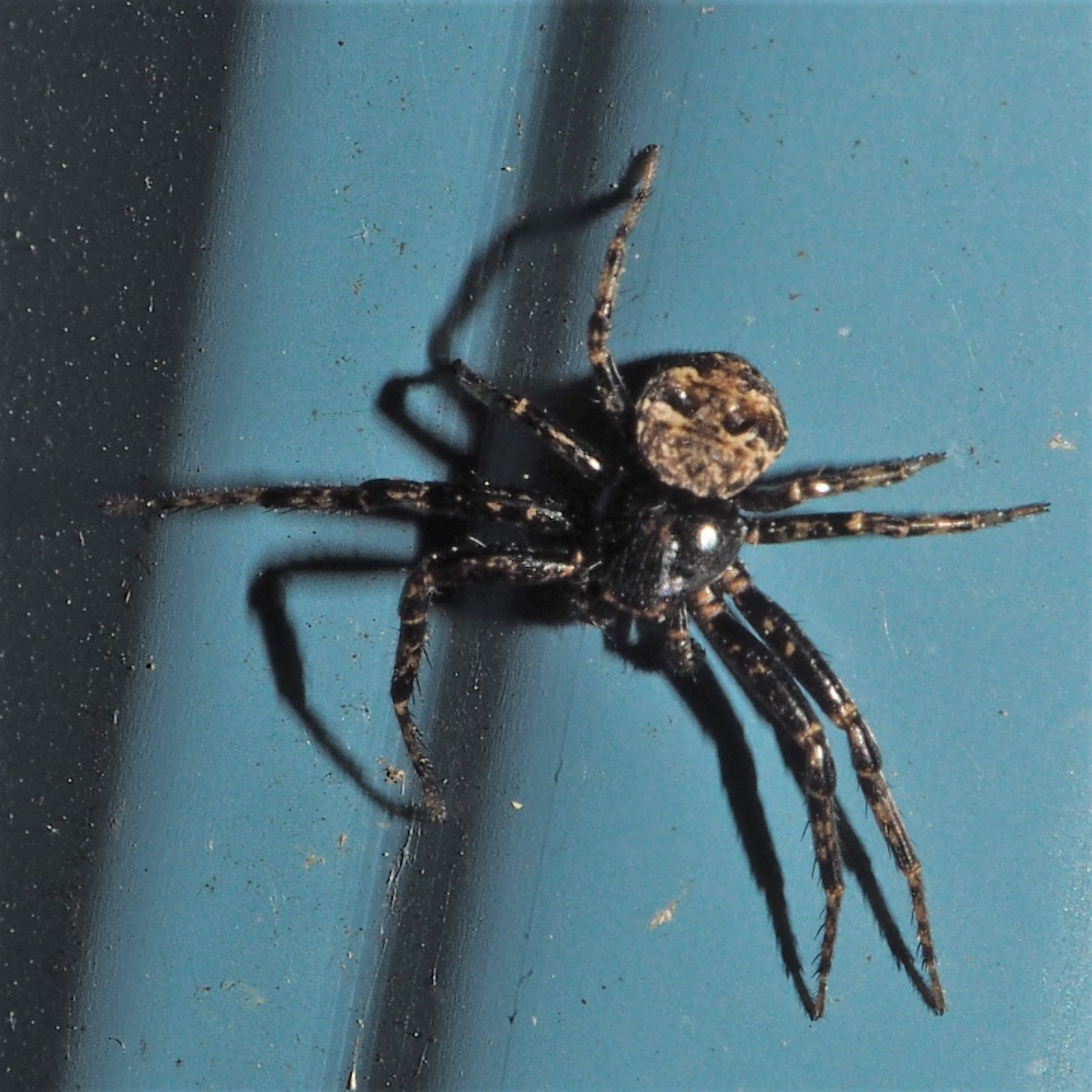
Remember the Common House Spider? Well, it turns out that about now they are old enough for the males to begin their change from the usual to a bright red (pictures 2 and 3).

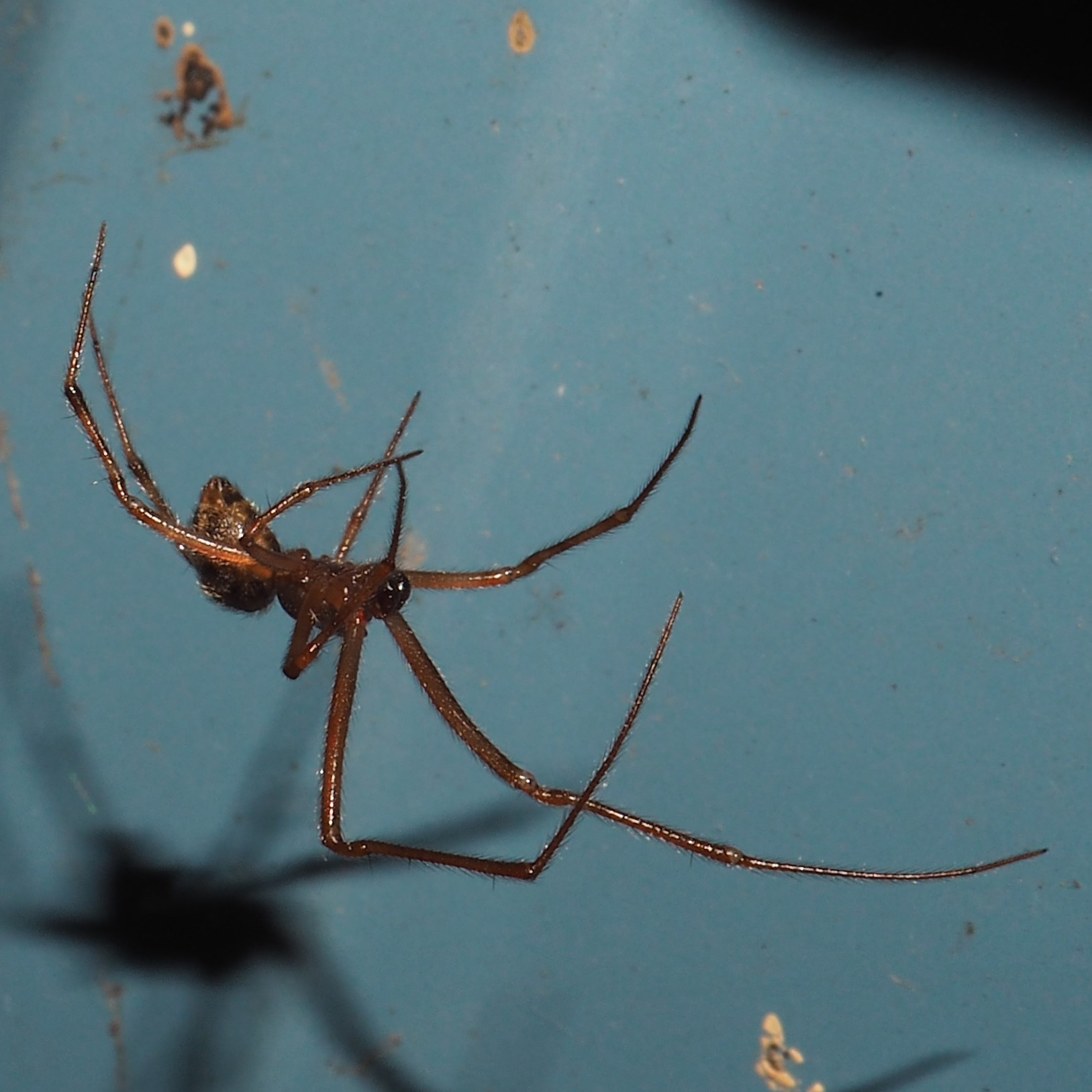
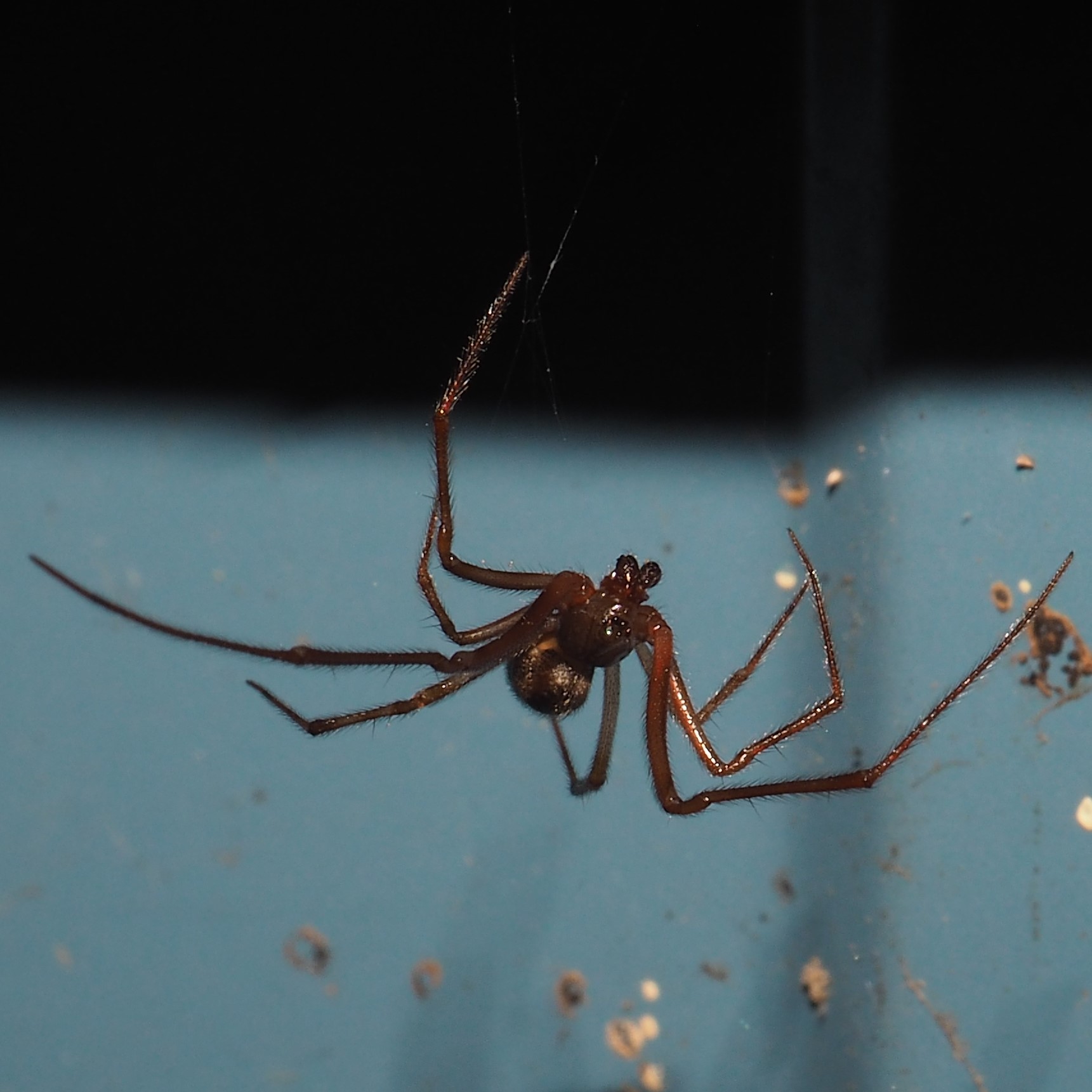
My fave - the uncommon Common Pirate Spider is growing. A little white spider - I never saw one before! Last is what you can see of a Long-jawed Orbweaver - it is mostly hiding behind a leaf - and has so much to hide.
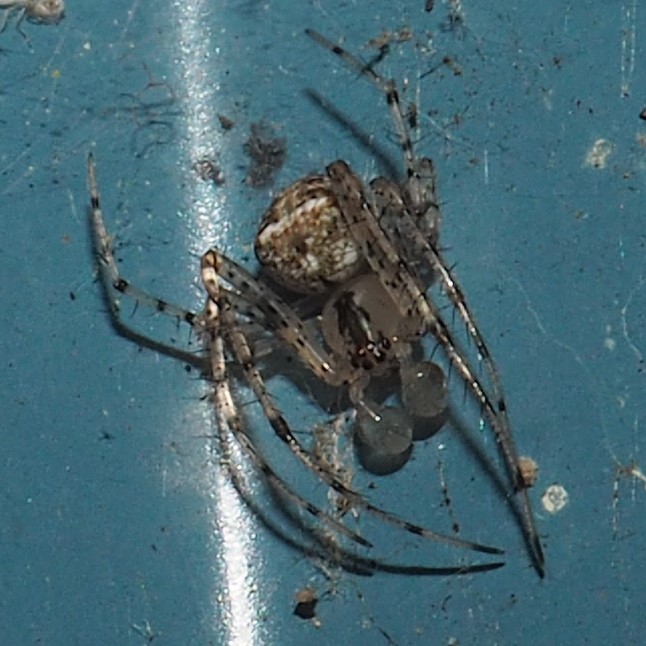
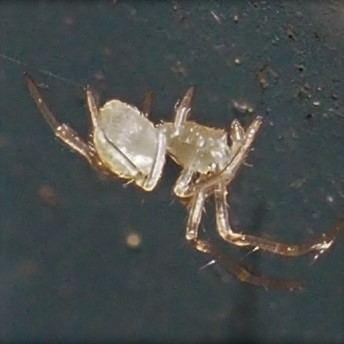
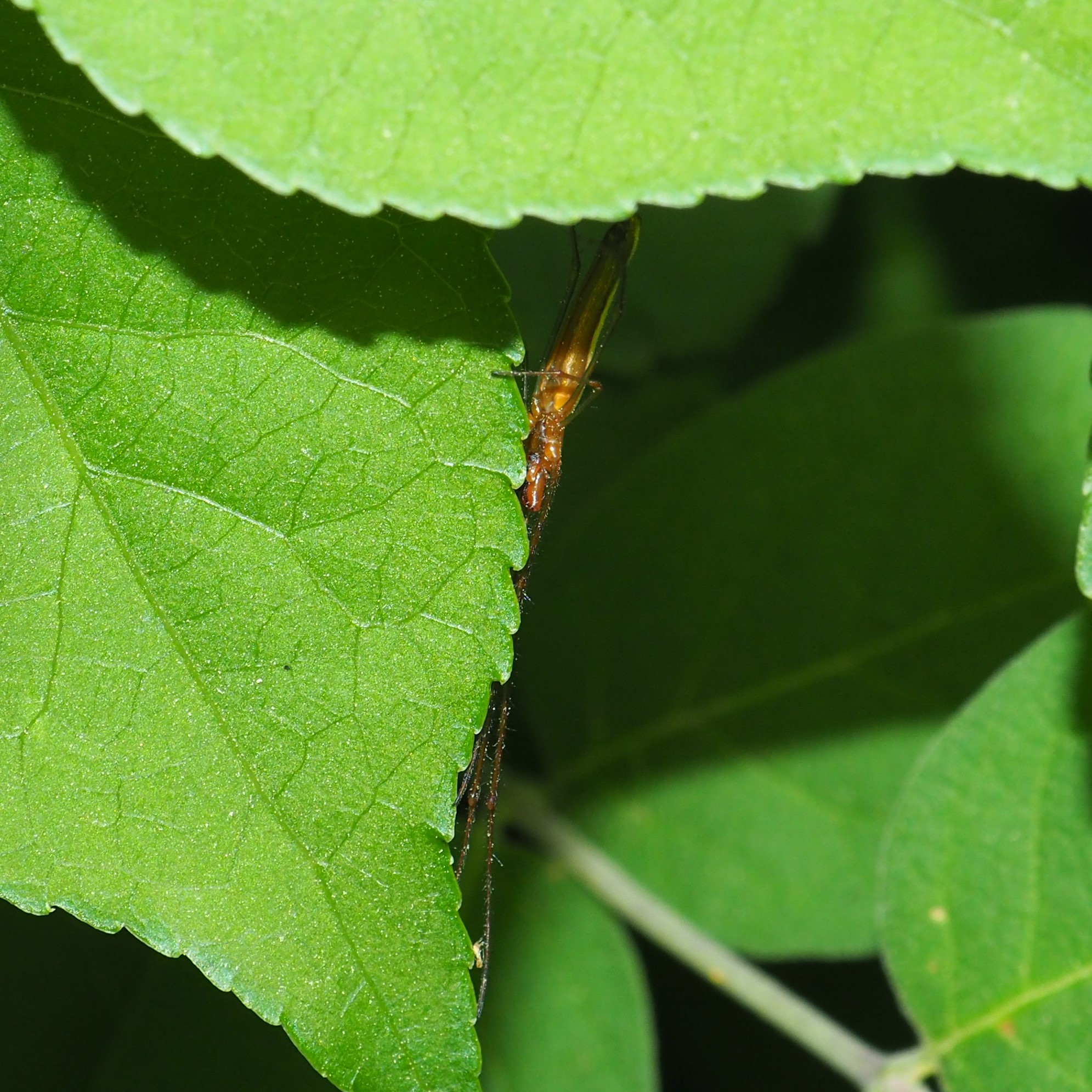
A Jumping Spider lies in wait for prey. Second and third, a Bowl and Doily Spider, not often seen here by me, but yes, now it is. Look what a difference a change of angle makes!
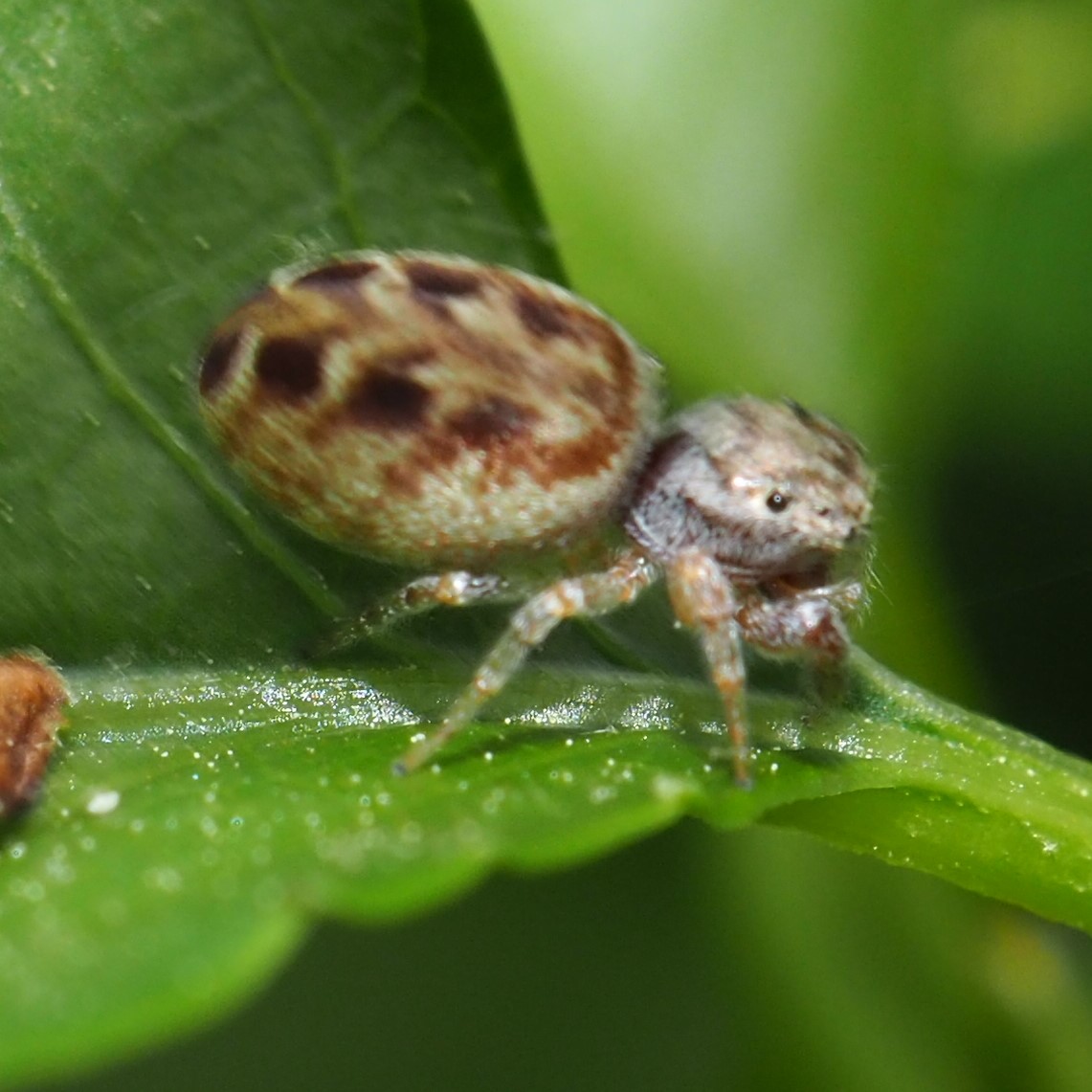
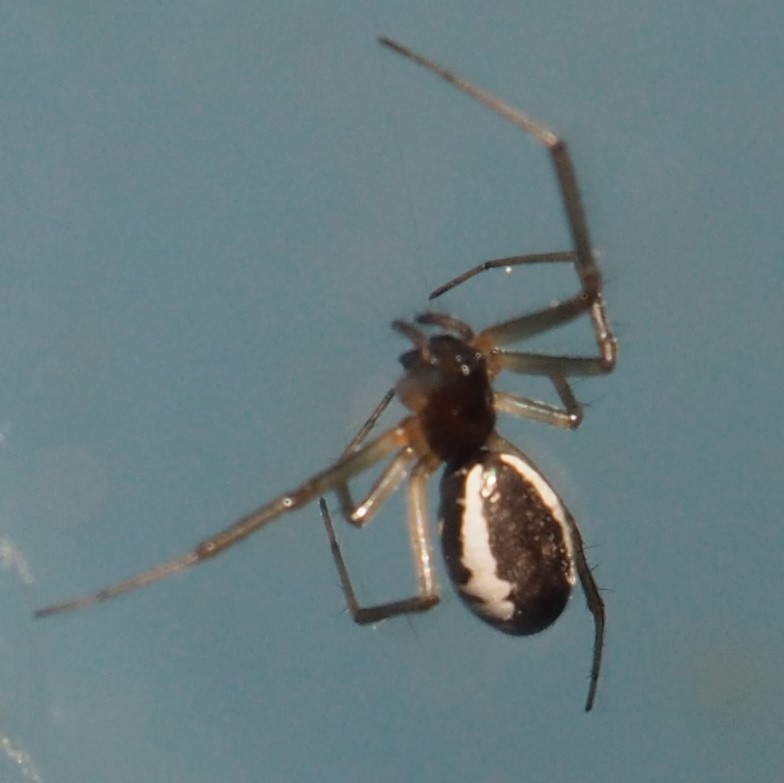
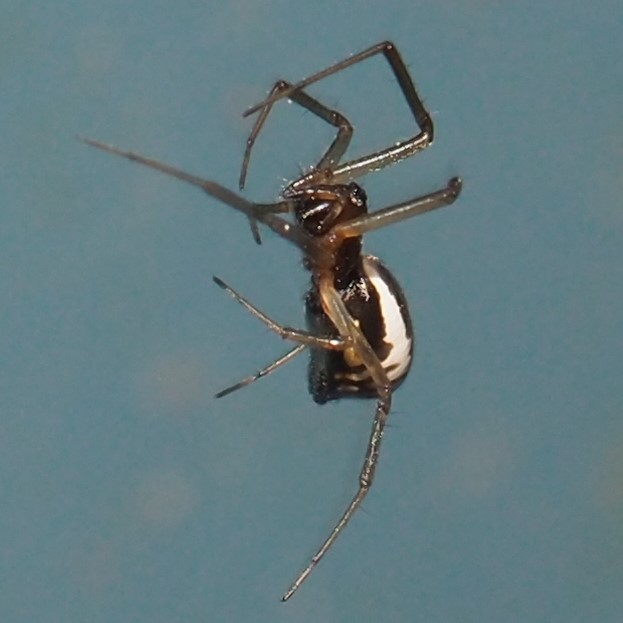
Oh! I almost sent out the Blog without this creature - Honest to gosh, it is called a Gasteruption. Sounds like an exploding stomach. It is related to the Ichneumon Wasps - it has an enormously long abdomen. This picture shows a male - a female might have an ovipositor the length of its abdomen, making it look as if its length was doubled. Some of them are enormously long. Picture 3 shows one of the females from last year. I used to hate my yard's infestation of Goutweed but without it I had never seen a Gasteruption of any sort.
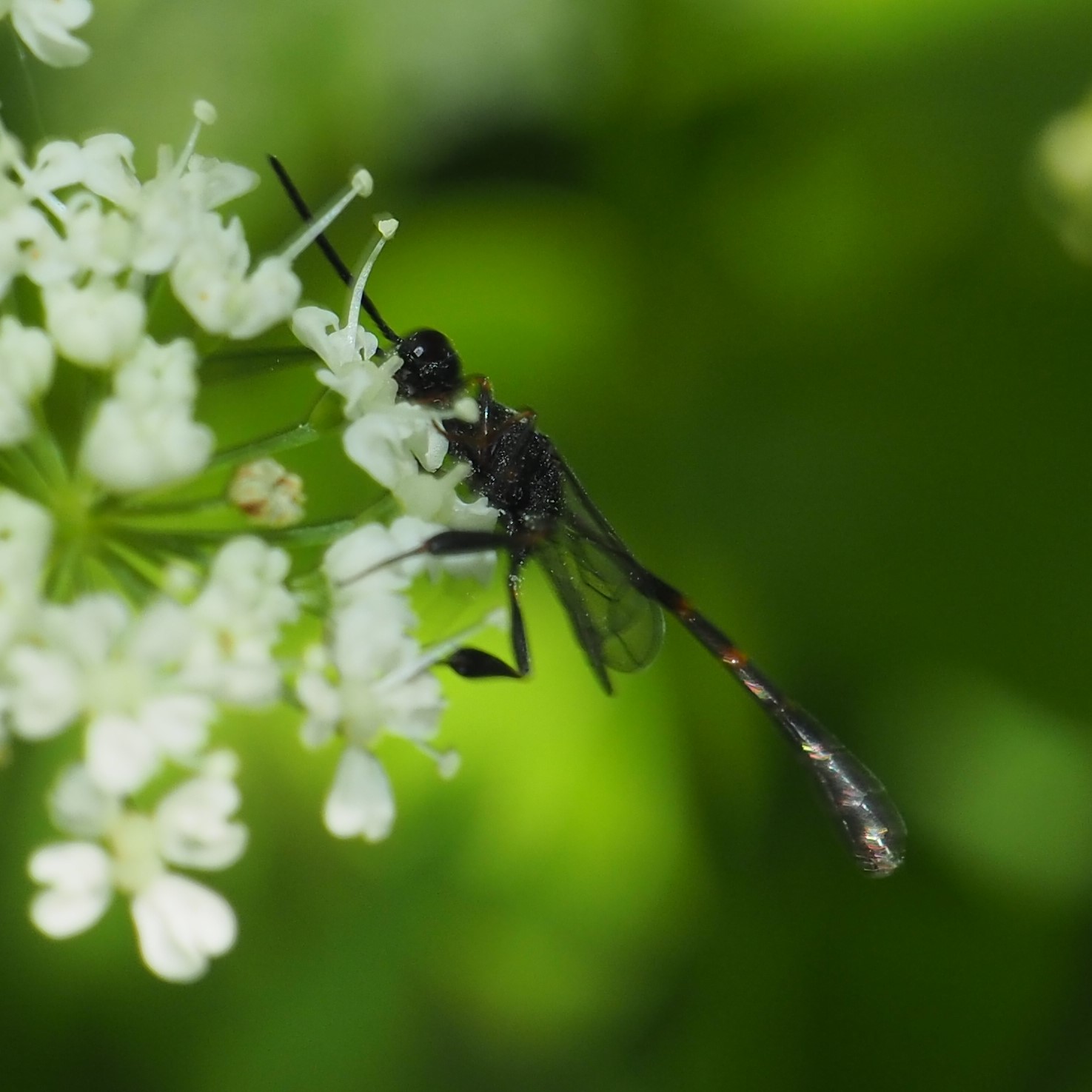
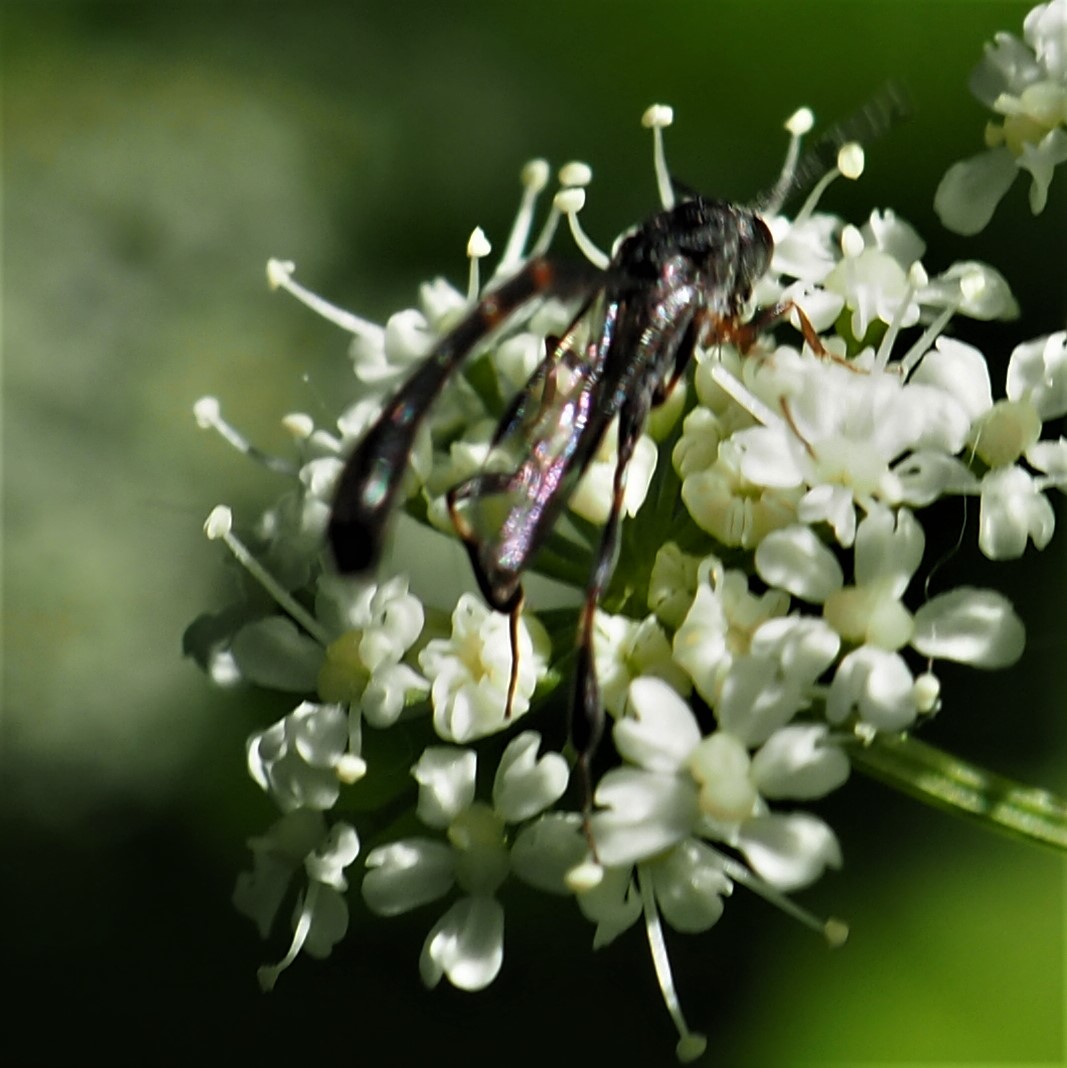
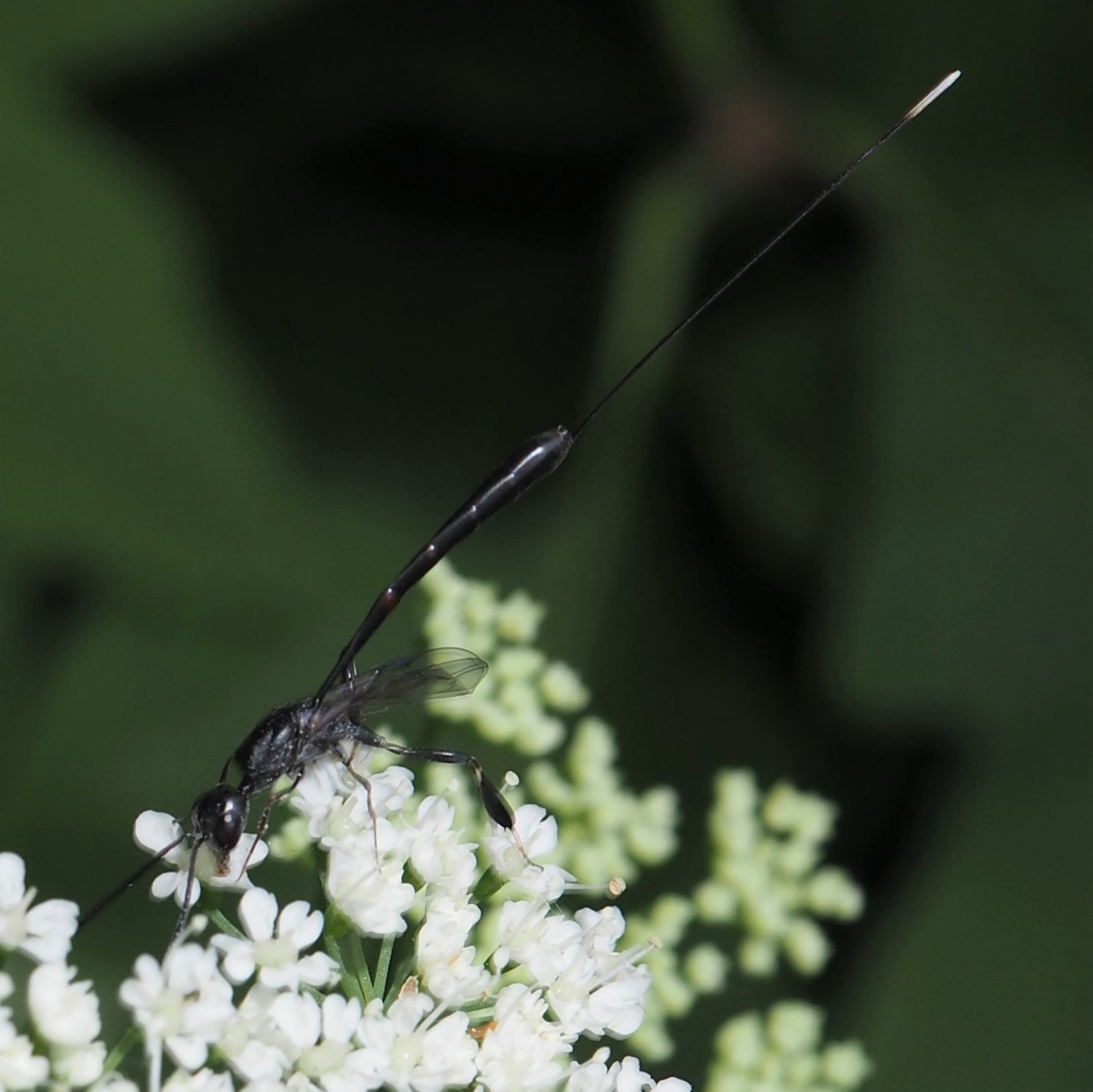
The Wasps love that Goutweed. Here is a little fellow in the Cerceris (Weevil Wasp) genus. Picture 2 shows you the face that is a good indicator of the genus.
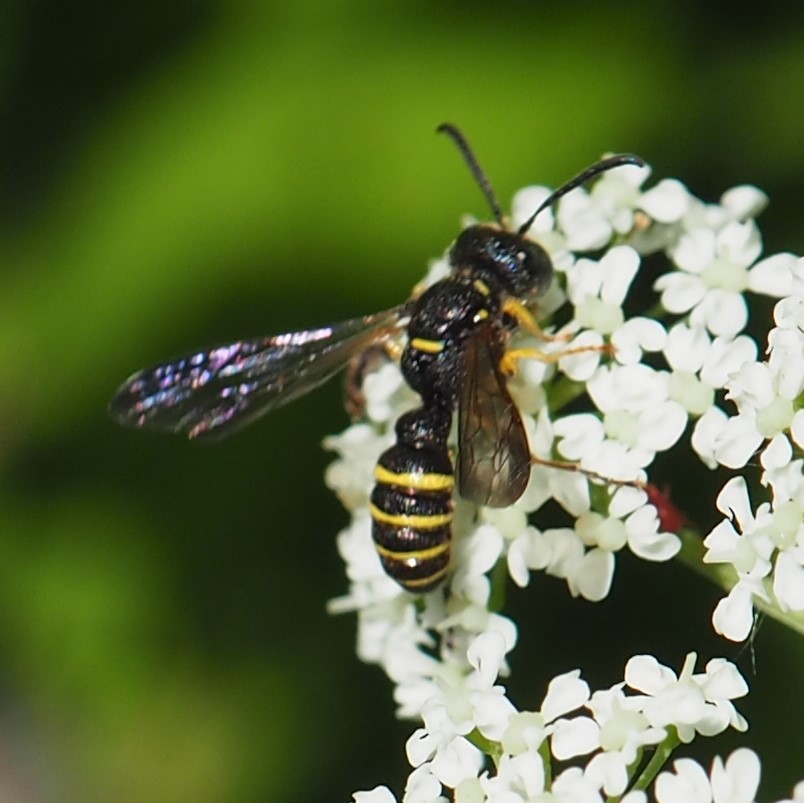
.jpg)
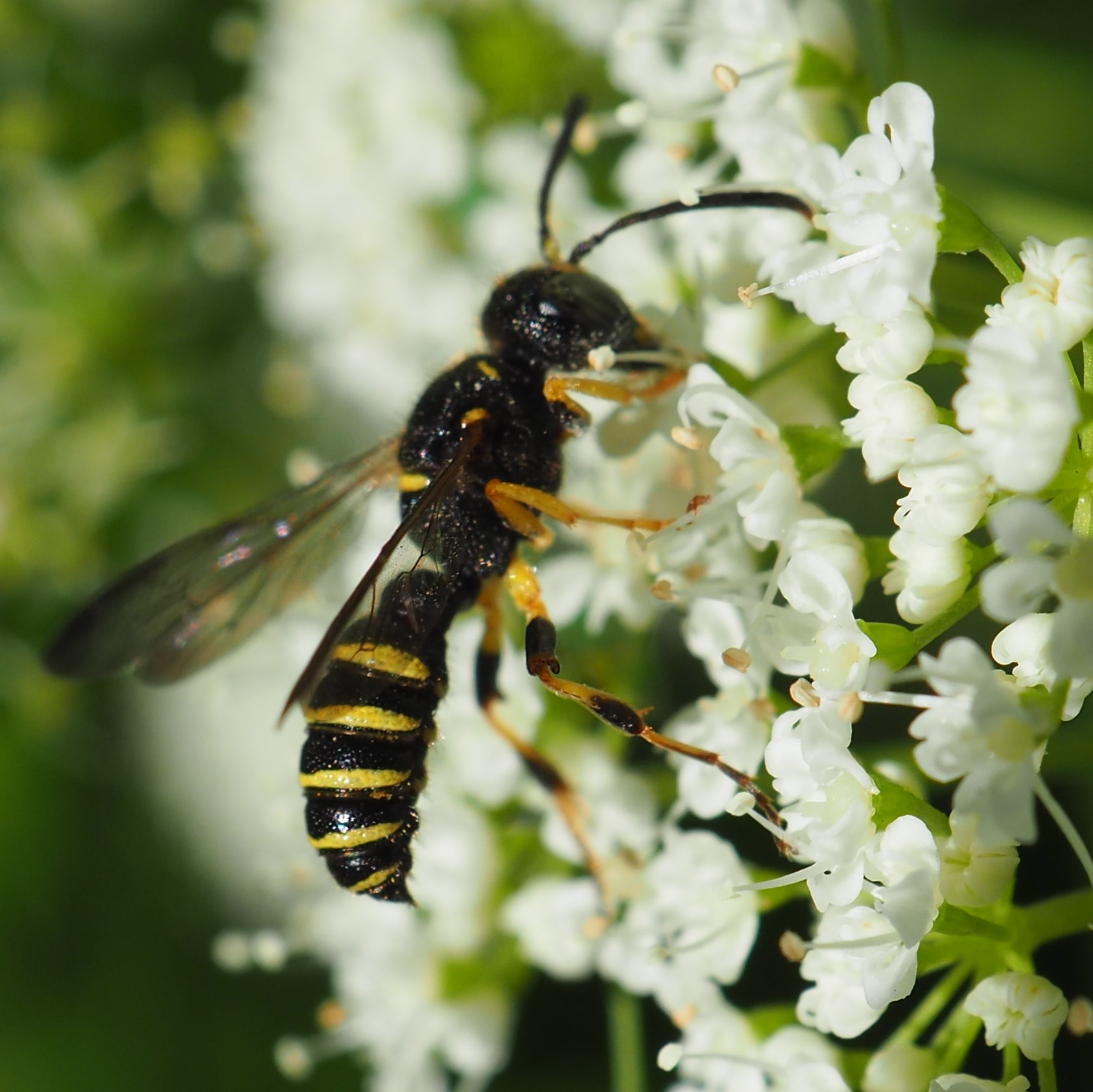
One of my very nicest surprises this spring was to find this lovely wasp on the Goutweed. It's called the Four-toothed Mason Wasps. The way the sun catches the blue of the wings is charming. Picture 2 shows it also enjoying the Snowflower and Picture 3 shows a smaller but pretty Wasp called the Fraternal Potter Wasp (they make little ceramic pots for their young) also on the Snowflower.
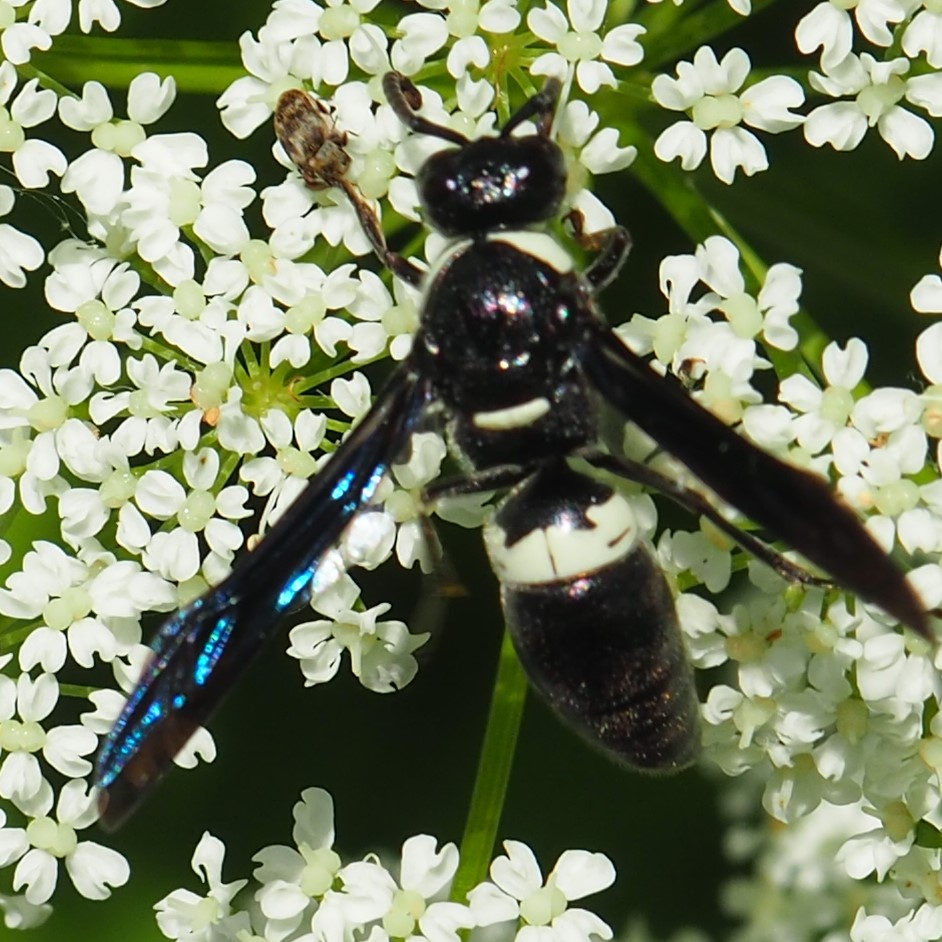
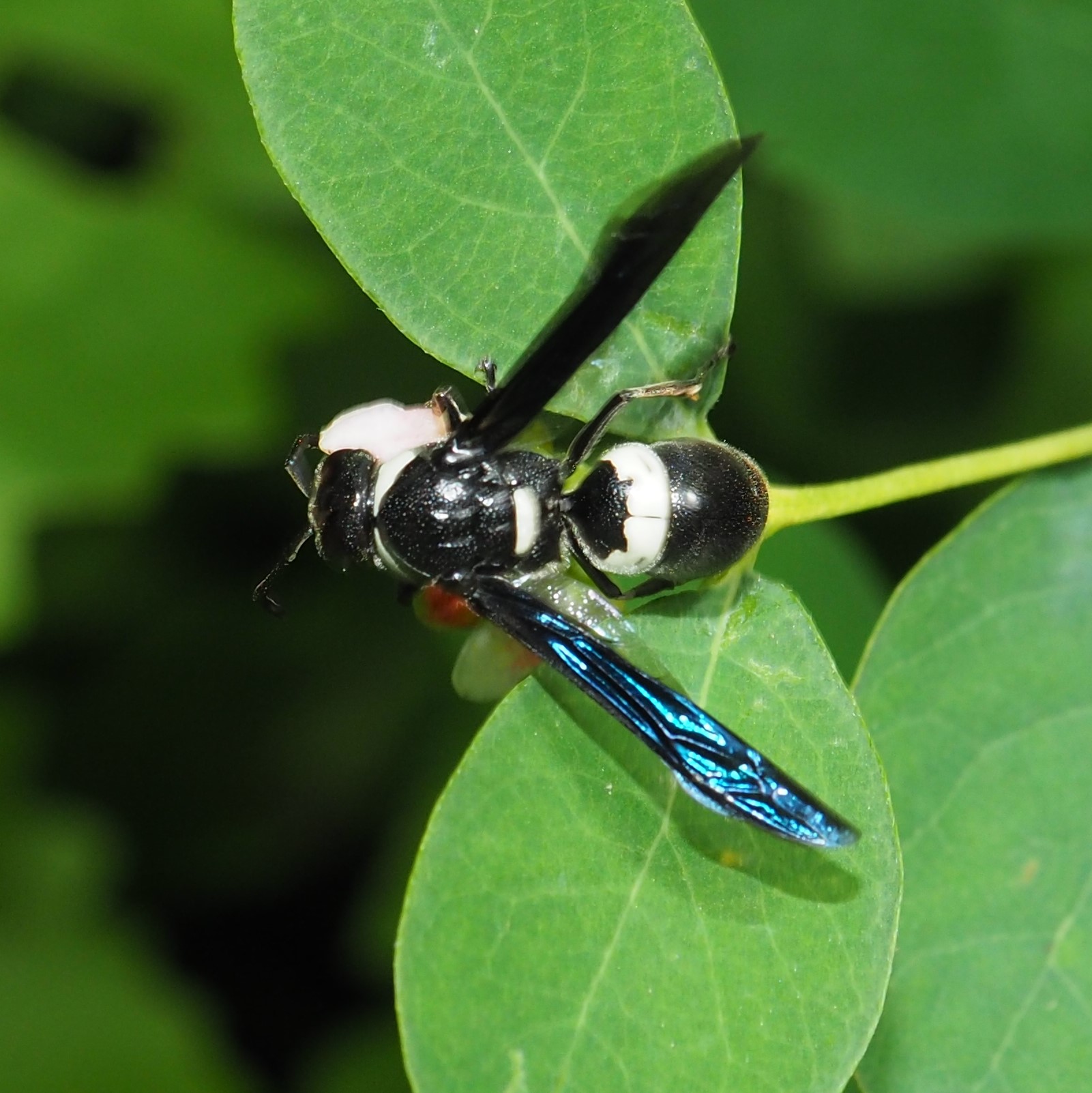
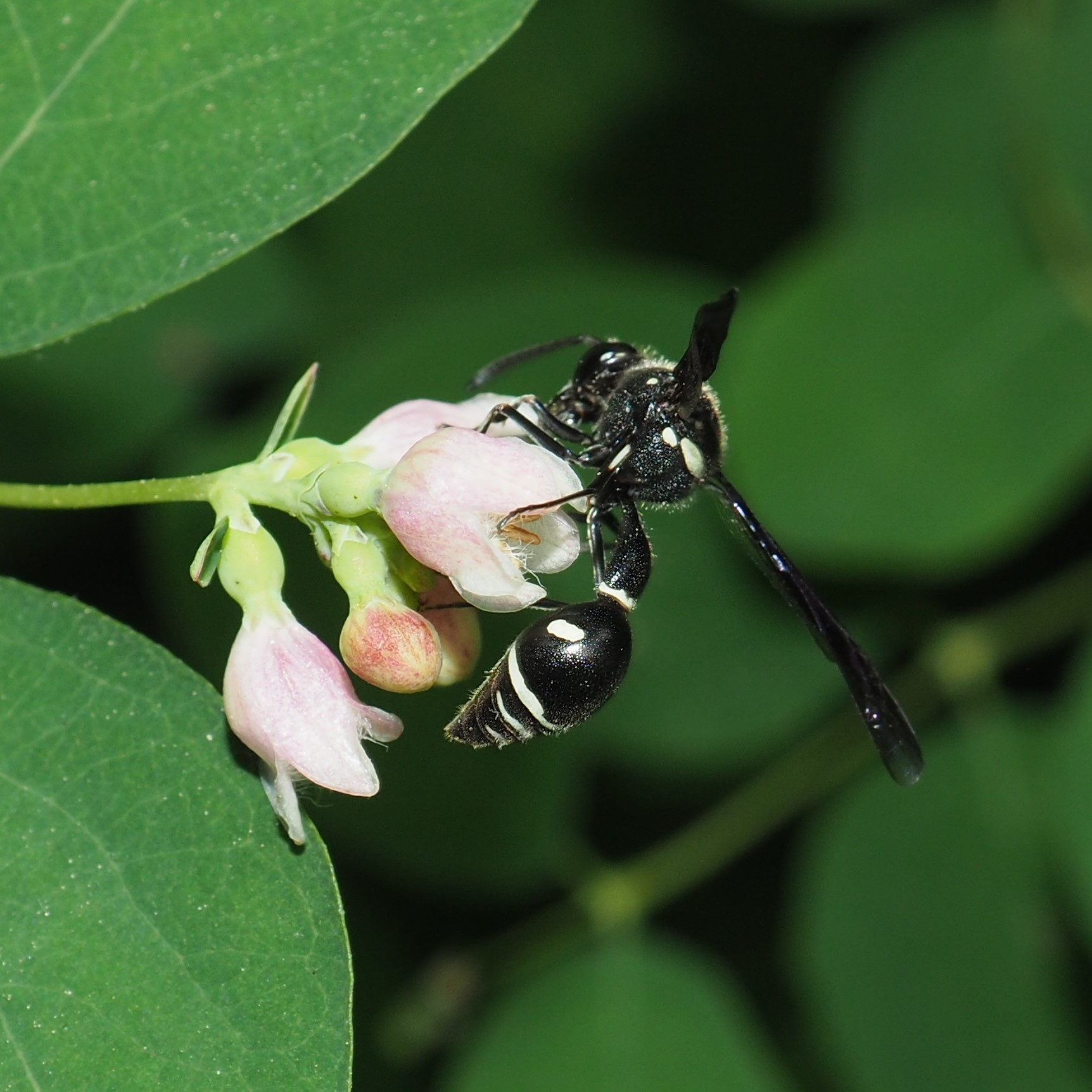
I am not really sure if Picture 1 shows a Bee or a Wasp. Pictures 2 and 3 are two different Ichneumonid Wasps.
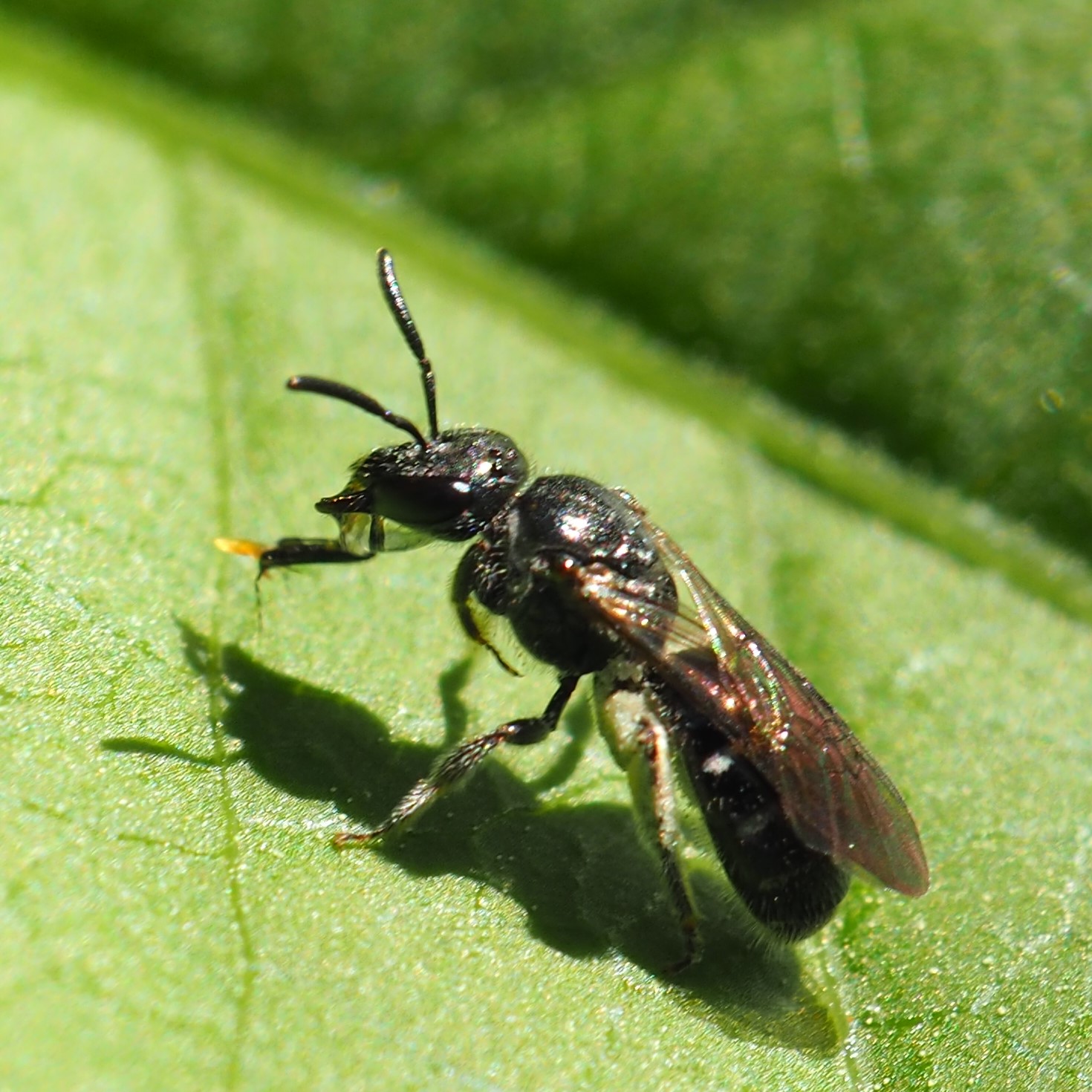
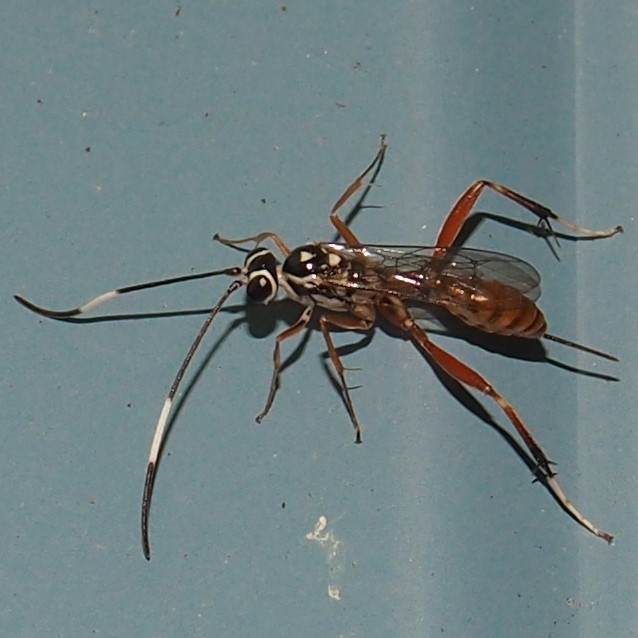

Well, it's the end or the beginning of another week. I hope everyone has a way to enjoy SOMETHING every day while we are in Social Distancing. Something amusing hit me today while at a Zoom meeting. The ladies were talking about needing to get to a hairdresser. But all of a sudden it occurred to me that as long as we are running everything on Zoom, we only need to cut the very front of our hair. I had better go run do that!
Love, Martha
I figure you still aren't tired of watching those fish trying to be fruitful and populate the earth or at least the pond.
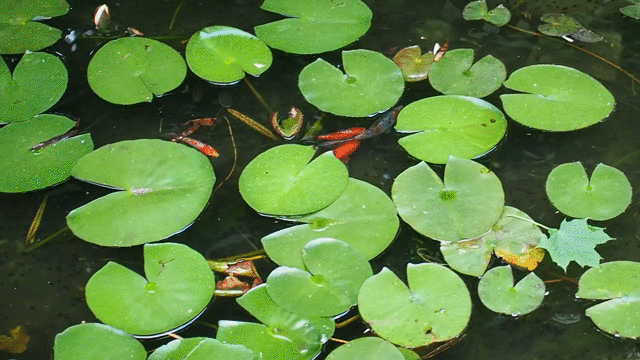
Back to June 7, 2020
Forward to June 21, 2020
Back to main menu
copyright Martha O'Kennon 2020













 6 12 20 1.jpg)



























 6 10 20 1.jpg)


























































































.jpg)







